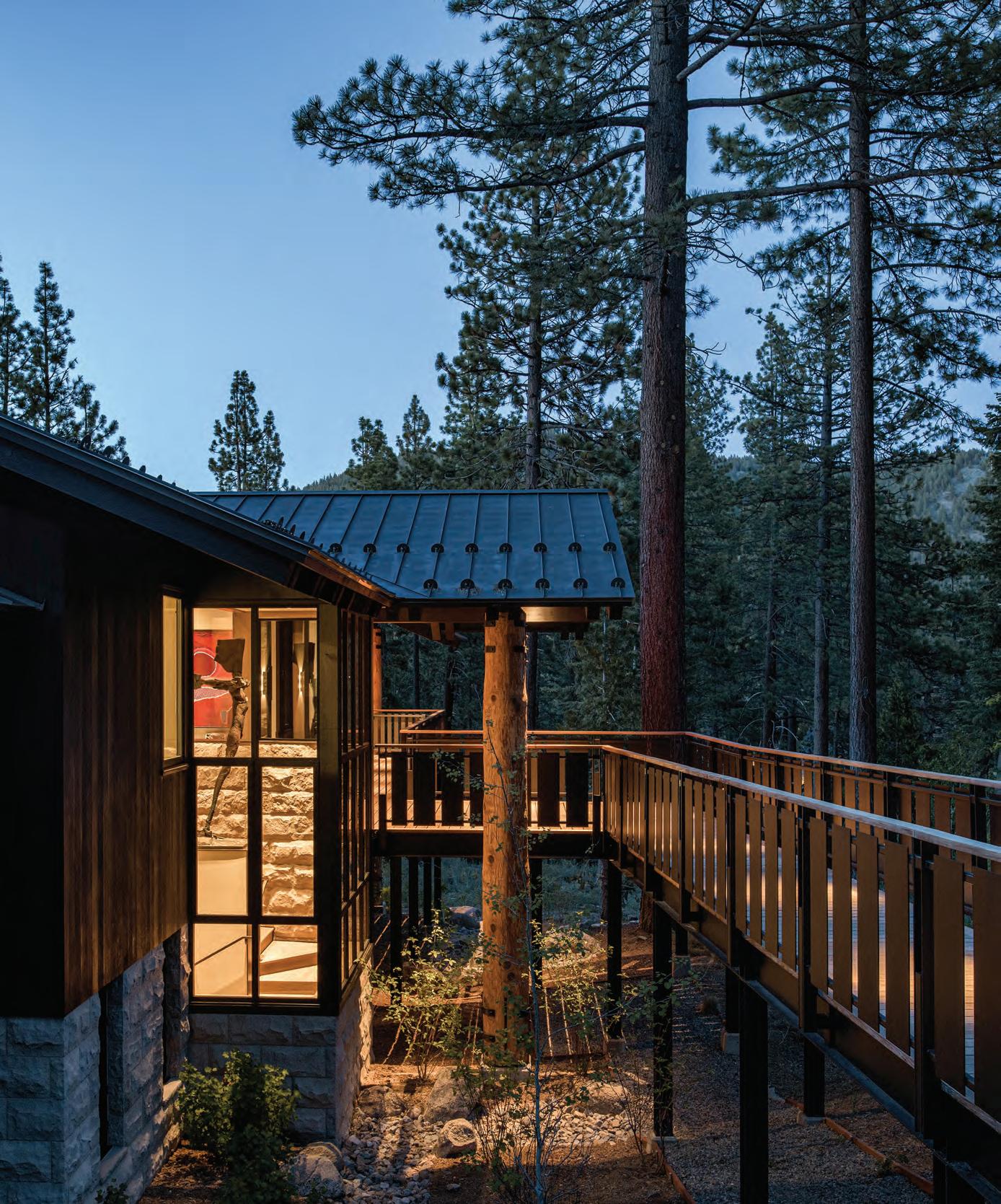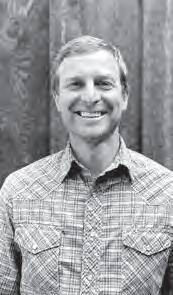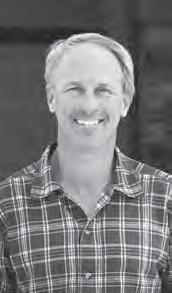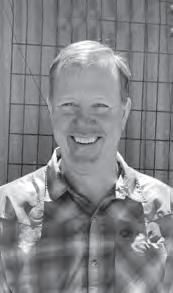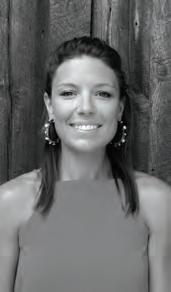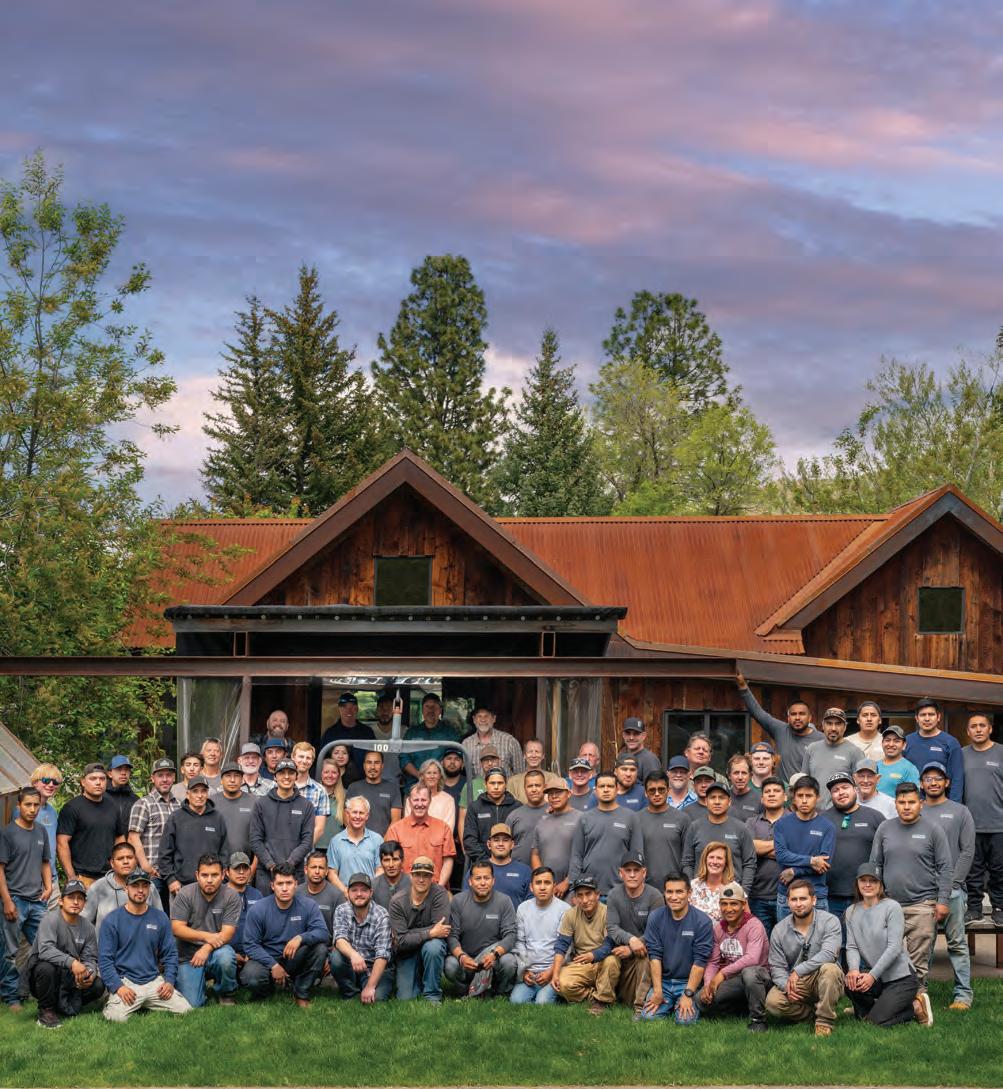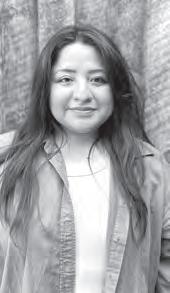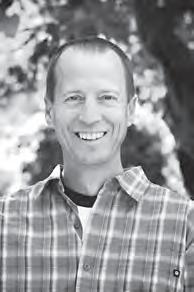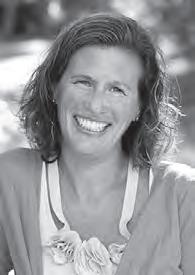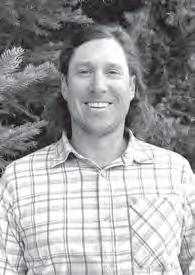







































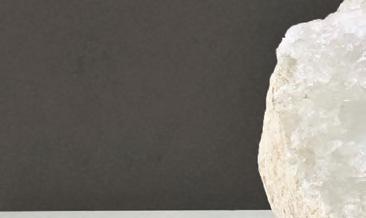





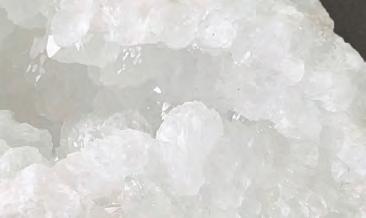


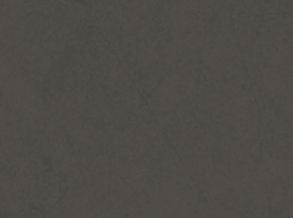






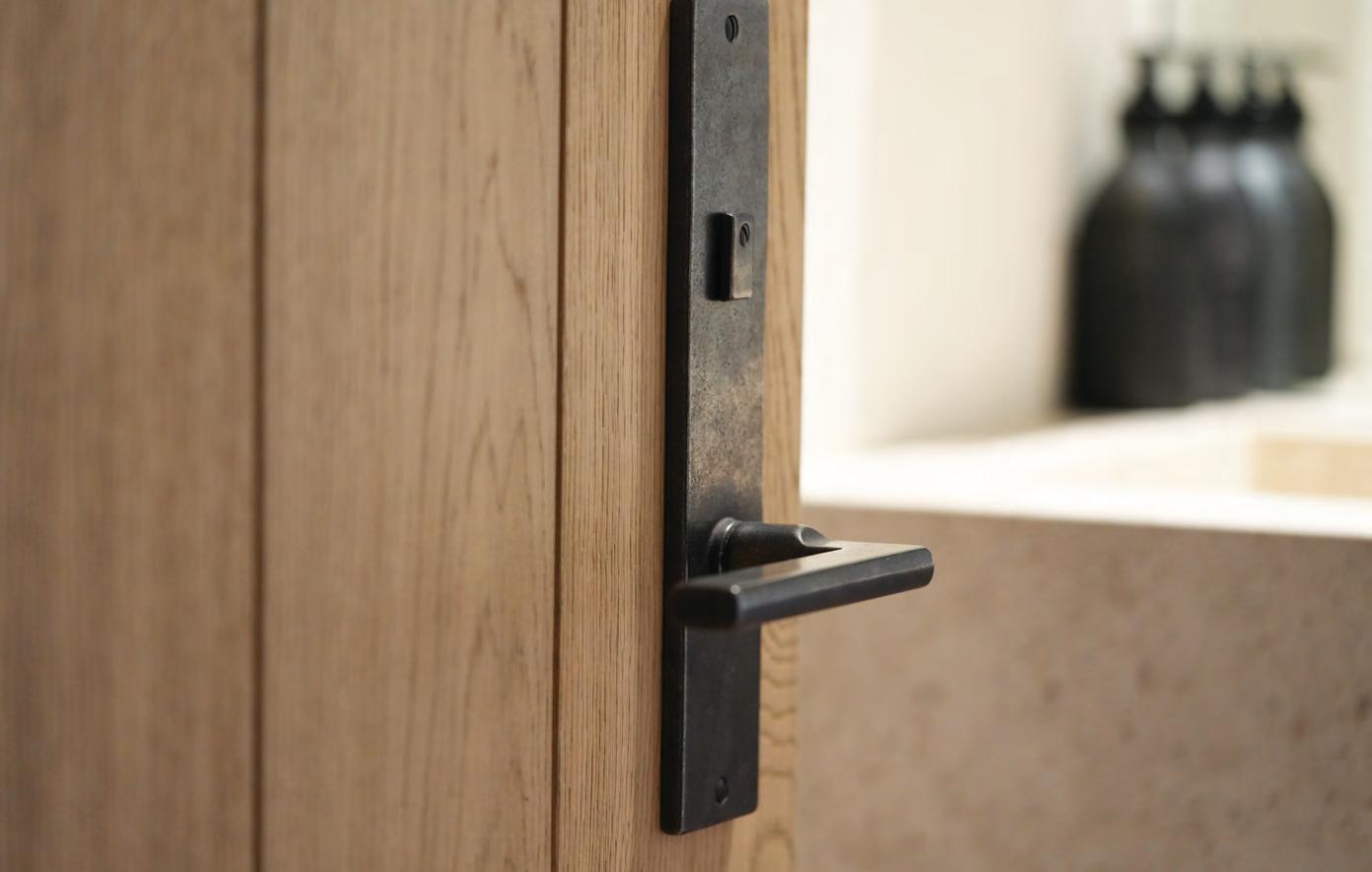




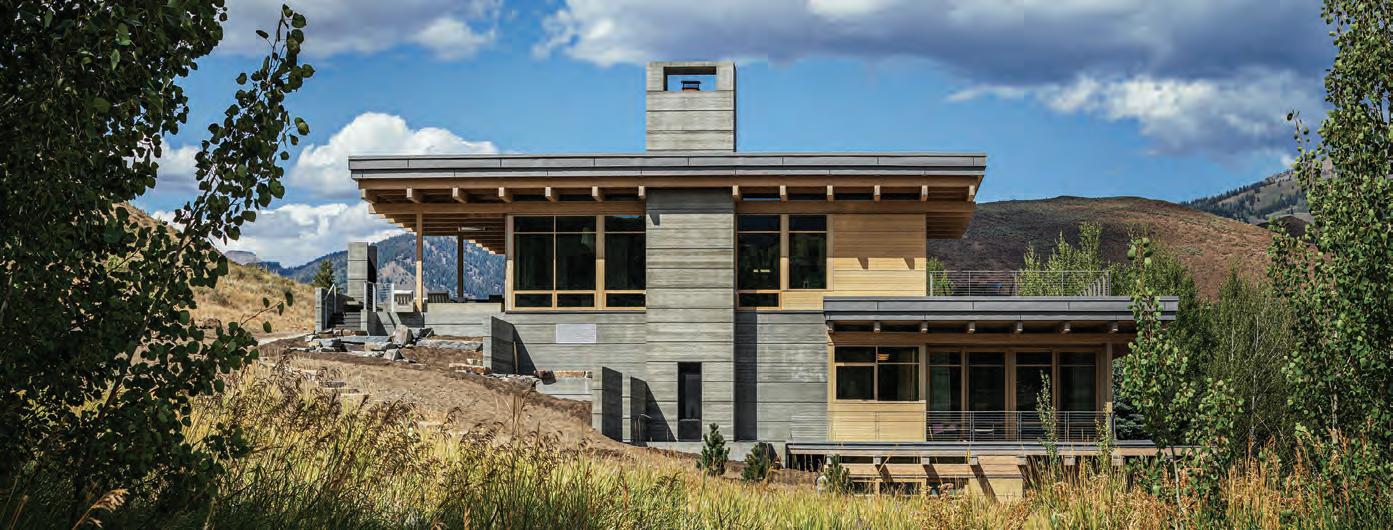
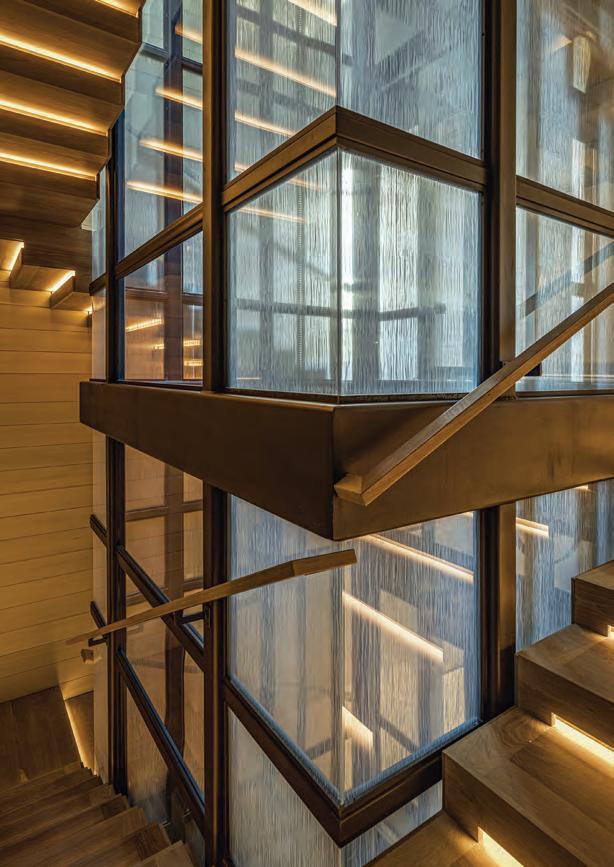
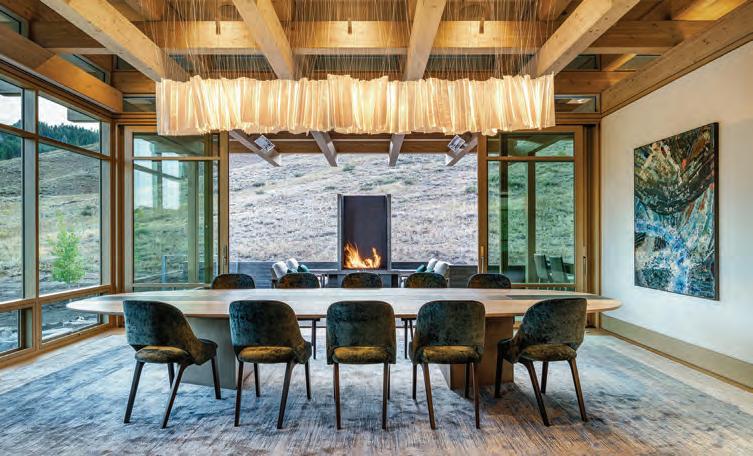





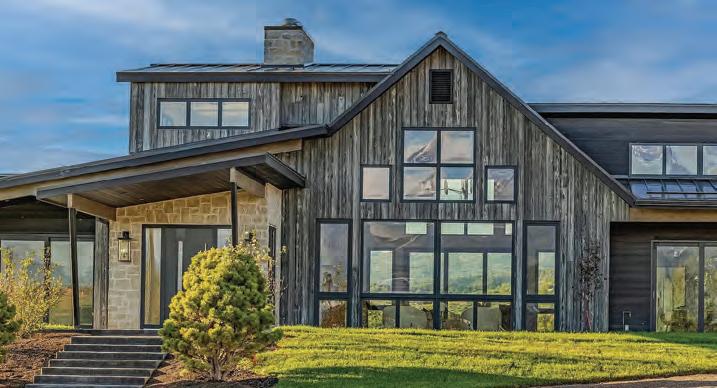
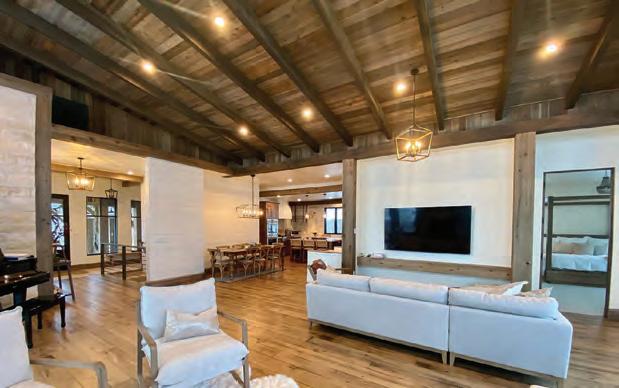



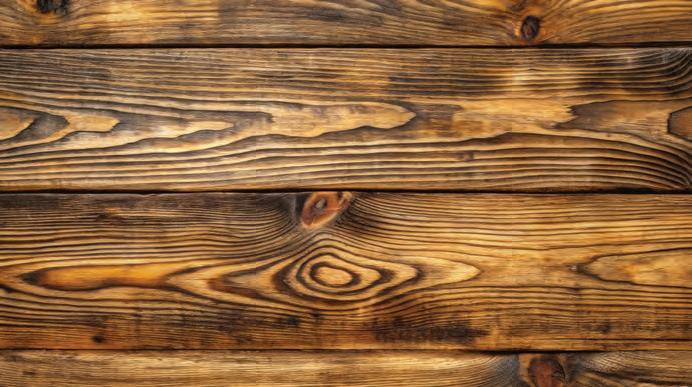

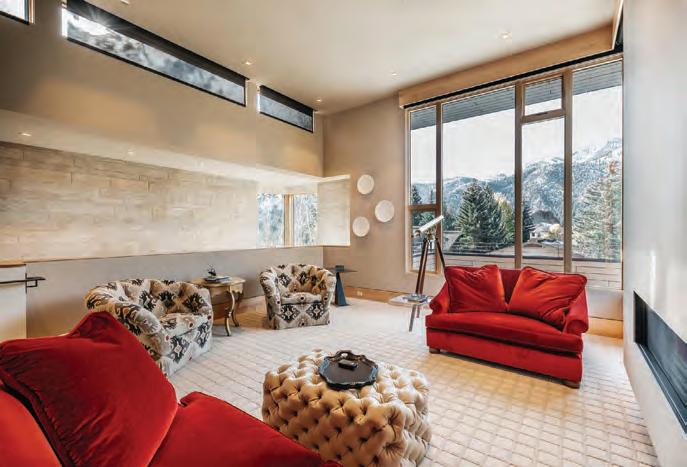
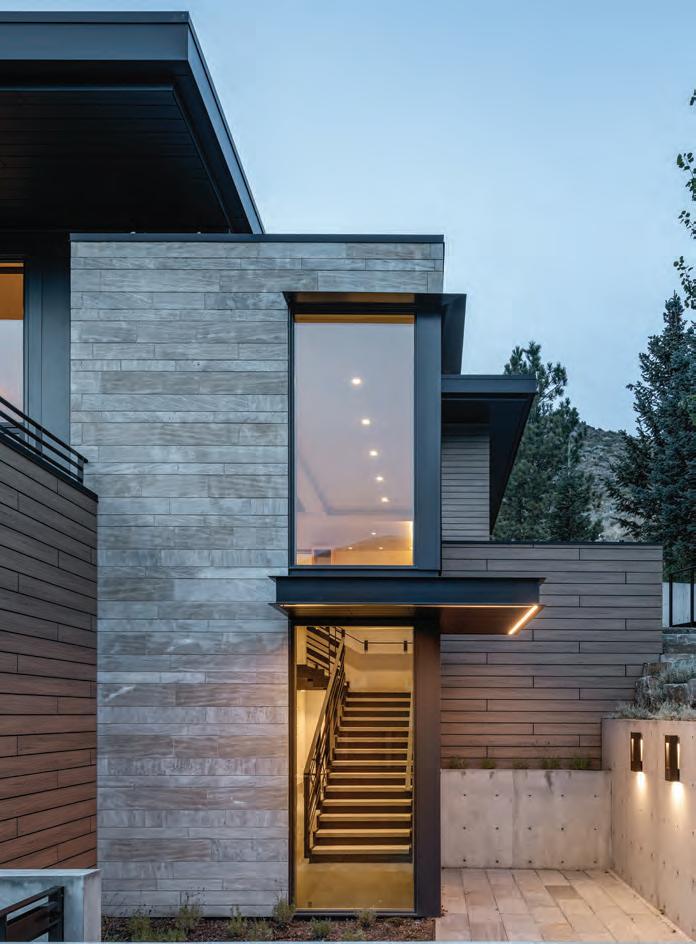
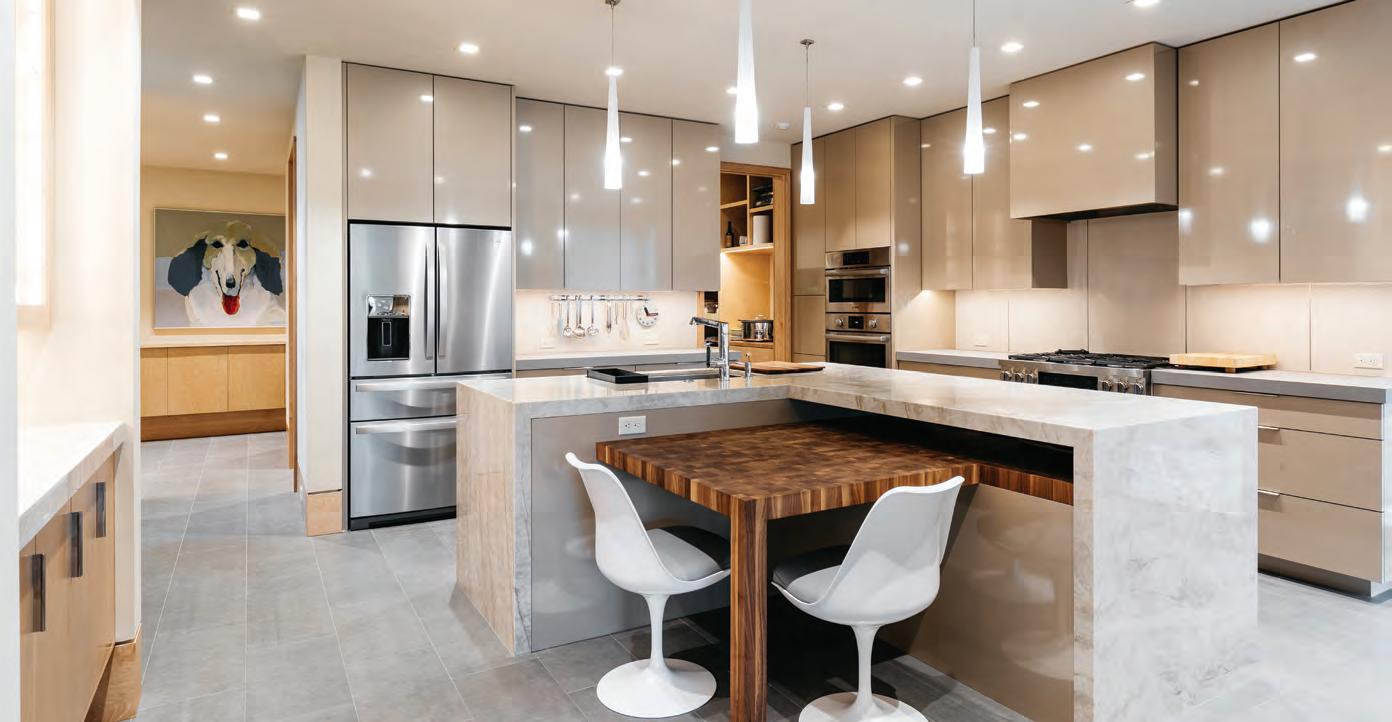
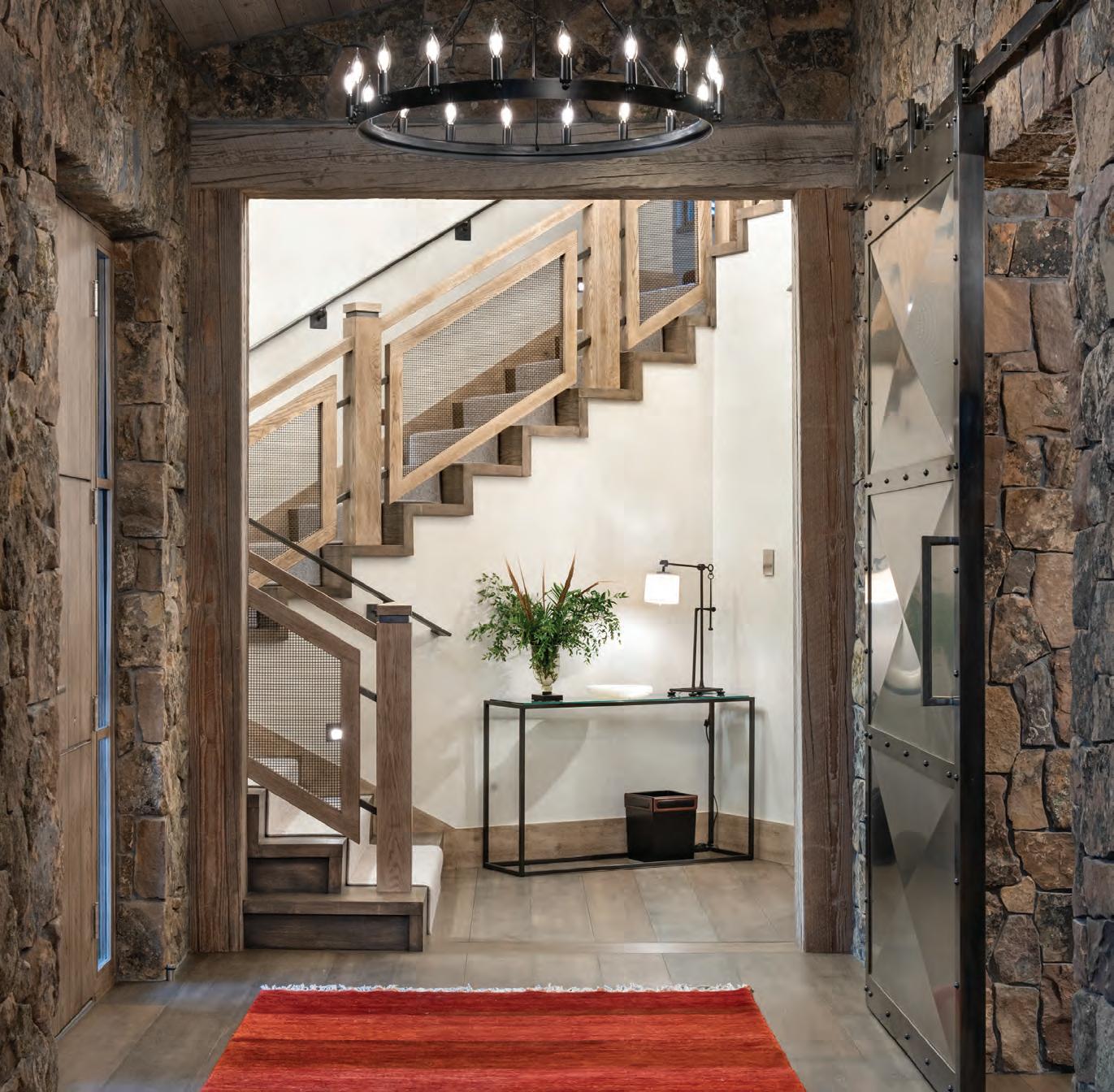


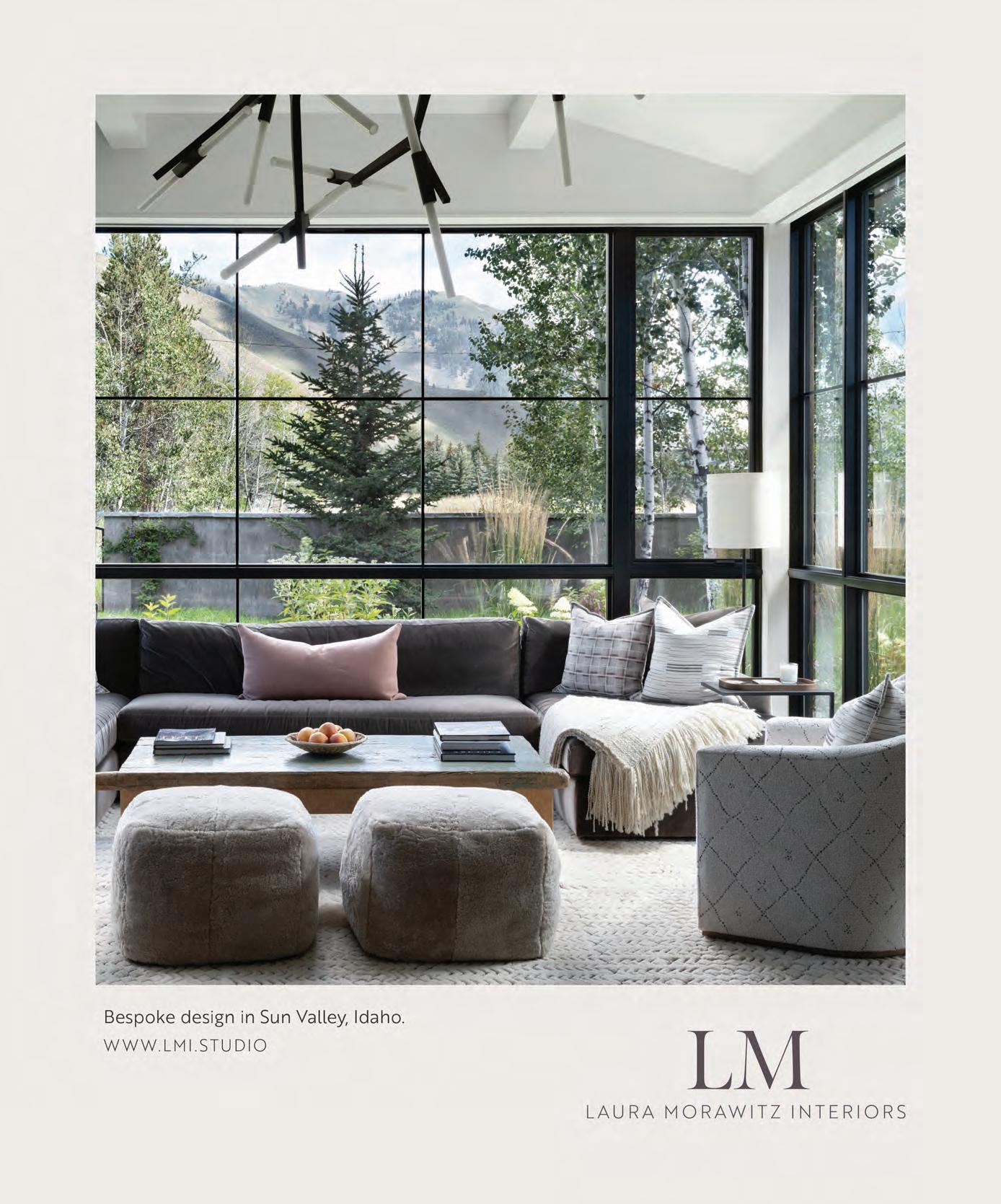

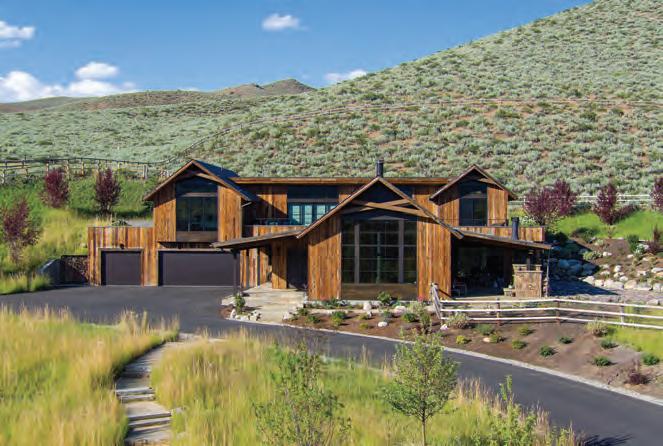

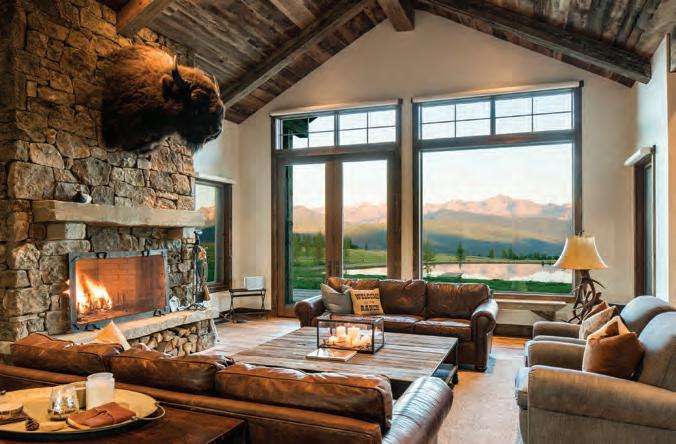


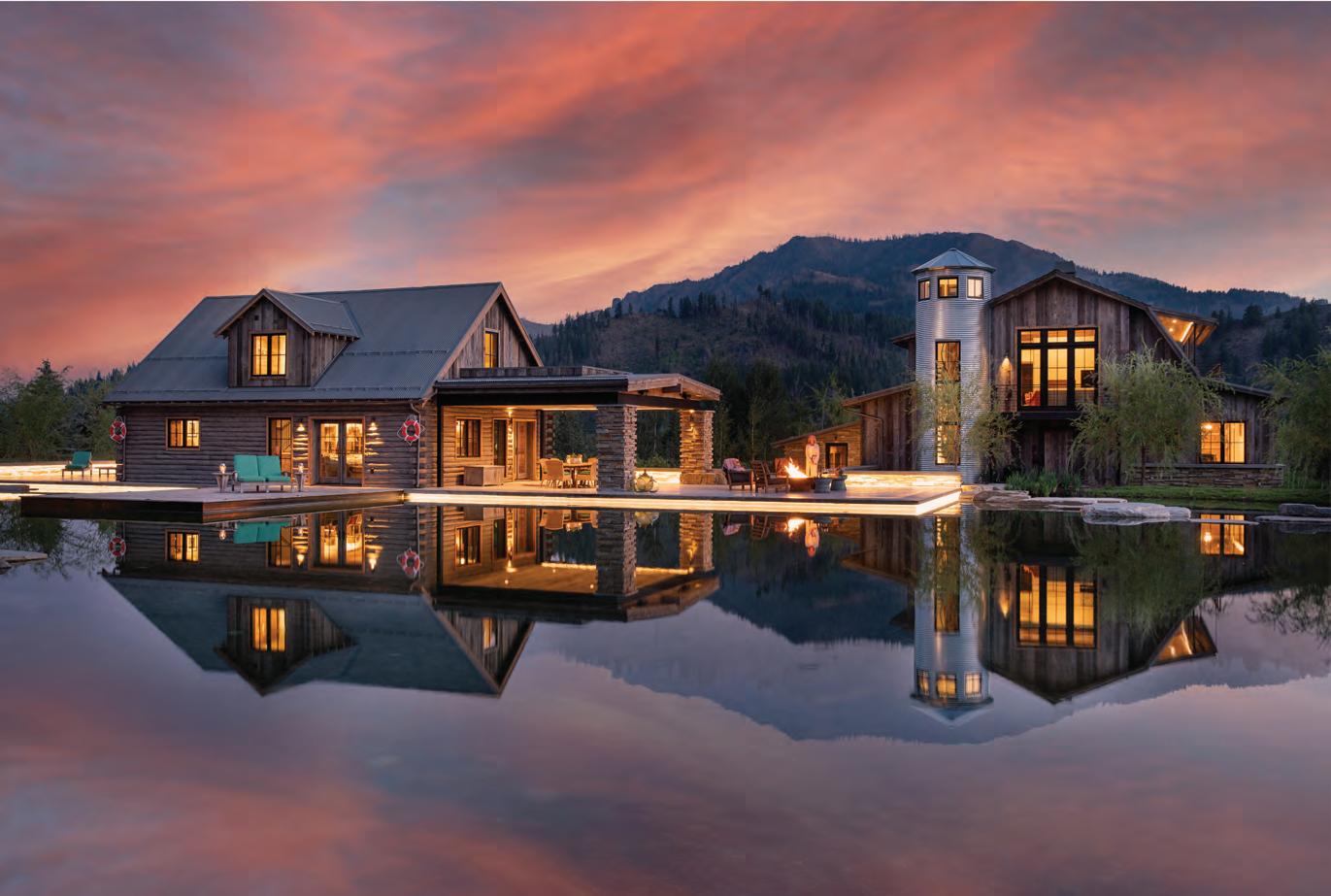




One of our recent projects is featured as a dream home in the Fall 2021 issue of Sun Valley Magazine
PCG is a full-service general contracting design build firm based in Ketchum, Idaho. Specializing in the Remote, Custom Residential, and Ranch markets; we are a great partner to our clients in the responsible development of their properties. Passionate about the land and areas in which we live and recreate — we are committed to
BUFFALO RIXON, AIA
MICHAEL BULLS, AIA
SCOTT HEINER, P.E.
MATT WALKER, P.E.
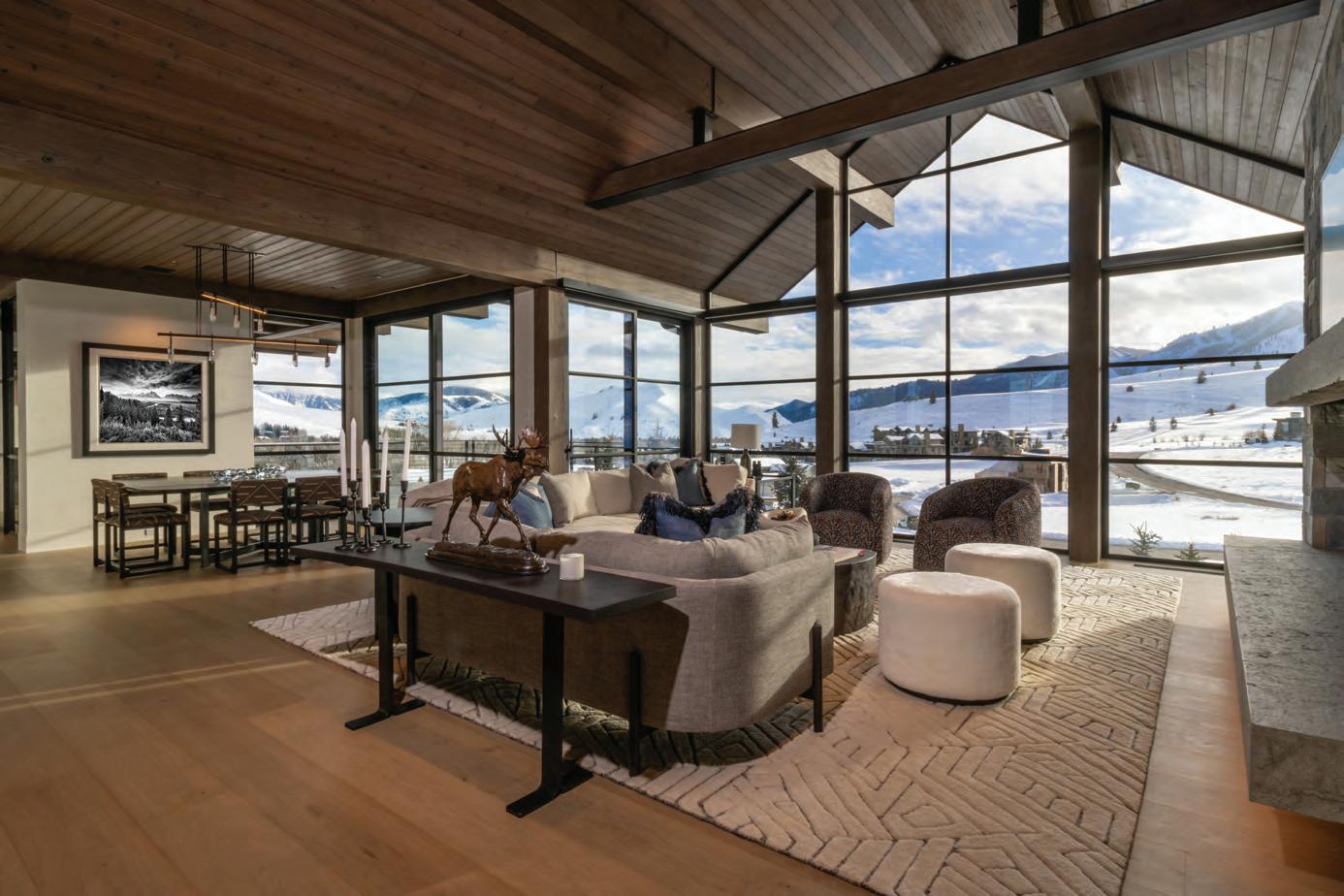
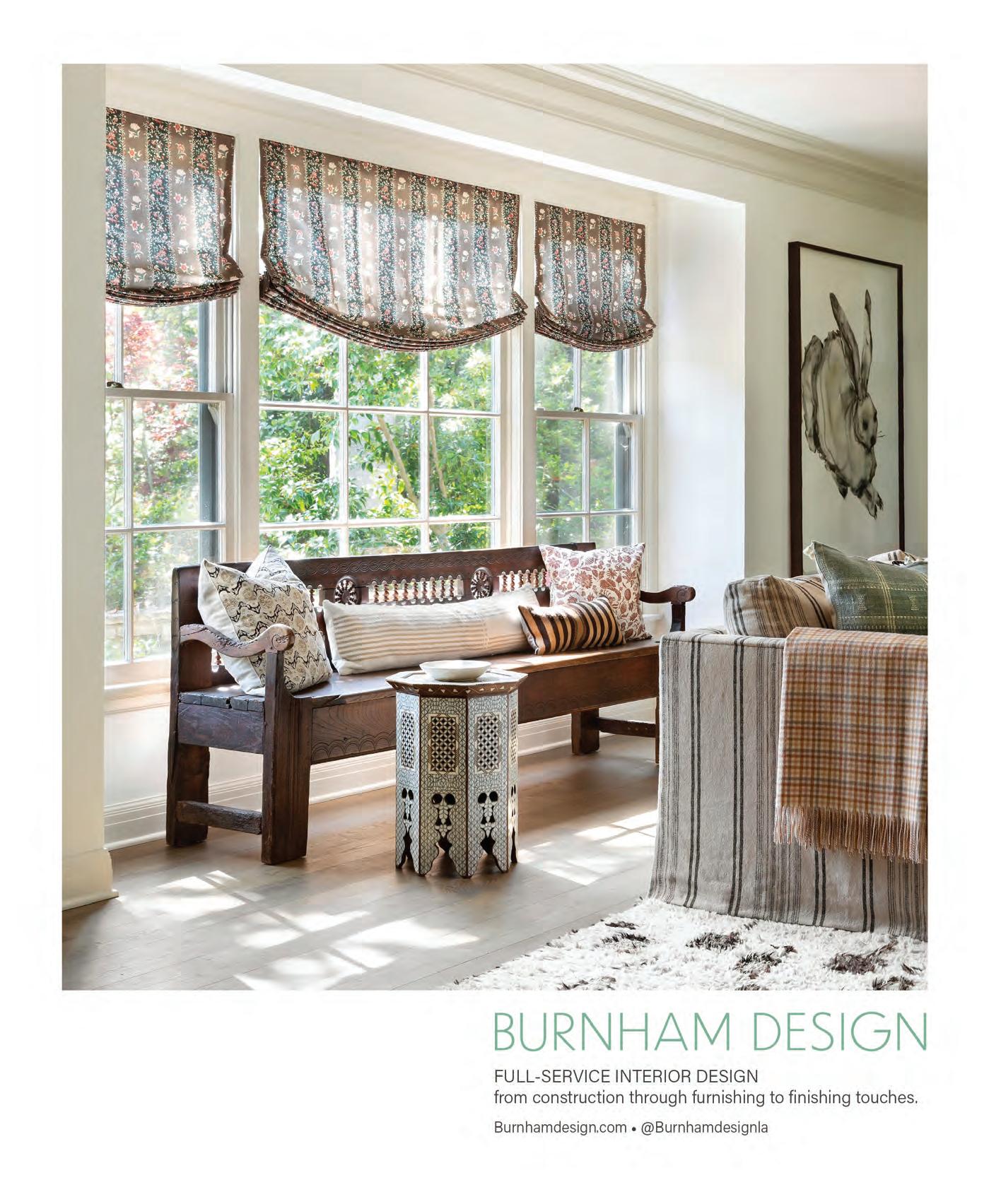






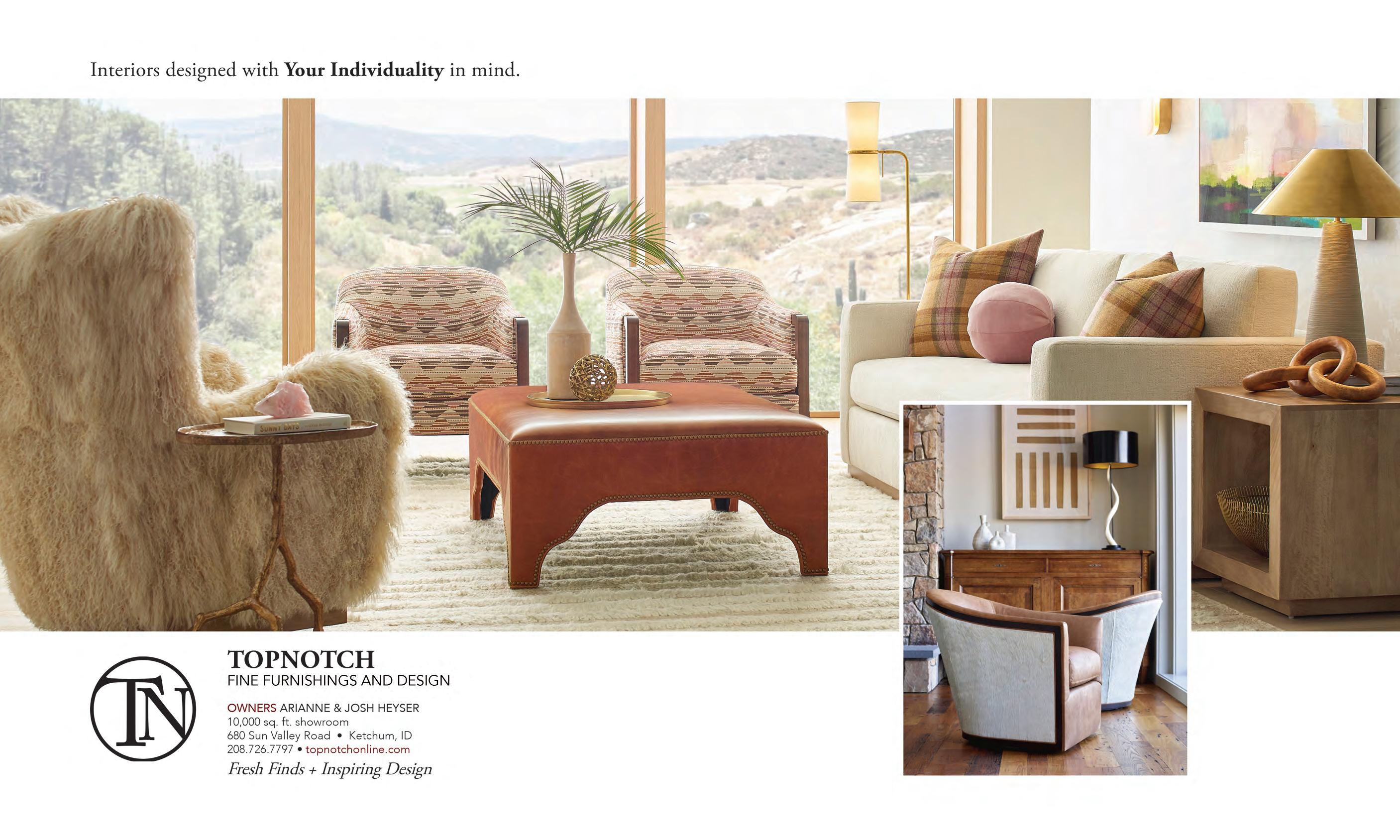


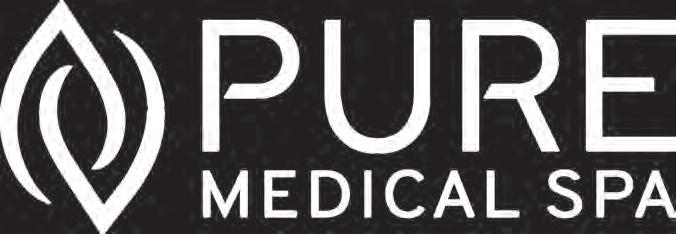

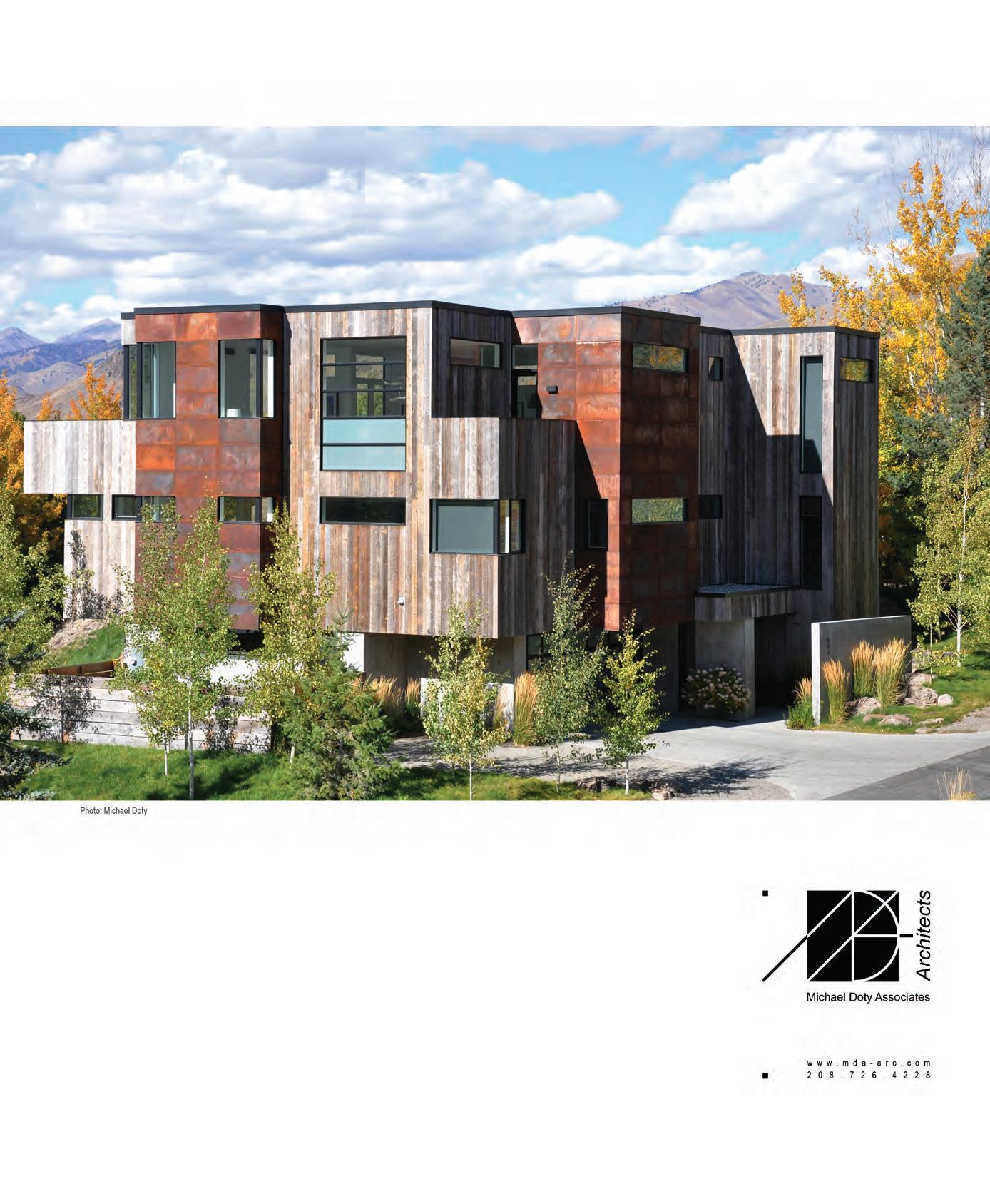

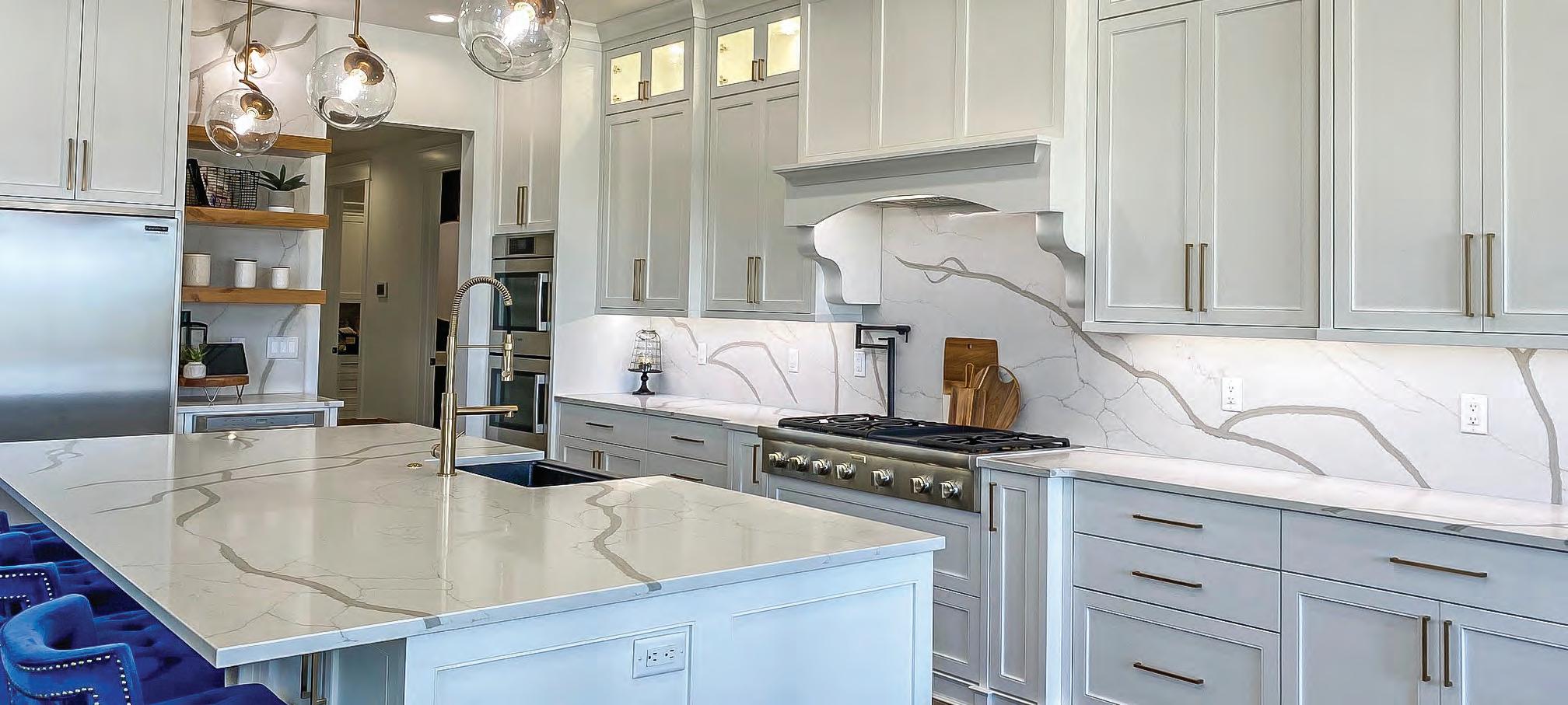
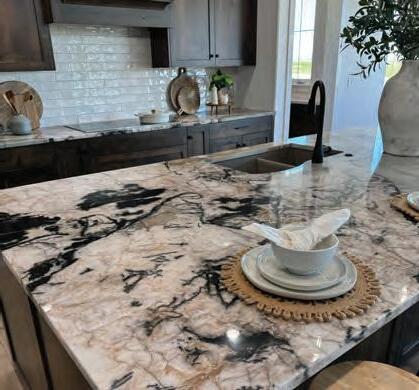
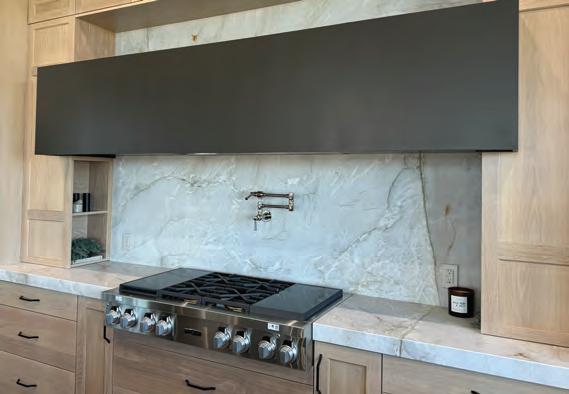











if it can be imagined, it can be accomplished

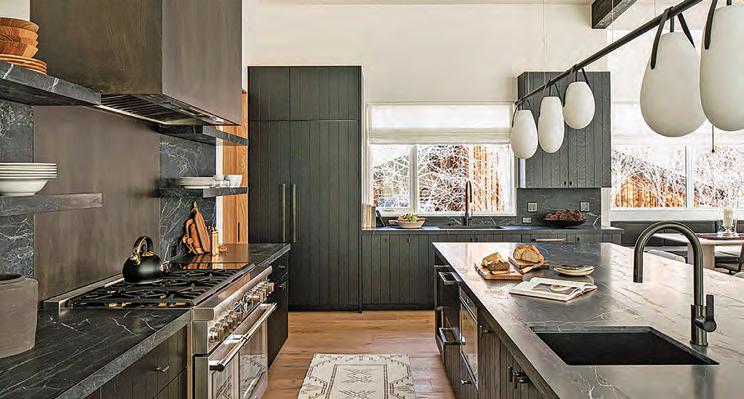
A leader in the design and manufacturing of premium custom cabinetry for your home or commercial needs. Since the founding of CHAPEL HILL, our goal has been to offer a product of great beauty and functional utility that is designed and built to last. We believe that longevity is perhaps the most important element of sustainability. There is no product on the market more solidly constructed from more long-lasting and hardwearing materials.
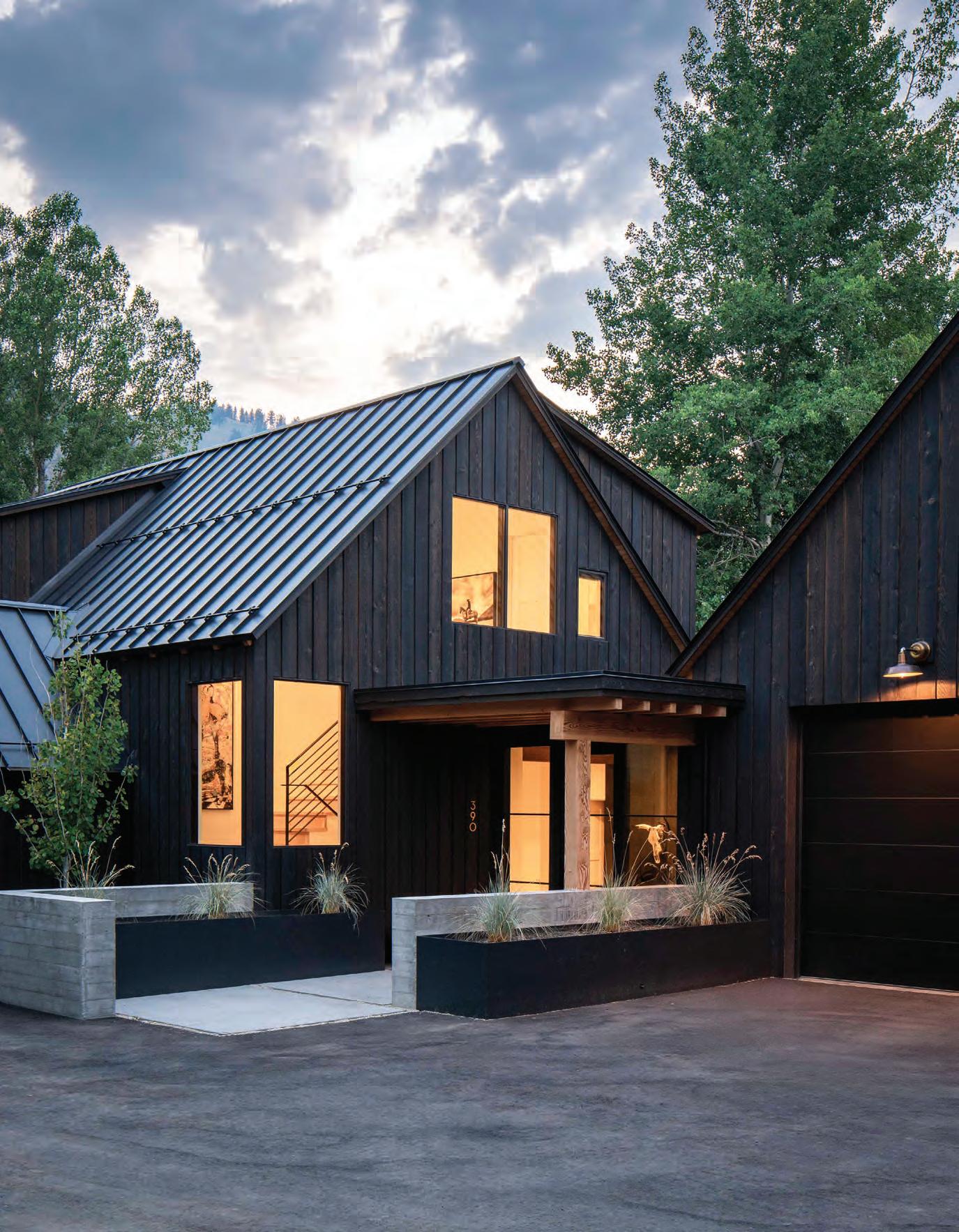







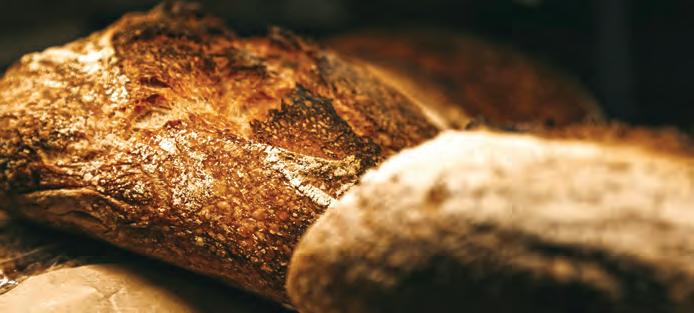





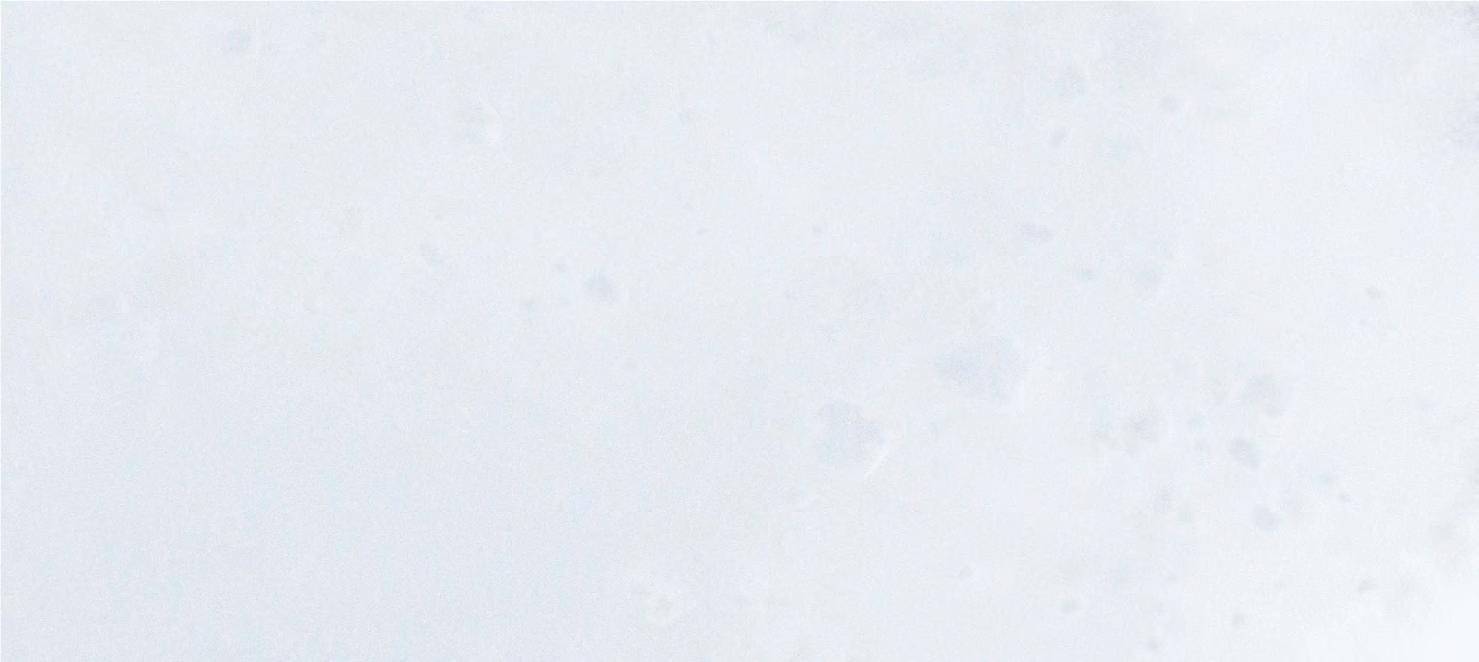
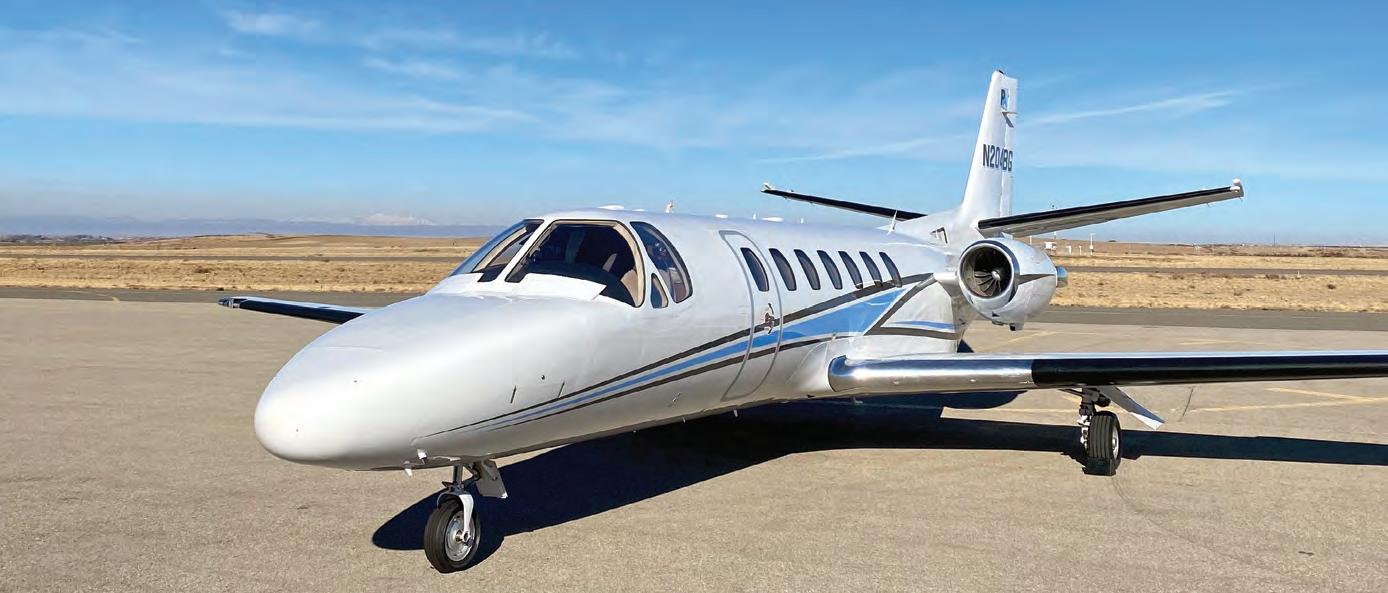




With only thirty-six homesites, ranging in size from five to twenty-one acres, Legacy Ranch is a rare find that is sure to be in high demand.
Homesite prices range from $400,000 - $1,375,000


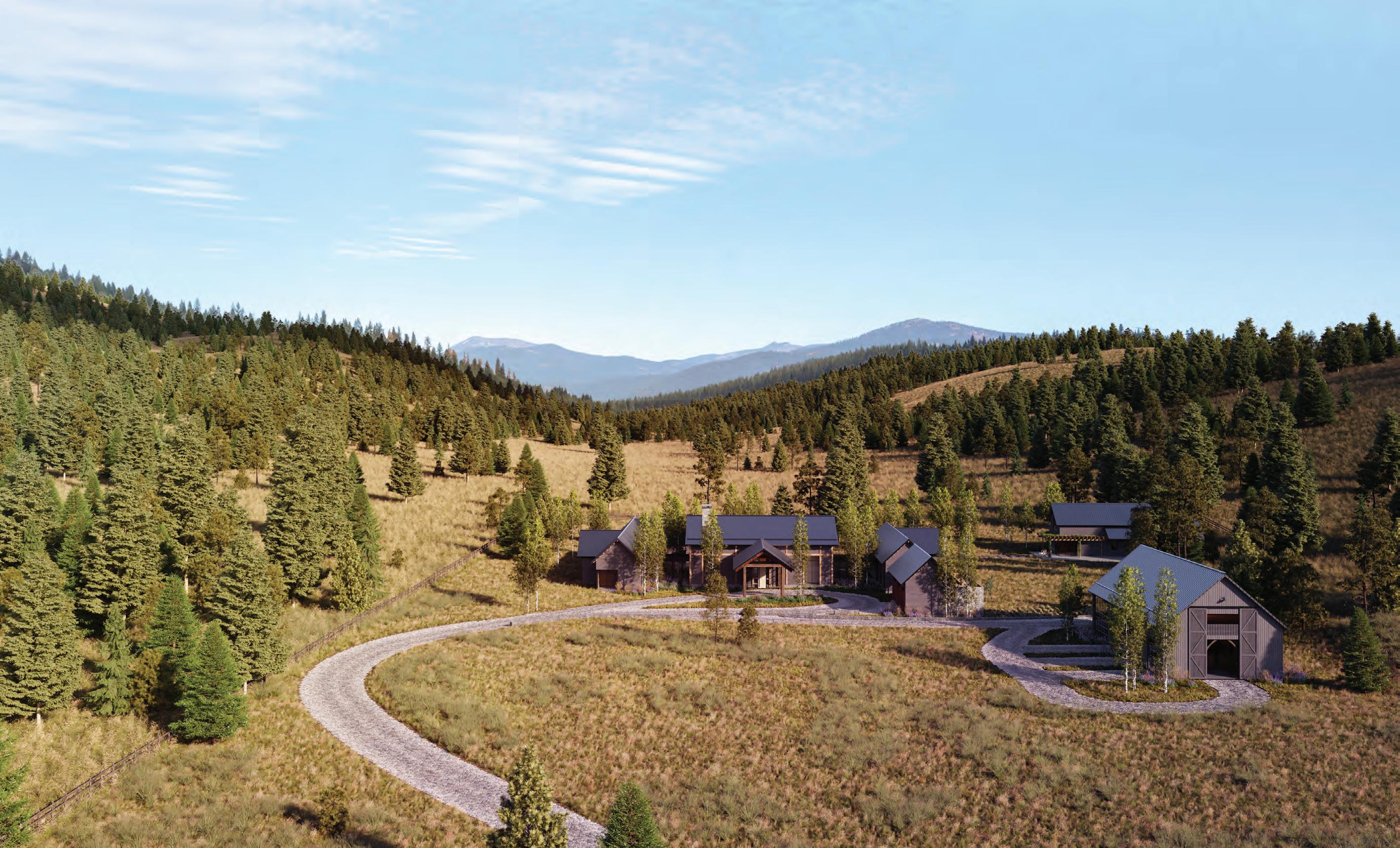

has judged the merits or value, if any, of this property. Warning, the California Bureau of Real Estate has not inspected, examined in any jurisdiction where prior qualification is required and no marketing or sales literature will be forwarded to or disseminated in right to make modifications to the offering in its sole discretion. Membership in the Club is not guaranteed and requires the payment U.S. policy for the achievement of equal housing opportunity throughout the nation. Scenes and views may be of a location not on or


78 DESIGN DREAMS
For the Ebb and Flow of Life
WORDS BY LORI WILLIAMS
PHOTOS BY GABE BORDER
84 PERFECT PARAMETERS
The Theory of Angles
WORDS BY KATE HULL
PHOTOS BY GABE BORDER
66
How the cornfields of Idaho became training grounds for the best shooting and tactical teams in the nation
WORDS BY CRISTY SELLAS
PHOTOS BY TODD MEIER
ON THE COVER
The KanZan House in Hulen Meadows, designed by architect Jack Smith and built by Elias Construction. (see story, page 84).
PHOTO BY GABE BORDER
92
A Timeless, Modern Oasis Emerges from the Vista WORDS BY KATE HULL
PHOTOS BY GABE BORDER
98
A Modern Mountain Home for an All-Seasons Family
WORDS BY CLAUDIA WEATHERMON
PHOTOS BY JOSH WELLS
JOHN KOTH: FROM MEDICINE TO THE MOUNTAINS BY SARAH LINVILLE
LOUISA MOATS: TEACHING TEACHERS TO TEACH BY PATTI MURPHY
TERRY RING: SUN VALLEY ALL UNDER ONE ROOF BY CRISTY SELLAS
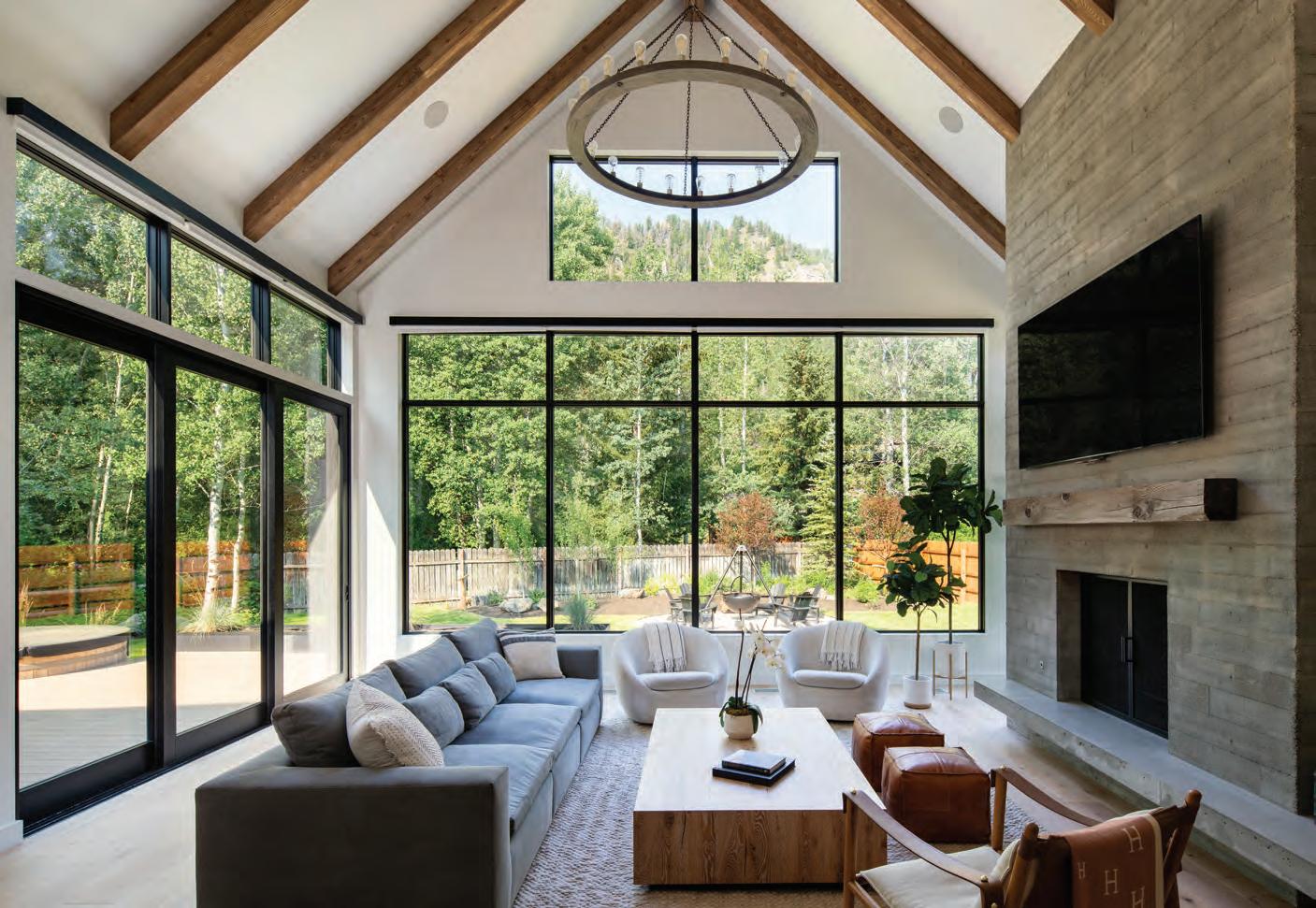


With over 30 years of building expertise in the Intermountain West, View Point Windows has been working directly with clients to get the look they want in every room—whether a contemporary steel window, rustic cabin mixing wood and steel, or the look of steel for a fraction of the cost, View Point offers custom sizing options and value engineering to fit any specification or budget.
Sierra Pacific windows featured in our DREAM HOMES—“Modern Mountain Home: Scandinavian Simplicity” on pages 98-104 and “Design Dreams: For the Ebb and Flow of Life” on pages 78-84. Handcrafted. Authentic. Enduring. Check it out to see what the best window professionals can do for your dream project! VISIT A SHOWROOM NEAR YOU

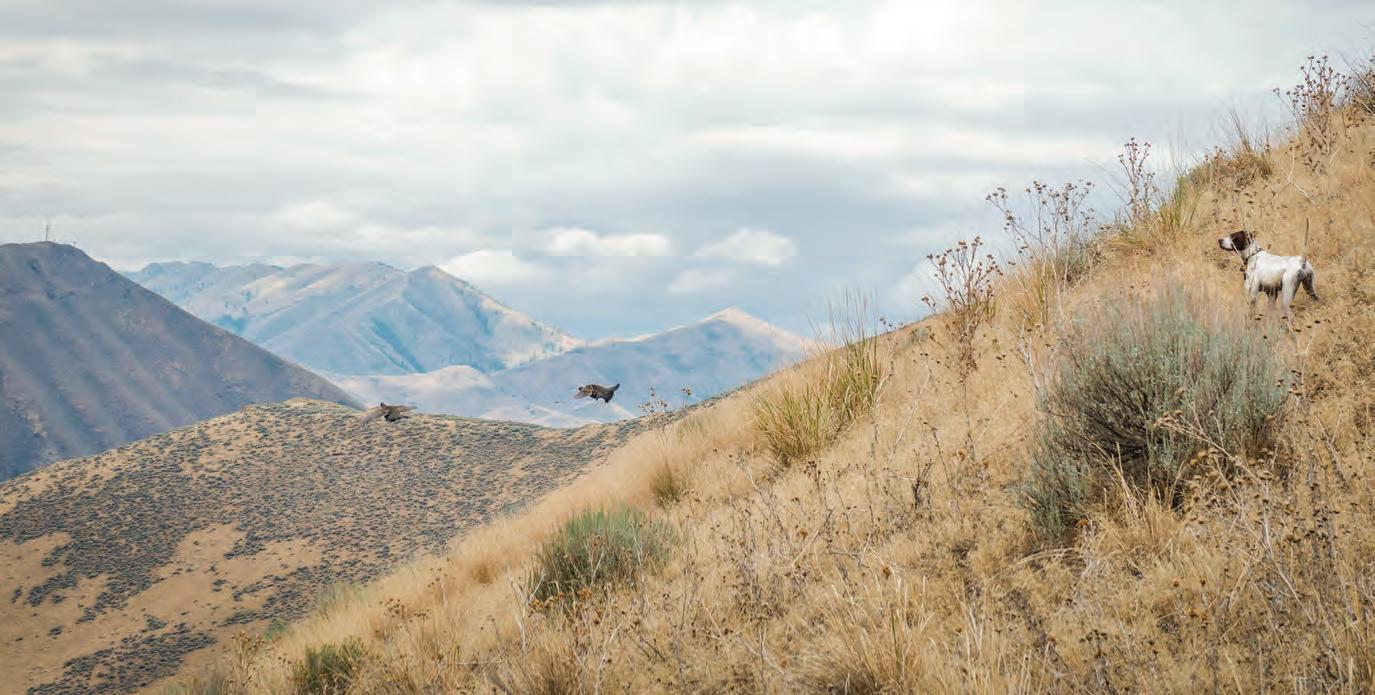

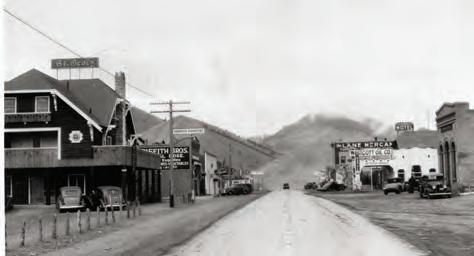
New museum expands the scope of history in the Wood River Valley
PURSUING A NEW VISION
Sun Valley Resort lays out phases for a Sun Valley Village upgrade
A look at Ketchum’s trio of historic brick buildings
Looking
TRENDS & INSPIRATIONS
Tips from the pros covering wallpaper, lighting, color, throw pillows, powder room design trends, window treatments and designing zen spaces
AND LIGHT
The rich and textural oil paintings of Caleb Meyer
STAGE LIGHTS SHINE ON LIBERTY THEATRE
Comeback season sees soaring sales and community engagement
SHIFTING THE SPOTLIGHT
Acclaimed filmmaker Reed Lindsay
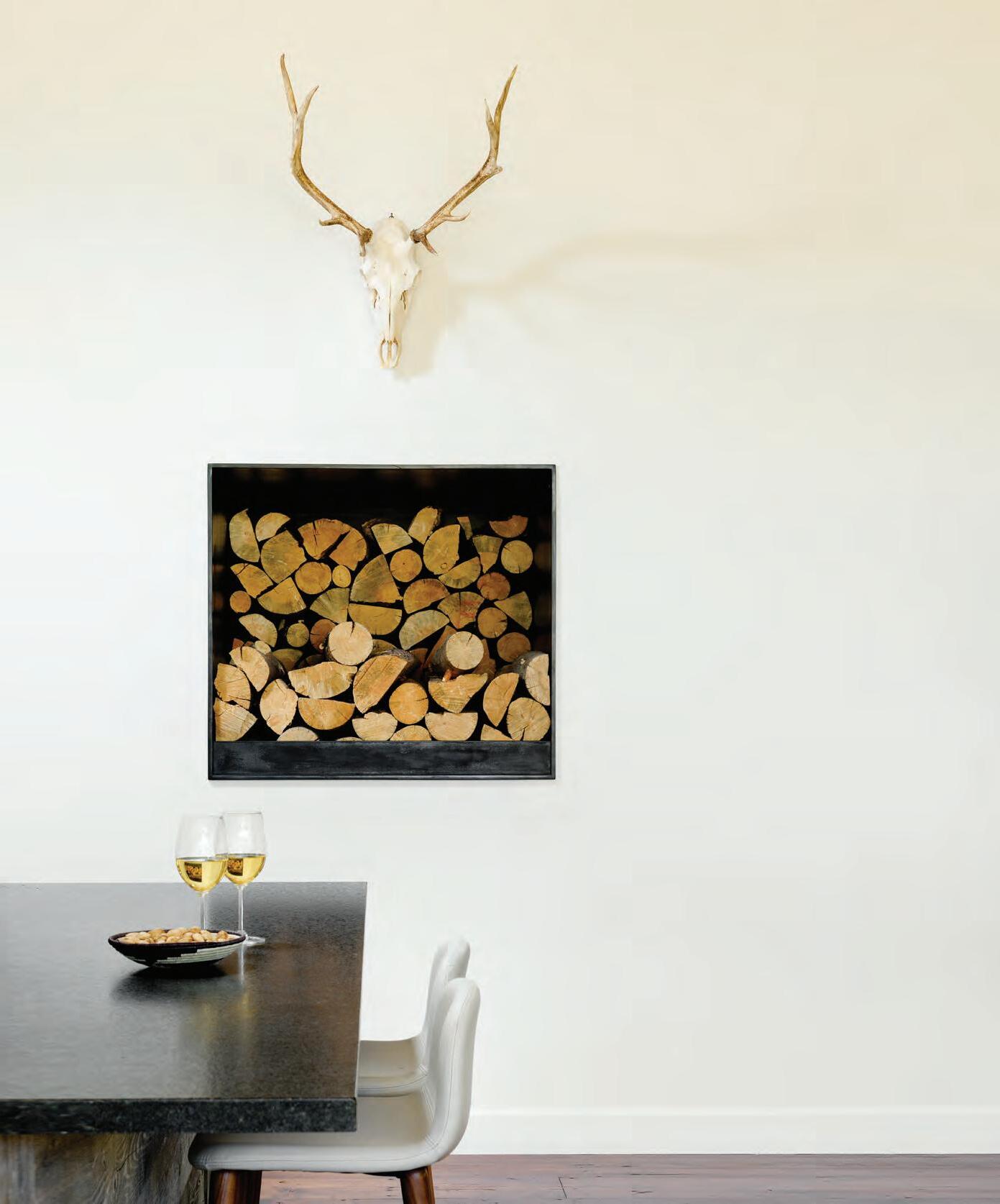

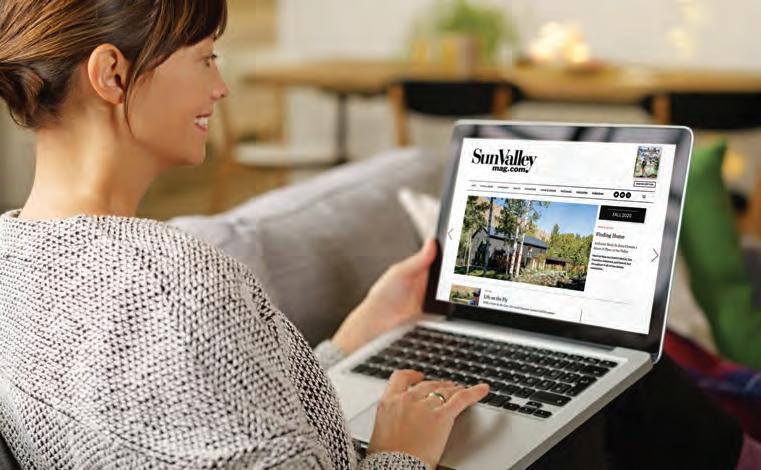


The Sun Valley Magazine website, at sunvalleymag.com, is user friendly and incorporates responsive design so that you get the same award-winning content on phones, tablets or desktop computers. On our site you will find all of our print stories, as well as a wealth of additional online content, including resource guides, videos and online features. Look for the best of Sun Valley life in our Arts , Food & Drink , Community, Health , Adventure , Home & Design , and Wedding sections. You can also enjoy digital editions of Sun Valley Magazine in our extensive archives and access all of our social media sites.

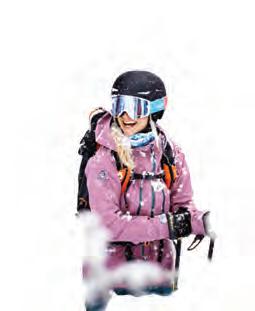

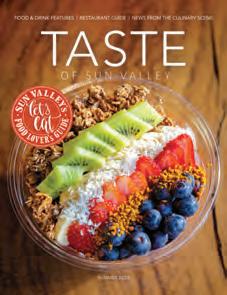
To explore our magazine archives, dating all the way back to the Winter 1973/1974, visit sunvalleymag.com/magazine. On our digital magazine page, you can enjoy back issues of Sun Valley Magazine . Travel back in time to see what we were covering at the turn of the century (21st!) and beyond. Looking for an old article? Spend some time in our archives—an ongoing, living record of life in the Wood River Valley. Also check out our digital edition of TASTE of Sun Valley on the Food & Drink page!

SUBSCRIBE sunvalleymag.com/subscribe


Thi s issue marks the culmination of our special 50th Anniversary year, celebrating five decades of awardwinning design and editorial at Sun Valley Magazine. In this way, this Fall 2024 issue—our special HOME + DESIGN Annual—is notable as both a milestone commemorating 50 years of gathering the stories and inspirations of the people, places, events and happenings in our slice of Central Idaho, and a waymarker illuminating the elements of style and design within our high alpine paradise. This issue celebrates the designers and architects, builders and craftsmen who are dedicated to working at their passion, building our dreams one block at a time.
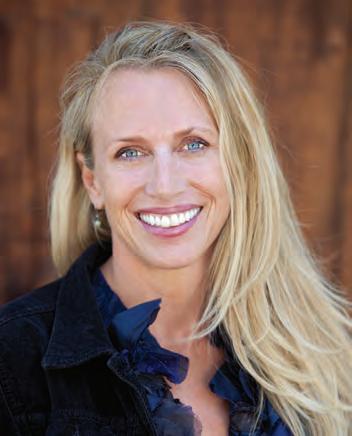
of steel, glass and wood designed by Scott Payne of Farmer Payne and conceived as a structure meant to disappear from skyline views while celebrating the surrounding landscape (“A Timeless, Modern Oasis: Mountain Views” on page 92) or the indooroutdoor family living designed by Brunelle Architects and reimagined by owner and interior designer Stefanie Togni to reflect their family’s lifestyle (“Design Dreams: For the Ebb and Flow of Life” on page 78).
Explore the precise grid of the KanZan House, an architectural and artistic feat designed by architect Jack Smith and brought to life through the careful, meticulous and precise building practices of Adam Elias and his team at Elias Construction, in collaboration with John Montoya of Ensitio Design (“The Theory of Angles: Perfect Parameters” on page 84). Architect Jack Smith designed this Japanese-inspired mountain home using an interlocking exposed glulam beam system in order to create a column-free structure or, as he explains, “to create something visible that was previously invisible.”
Step inside the space architects Mike and Anne Brunelle, along with Chris Hegleson and the talented team at Lloyd Construction, worked to create for a family of five, transforming what was once a “secret garden” in West Ketchum into a comfortable and functional space with soaring Baldy views (“Modern Mountain Home: Scandinavian Simplicity” on page 98). Or consider the modern oasis
Sun Valley Magazine was honored to be named as as an Ozzie Award and Eddie Award finalist—marking more than 56 national design and editorial nominations and awards for the publication. Awarded in New York City, the Eddie Awards (honoring editorial excellence) and Ozzie Awards (honoring excellence in magazine design and photography) put Sun Valley Magazine in a “who’s who” of the publishing industry’s leading national editors, publishers and designers. Past winners include Travel & Leisure,
This issue is filled with over 76 pages of design inspiration— from stunning Dream Homes and Before & After projects spearheaded by Allison Paige Interior Design, Latham Interiors, Laura Morawitz Interiors, Red Door Home + Design, Suede Studio, The Picket Fence, Topnotch Fine Furnishings & Design (“Making a Difference: Looking Back at Local Home Renovations and Style Upgrades” on page 104) to the latest trends, inspirations and tips on working with color and lighting, wallpaper, pillows and much more (“Trade Secrets” on page 118).
So many design and renovation projects are works of synergy— a collective search for form and function, a dialogue of materials and texture. All in all, the designers, architects, builders, craftsmen and artisans assembled in this issue of Sun Valley Magazine: HOME + DESIGN express a passion for materials and a dedication to their vision and their craft.
Enjoy your next collaboration.
Laurie Sammis publisher / editor-in-chief
Fortune, National Geographic, Audubon, Architectural Record, Smithsonian Magazine and Vogue, among others.
Best Editorial Feature Article: “Men of Steel” feature, Summer 2023
Best Cover Design: Summer 2023, Photo by Hillary Maybery
Best Feature Design: “Men of Steel” feature, Summer 2023
Best Use of Photography: “Kings of Rodeo” feature Summer 2023
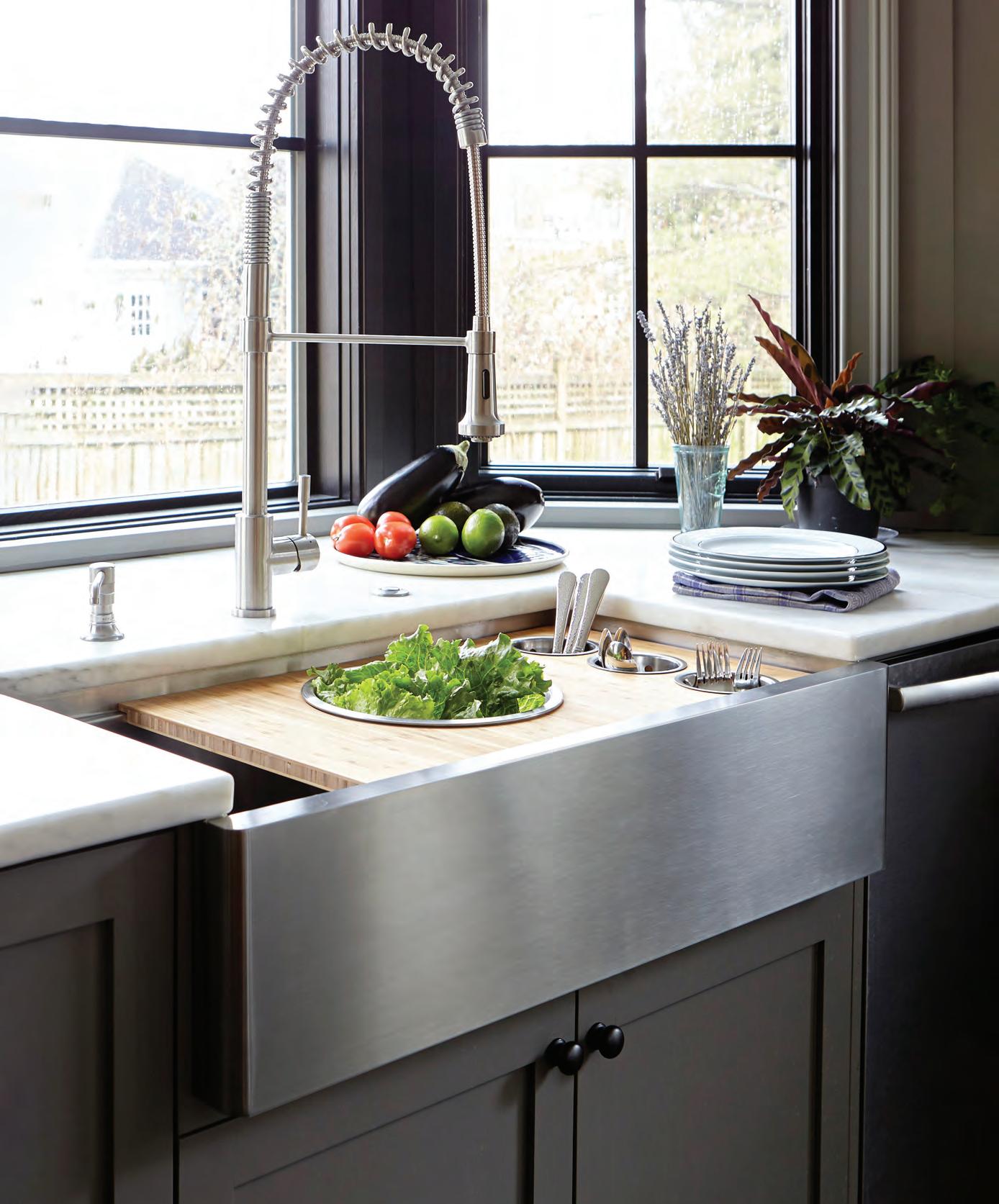
PATENTED
SEAMLESS DRAIN
Sanitary, durable, easy to clean

STAINLESS STEEL
Highest quality materials and welded by hand
WORKSTATION SINKS
Functional accessories extend your countertop for food prep, serving, entertaining, and cleanup


Todd Meier has a passion for telling other people’s stories. He has spent the last 24 years trying to pass on his subjects’ stories through photographs. He immerses himself in their world, taking the viewer along for the ride. From knee-deep powder in the backcountry, to a downtown office in the middle of any city, Todd finds the connection between himself and his subject. Not incidentally, Todd created the cover shot for Territory’s inaugural issue, one that won the Maggie Award for Best New Publication, 2017. Living life in Boise and beyond with his wife, Lorie, and kiddo Silas, Todd is always looking to the next adventure.
Photos by Todd Meier: “Quiet Perfection,” page 66
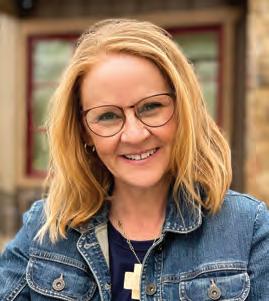
Lori Williams is a freelance writer, former home-educator, and third generation Idahoan who’s lived in Ketchum since 1986. She is an Idaho Writers’ Guild awardwinning poet, and a self-published children’s book author. Her work has been featured in The Weekly Sun, SVPN, Sun Valley Magazine, Western Home Journal, Idaho Senior Independent, and more. Besides writing, she loves climbing mountains, road trips, and this incredible state.
Stories by Lori Williams:
“Design Dreams: For the Ebb and Flow of Life,” page 78

Gabe Border spends more time chasing his peregrine falcon than actually catching grouse with it. He’s also guilty of false casting too much. Regardless, when not photographing architecture and food, Gabe enjoys learning about building science and cooking with his wife Emily. Gabe’s work has appeared in Architectural Digest, Dwell, Luxe, Elle Decor and the Wall Street Journal
Photos by Gabe Border: “Design Dreams: For the Ebb and Flow of Life,” page 78
“Angles of Perfection: An Architectural Masterpiece,” page 84
“Mountain Views: A Timeless, Modern Oasis Emerges from the Vista,” page 92
writers Riley Boice, Karen Bossick, John Huber, Kate Hull, Heather Linhart, Sarah Linville, Jonathan Mentzer, Patti Murphy, Laurie Sammis, Cristy Sellas, Claudia Weathermon, Lori Williams.

A former kindergarten teacher and school librarian, Cristy Sellas has joined the creative team at Sun Valley Magazine as a writer and copy editor. She is happily (almost) full-time in the valley after visiting regularly since the early 70s. She is an avid reader and volunteers often at the Community Library. She likes to hike and listen to podcasts while her husband fishes or ski while he hunts, depending on the season! Cristy has two grown daughters—one living in the valley and one in Nashville, Tennessee.
Stories by Cristy Sellas: “Quiet Perfection” page 66
“Terry Ring: Sun Valley All Under One Roof,” page 76
“A History Built with Bricks,” page 50
photographers Patrick Brennan, Gabe Border, Ray Gadd, Allie Hillman, Reed Lindsay, Hillary Maybery, Todd Meier, Kirsten Shultz The Community Library Center for Regional History, Josh Wells, Nancy Whitehead.

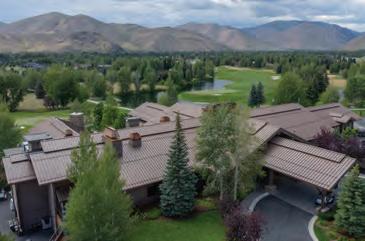
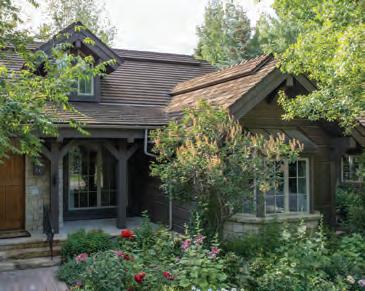
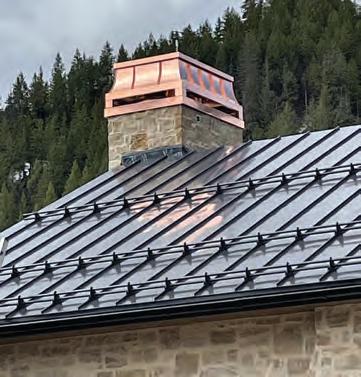
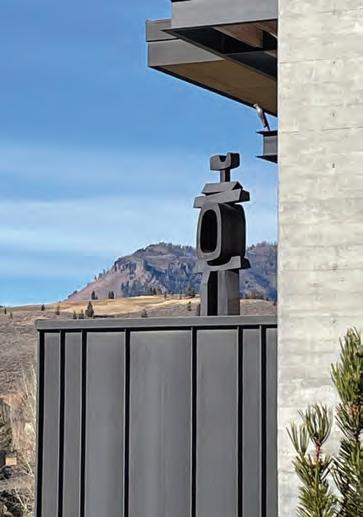


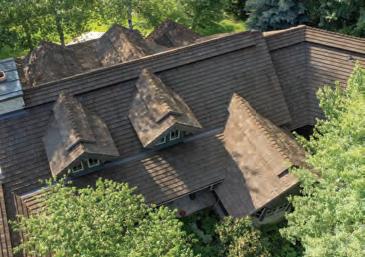
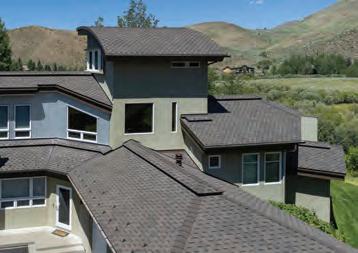




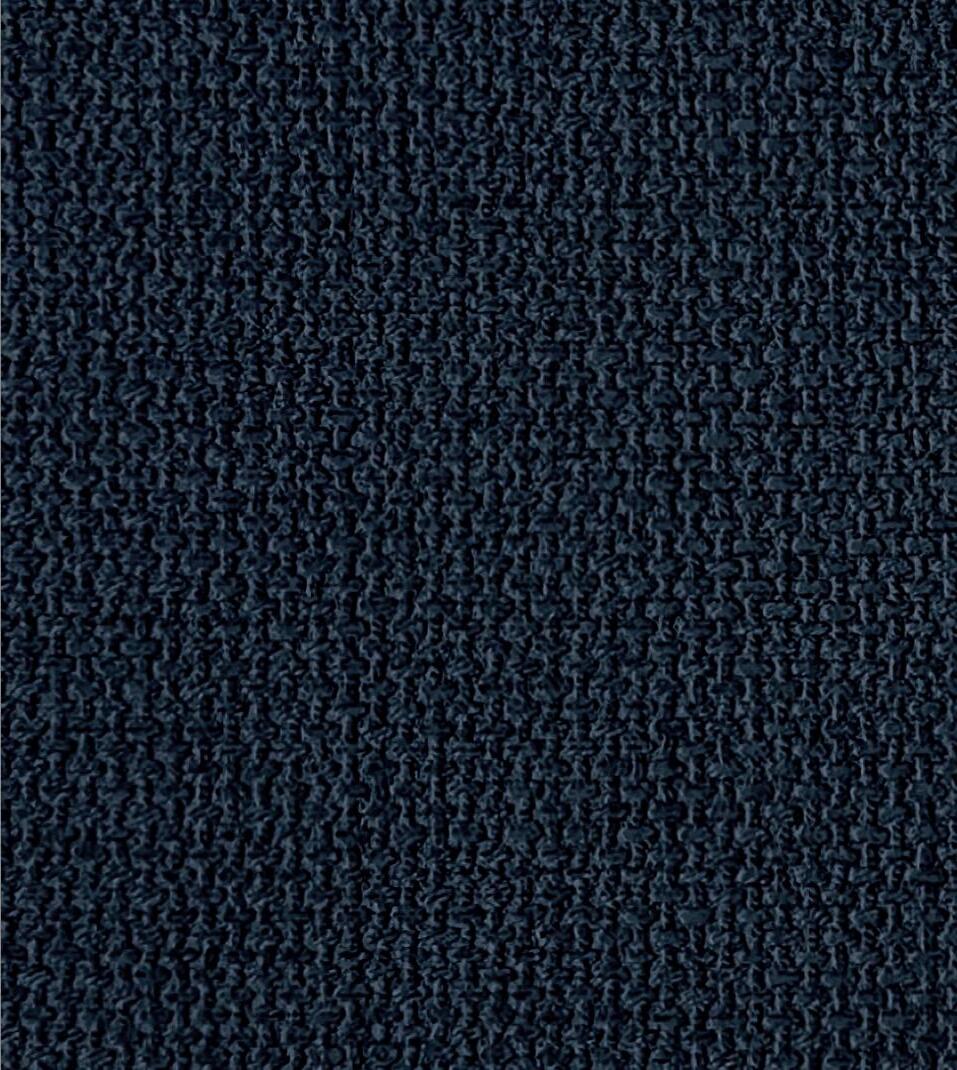
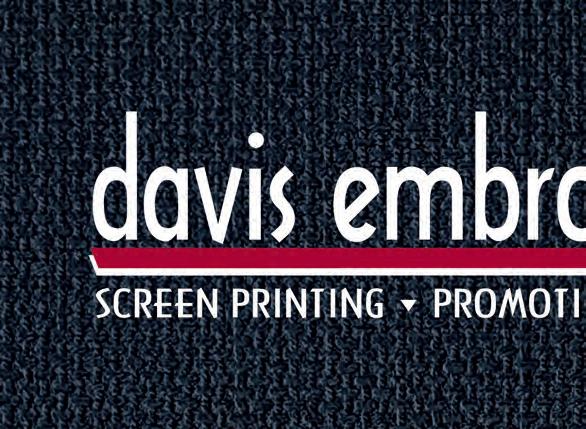
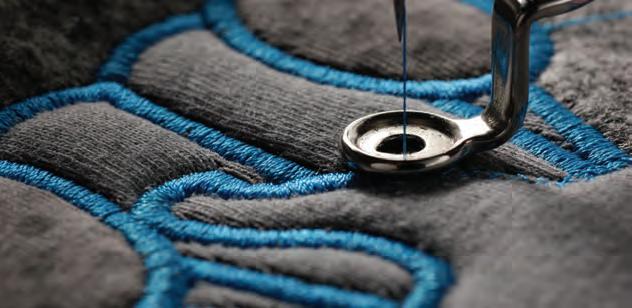
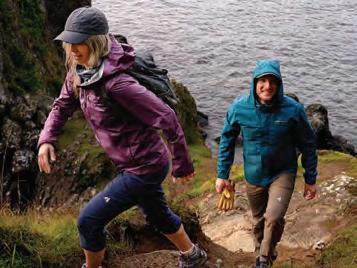




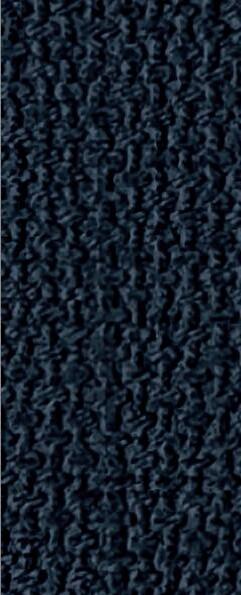
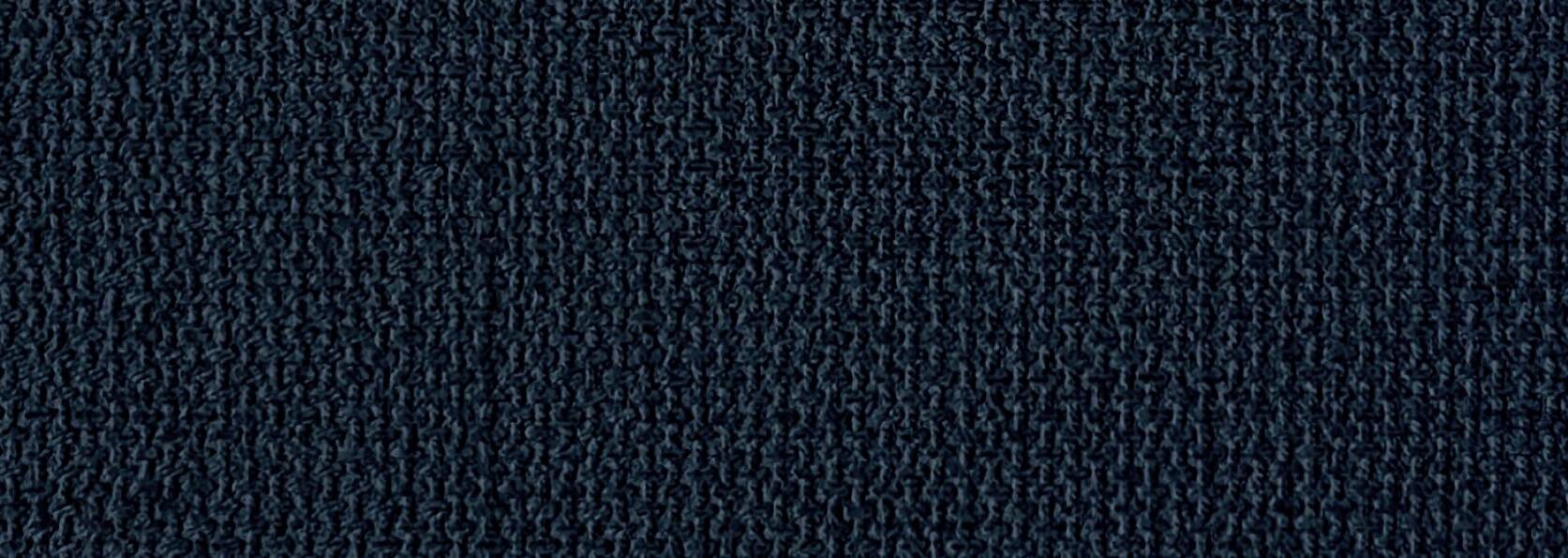





trent@grabhergroup.com



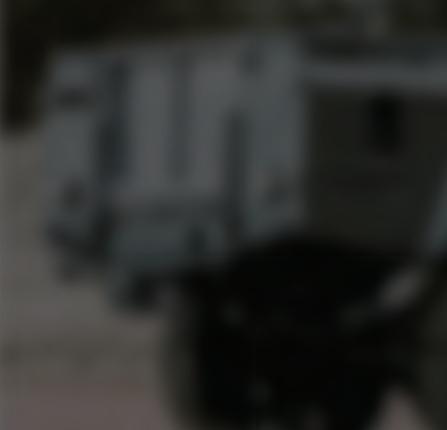

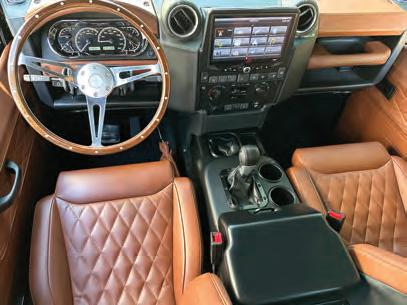

Finalist, Best Profile - “A Life in the Sky”
2016 MAGGIE AWARDS
Finalist, Best Feature Article - “The Great Migration”
2015 MAGGIE AWARDS
Finalist, Best Annuals & One-Time Custom Publication/Consumer Finalist, Best Cover/Consumer
2014 MAGGIE AWARDS
Finalist, Best Annuals & One-Time Custom Publication/Consumer
2013 MAGGIE AWARDS





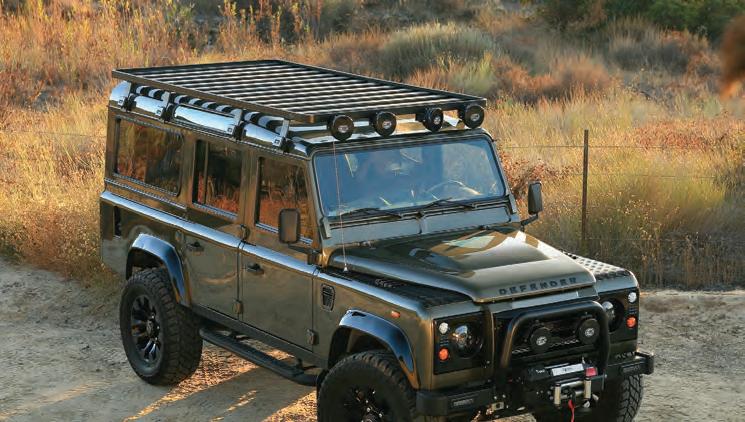
Finalist, Best Semi-Annual & Three-Time/Trade & Consumer Finalist, Best Special Theme Issue/Consumer
2012 MAGGIE AWARDS
Winner, Best Semi-Annual & Three-Time/Trade & Consumer
2011 MAGGIE AWARDS
Finalist, Best Semi-Annual & Three-Time/Trade & Consumer Finalist, Best Special Theme Issue/Consumer
2010 MAGGIE AWARDS

Finalist, Best Semi-Annual & Three-Time/Trade & Consumer Finalist, Best Special Theme Issue/Consumer
2010 OZZIE AWARDS
Gold Winner, publication fewer than 6 times per year
2010 EDDIE AWARDS
Gold Winner, publication fewer than 6 times per year
2010 MAGGIE AWARDS
Finalist, Best Semi-Annual & Three-Time/Trade & Consumer
Winner, Best






2009 MAGGIE AWARDS
& Three-Time/Trade & Consumer

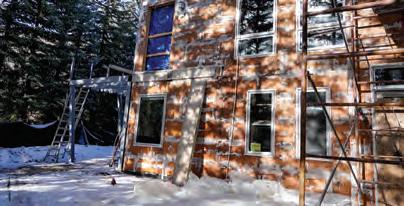







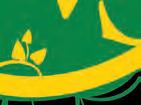

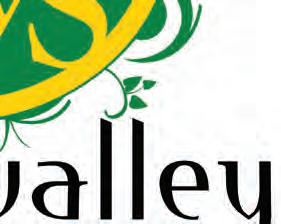



WORDS BY KAREN BOSSICK PH OTOS COURTESY THE COMMUNITY LIBRARY’S CENTER FOR REGIONAL HISTORY
The new Wood River Museum of History and Culture boasts a buffalo hide coat worn by Albert Griffith when he came to Ketchum in 1879. It also exhibits a colorful poncho worn by Juan Salamanca, who came to Sun Valley from Zacatecas, Mexico, in 1994, and went on to become a local schoolteacher and church leader.
The juxtaposition of the two shows that history is still being made in the Wood River Valley.
“We’ve established a tribal room devoted
to telling the stories of the ShoshoneBannock past and present.” says Mary Tyson, director of the Center for Regional History at The Community Library, which oversees the museum. “We’re talking about immigration in a way that’s inclusive. We’re asking the question of everyone: What was your journey here? What is your history?”
The Wood River Museum opened in July 2023—an offshoot of the former Sun Valley Ski & Heritage Museum in Forest Service Park.
It was Carter Hedberg, director of
philanthropy at The Community Library, who conceived of building the new museum in a building being developed by longtime library patron Greg Carr catty-corner from The Community Library.
“The library took over the management of the museum in 2014. The City of Ketchum charged very little rent, but the warehouse buildings were not meant for museums. We had to operate them with one staff member, there were no public bathrooms, they needed long overdue upgrades, and they were across
town, unlike the Gold Mine and Gold Mine Consign, which are a stone’s throw from the library,” Tyson says.
It didn’t hurt, she added, that renovation at the library and the Hemingway House, which the library oversees, had just finished.
A Seattle-based design company that designs museums helped plan the 2,000-square-foot space, and library staff developed exhibits for it over a year-and-eight-month course. They catalogued and moved some 7,000 artifacts into storage space below the museum.
“The move increased the historic value of the artifacts we have because we’re better able to find, identify and research what we have,” Tyson says. “And now more people are seeing them.”
Whereas the emphasis was on ski history in the old museum, the new museum has expanded to include other aspects of the valley’s history, including the Sun Valley Music Festival, which offers nearly four weeks of admission-free concerts in summer and winter.
The LiDAR [Ligth Detecting and Ranging] map splashed across the wall of the entryway depicts the Wood River watershed. “It sets the stage, inviting you to open your mind, because you don’t know exactly what you’re looking at,” Tyson says.
The Cabinet of Wonders encourages visitors to pull pulleys and push buttons to discover what’s inside a cabinet or drawer. It can include anything from a hanging railroad lamp that lights up, emitting a train sound when handled, to a stereoscope viewer where visitors can view pictures as a threedimensional experience.
‘‘We’ve had more than 20,000 visitors in the first nine months. The best year in our old location saw 4,000 visitors.”
CARTER HEDBERG, DIRECTOR OF PHILANTHROPY
“It piques your curiosity since you don’t know what you’re going to see until you open the cabinet. And it’s a way of sharing more of our collection since we’ll rotate things,” Tyson says. Developing the museum so quickly was an epic achievement, said Hedberg: “Since we’re
Children can find out how stories were written before computers and tablets.

The Wood River Museum is very much a HANDS-ON experience. All the museum exhibits include interactive elements, and visitors are encouraged to write, type, talk and remember…because we are all a part of history! Visitors can type “One True Sentence” on Hemingway’s typewriter or write their own unique story of how they got to Sun Valley on a luggage tag or even have a picture taken in an authentic chair from one of Sun Valley’s first chairlifts. The Cabinet of Wonders is a real cabinet full of doors and drawers that visitors of all ages can open to discover treasures ranging from an antique phonograph to vintage skis, a telegraph key, sheep shears, and all manner of historical documents!
privately funded, we were able to raise the funds we needed. And how quickly the community has embraced it. We’ve had more than 20,000 visitors in the first nine months. The best year in our old location saw 4,000 visitors.”
Marcia Liebich, a history major at Elmira College, was a regular visitor to the old museum and now encourages friends and families to tour the new museum.
“They’ve done an amazing job,” she says. “There’s so much more from the archives now on display. And I love how kids can handle an object and explore it.”
Hedberg’s favorite exhibit is the Hemingway exhibit.
“I think it’s outstanding, and I’m thrilled we can showcase some of the artifacts from the Hemingway House that shine a light on his time in Idaho because, for the most part, people never think of Hemingway in Idaho. They think of him in Key West and Cuba,” he said. “I also love that we can tell a variety of stories, such as exploring how people got to Sun Valley. It isn’t just everyone from the 1880s, and that’s what makes our community so interesting.” ï



WORDS BY JONATHAN MENTZER
Standing on the cusp of a new era, the future of Sun Valley Resort is being laid out to the public and to that of the City of Sun Valley, hinging on its master plan by the city leaders.
This broad and conceptual document plan laid out the vision for the resort’s redevelopment goals, aiming to transform Sun Valley into an even more vibrant and modern hub while preserving its unique charm.
The roughly 61-acre village was designated a “Specific Plan Area” in the 2015 City of Sun Valley Comprehensive Plan. This designation highlighted the area’s significance due to its size, location, and economic, cultural, and historical prominence. As such, city approval of the master plan was critical before the resort could proceed with any of the numerous projects it envisioned.
Sun Valley Co.’s master plan divided the proposed village improvements into “nearer-term” and “longer-term” projects. A transportation plan indicated that the first
phase of improvements would be completed within approximately 10 years and the second phase within 20 years.
The first phase of the master plan included several vital projects aimed at enhancing the visitor experience and improving infrastructure. One of the primary focuses was the renovation of the parking lot. The existing landscaped belt separating the sizeable eastern portion of the main village parking lot from its smaller western strip would be segmented to create three entry points to the smaller lot instead of the two existing entrances. Islands of landscaping would be added to the main body of the parking lot, creating a more aesthetically pleasing environment.
The redevelopment of the parking area also included improvements for public and mass-transit drop-off near the village core. Although the number of parking spaces in the
main lot would remain unchanged, the plan highlighted an area in the northeastern corner of the village core for future development and integrated parking. This area, bounded by Moritz Road to the north and east, Old Dollar Road to the south, Sun Valley Inn to the west, and Inn Service Road to the northwest, was earmarked for significant changes.
Another significant aspect of the nearterm projects was renovating or replacing existing village buildings. Inspired by European ski towns, the architectural designs would mimic Alpine chalets, featuring gabled roofs and symmetrical facades or asymmetrical facades with more minor, symmetrical elements. Conceptual drawings in the master plan showcased architectural refreshments to the Sun Valley Opera House, Pete Lane’s Mountain Sports, and other village storefronts while emphasizing the preservation of open space and viewsheds. Improvements to vehicular and pedestrian circulation were also planned.
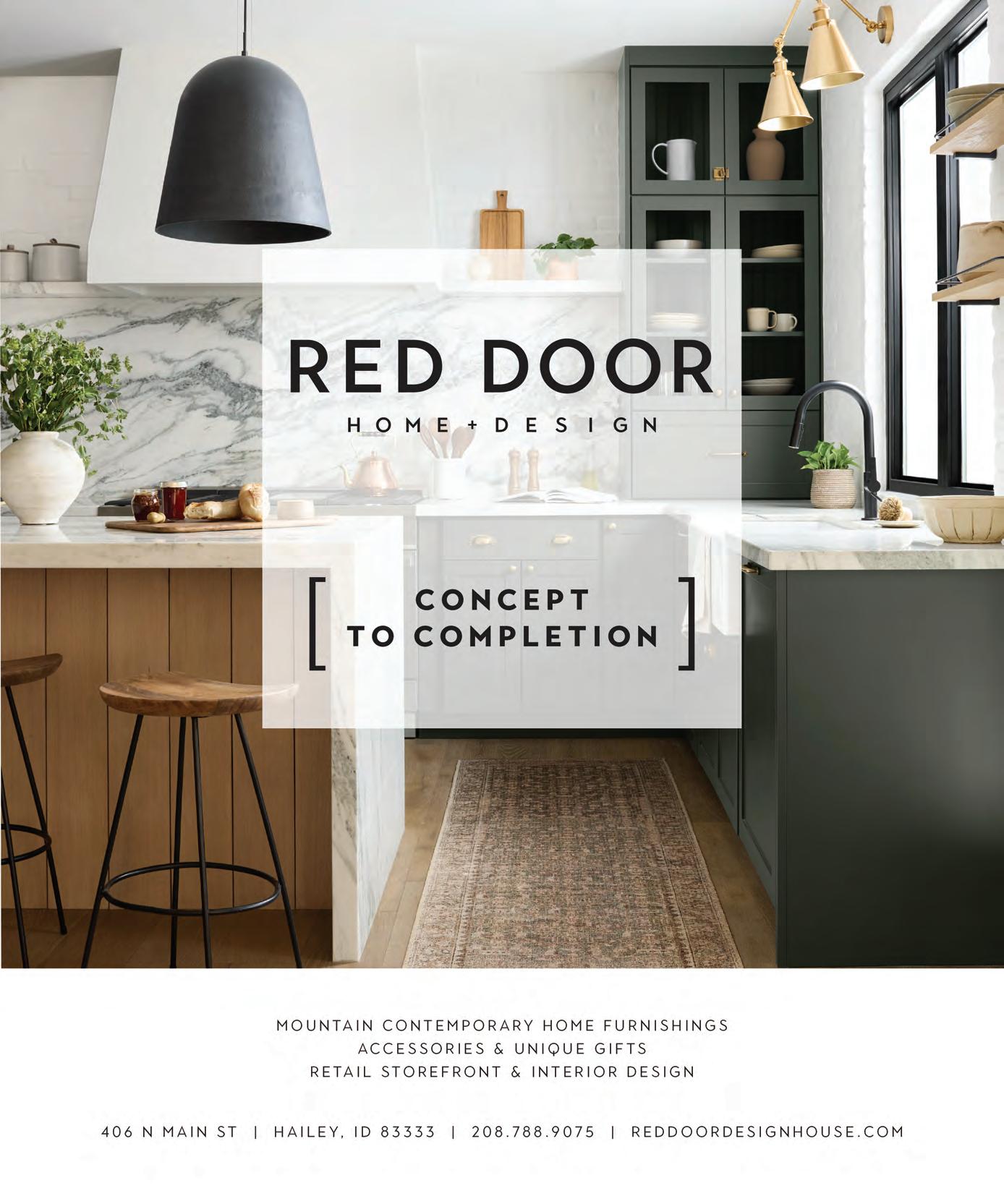
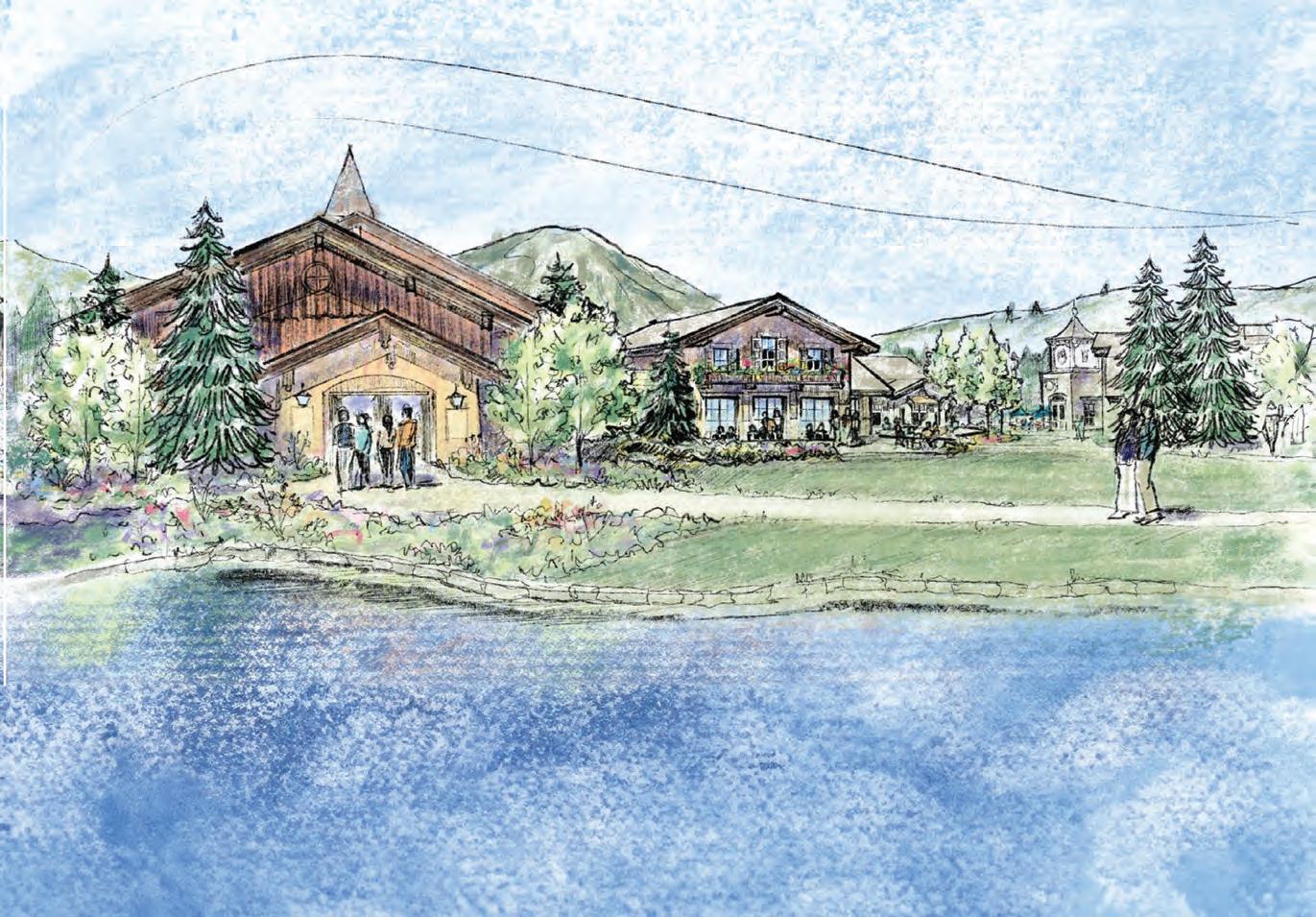



Historic building renovations will take some time, but plans to improve recreational facilities, add more restaurants and expand lodging are also in the works.
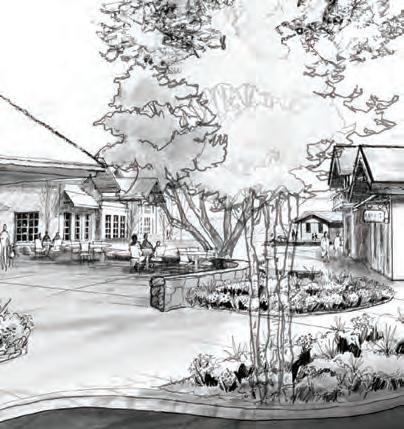

The Baldy Bus Loop area bus stop would be moved farther south, near the ice rink, to shift traffic away from the village center. Designated Uber and Lyft pick-up and drop-off locations would be installed, and additional bike parking would be included in future developments. The plan also called for dedicated and separated pedestrian and bicycle crossings at key entrance points to the resort and parking areas. Three possible pedestrian crossing improvement sites were identified: one at Lodge Entry Lane, one at Inn Service Road along Sun Valley Road, and a third crossing Dollar Road at Cottonwood Condo Drive.
Furthermore, the master plan aimed to expand the village’s restaurant and retail offerings. With 230,000 square feet of existing retail and service space, the plan proposed a roughly 10% increase during the first phase. This included a hypothetical increase of 11,600 square feet of sit-down restaurant space, a 2,200-square-foot increase in supermarket space, a 2,100-square-foot
increase in apparel store space, and a 2,000square-foot increase in pharmacy space.
The second phase of the master plan included even more ambitious projects, such as the expansion of the Sun Valley Inn, increased conference and event space, and the shifting of Moritz Road southwest to provide open space for potential development along the Trail Creek Golf Course. The resort’s transportation plan also projected an increase in hotel rooms in the village, further cementing Sun Valley’s status as a premier destination.
On July 23, Pete Sonntag, Sun Valley Resort’s General Manager and VP of Operations, took questions from the public in an open house forum. Sonntag praised former general manager Tim Silva for his foundational work in shaping the village’s future. “This is the result of literally years of work, and it always
takes one person to drive that forward, and that’s Tim,” Sonntag said. “While I’ve been running the operations and keeping the resort up to the standards that Tim has established, Tim has been focusing on what the village’s future can be by creating some foundation and guidelines of where we can take this forward.”
Sonntag emphasized the importance of continuous improvement and reinvestment in maintaining Sun Valley’s status as one of the finest mountain villages in the world. “Why we’re doing this is for two reasons: one, we’re in the business of continuous improvements, and I think Sun Valley Company, over many years, has continued to reinvest in the village to try and keep it up to date and keep it current,” said Sonntag. “We’d like to think of ourselves as one of the finest mountain villages anywhere in the world. That doesn’t happen by accident, and it doesn’t happen if you don’t continue to reinvest and push yourself to do more and better things.”
Sonntag also highlighted the commitment of Sun Valley’s owners, the Holdings, to the vision and importance of planning. “It’s really
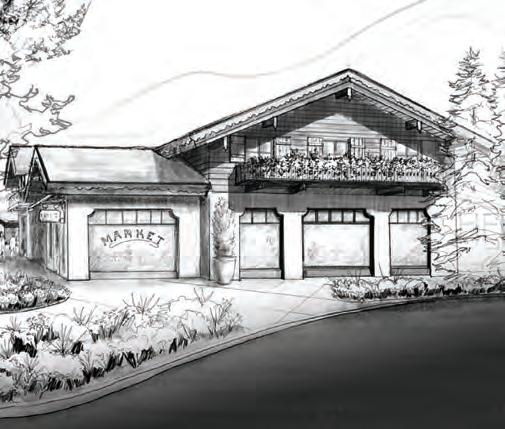
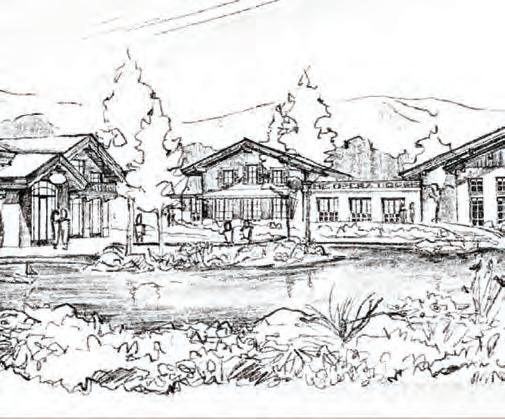
about planning ahead and figuring out what changes are appropriate at what time, and we’re very committed to that. Sun Valley’s owners, the Holdings, are very committed, so that’s just how you know this is important,” Sonntag said.
Reflecting on the unique and special attributes of Sun Valley, Sonntag stated, “The vision is really based on honoring what makes this place so special, and I think there are a few views on that. We would all have our own list of attributes that we think are unique and special about Sun Valley village, and the history.”
As the city leaders prepared to review and approve the master plan, the future of Sun Valley Resort hung in the balance. With a comprehensive and visionary plan in place, the resort aimed to enhance its facilities, improve infrastructure, and preserve the unique charm that had made it a beloved destination for decades. The master plan promised to usher in a new era for Sun Valley, ensuring it would remain a premier destination for generations. ï


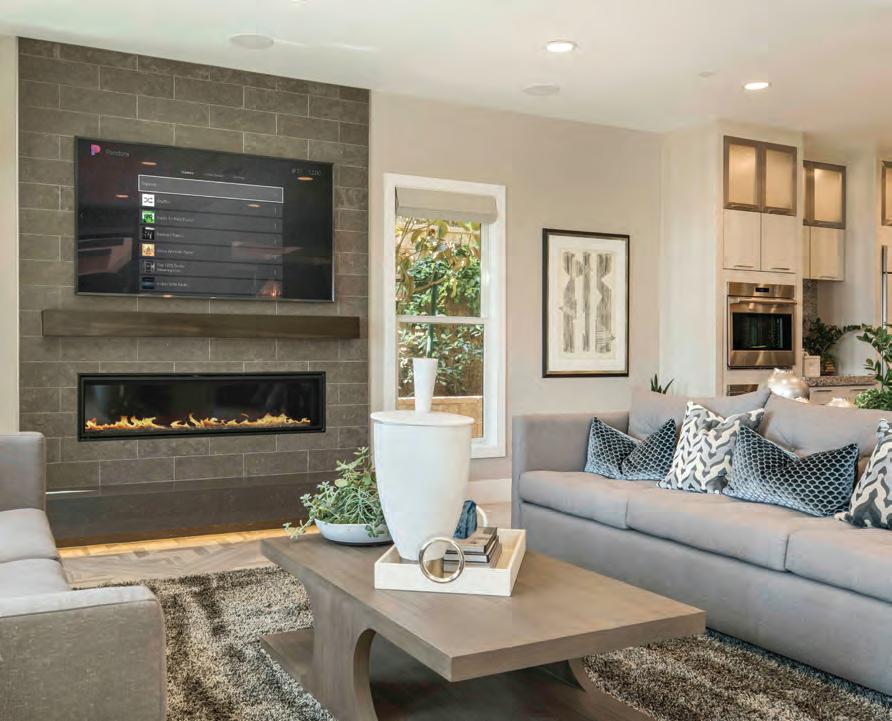





Automation solutions that let you be the conductor of your household–even when you’re not home.
We connect smart devices to work in unison, delivering a truly intelligent smart home experience that makes life more convenient, safe, and enjoyable.
Soundwave is the premier custom installer and electronic retailer in the Wood River Valley.
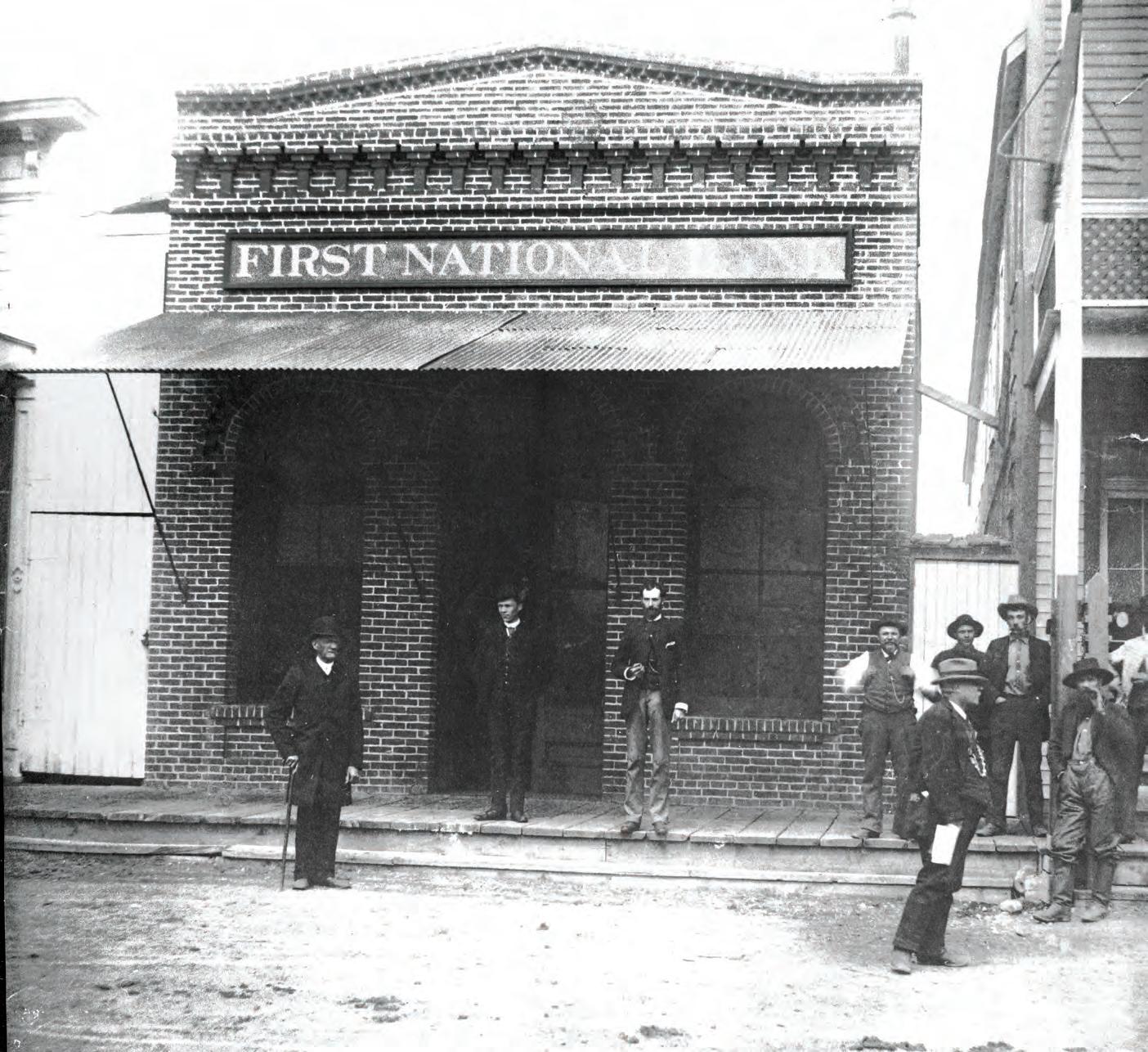
WORDS BY CRISTY SELLAS
PHOTOS COURTESY THE COMMUNITY LIBRARY’S CENTER FOR REGIONAL HISTORY
There was a time when Ketchum’s charm relied heavily on its history; it’s one of the reasons why the Ketchum and Sun Valley areas have remained near and dear to those who have been visiting for 40-plus years; it’s not like a typical mountain town. The vibe and the Tyrolean architecture helped lay the groundwork for the culture. However, instead of log cabins, brick houses and the rustics that make mountain towns
captivating, a giant crane is the first thing you see when you enter Ketchum. That crane is being used to build a new four-story hotel across the street from the relatively new Limelight Hotel.
Our little town has been growing and growing fast. Lately, it seems to be under permanent construction between the roadwork and the workforce housing projects, which are all necessary additions and improvements. But sometimes, with
all the new, we need the reassurance and balance of the old.
Thankfully, we’ve still got that with some of our favorite old haunts and bars and a triad of genuine historic buildings that aren’t going anywhere any time soon.
Why do we care about historic buildings? It’s human nature to wonder and care about where
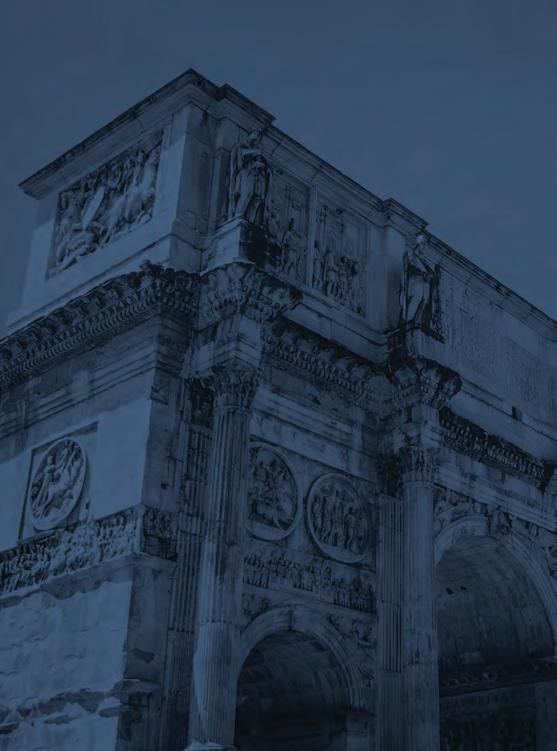
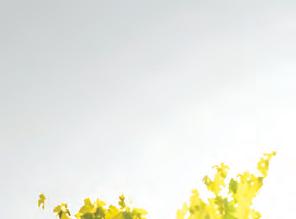
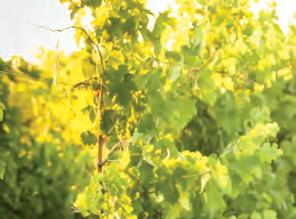






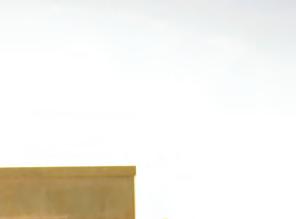






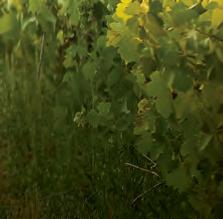
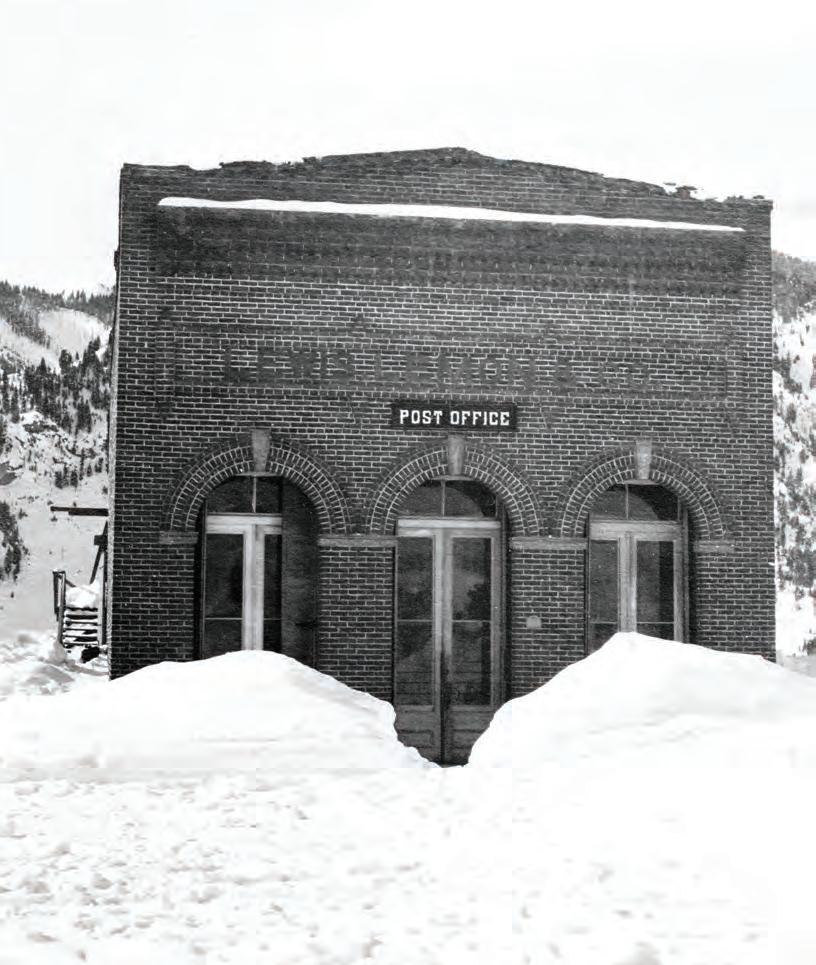
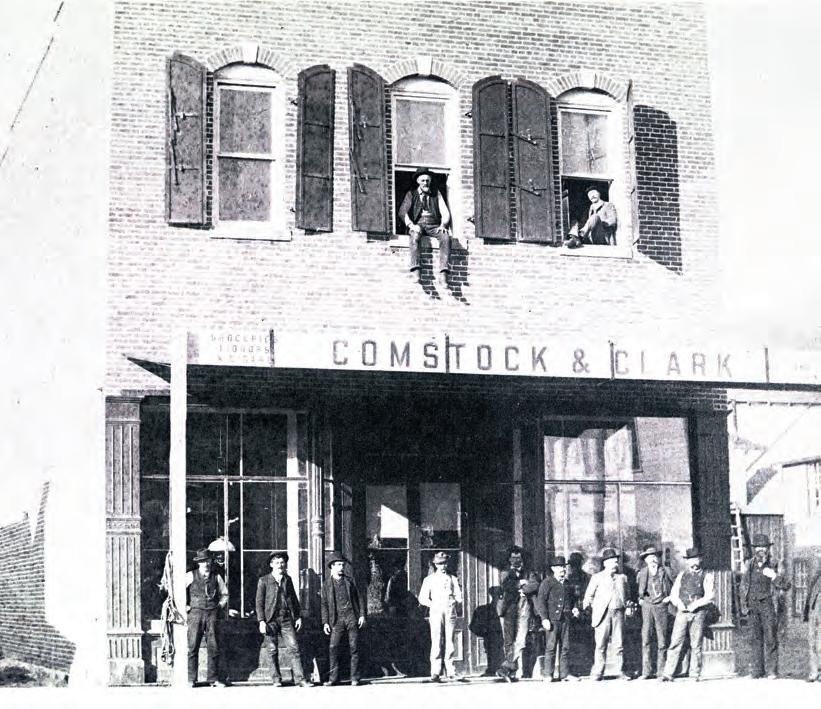
we come from. Stories are great, but buildings form a tangible representation of another time.
Ketchum proudly showcases three unique and historic brick buildings. Isaac Ives Lewis, a banker from Butte City, Montana, was among the first to set foot in what is now Ketchum.
In the spring of 1884, Lewis joined George Griffin to build the First National Bank of Idaho on South Main Street. This building has been home to Chapter One Bookstore since 1970 and now Rocky Mountain Hardware, which faces Main Street.
That same year, Lewis built the Lewis & Lemon Co. general store across the street. This eventually became Griffith Grocery, The Golden Rule store, Iconoclast Books, the Cornerstone Bar and Grill, and now Sun Valley Culinary Institute.
Finally, the third point to Lewis’ brick triangle: in 1887, he built the Comstock & Clark dry goods store, which eventually became Lane Mercantile, a supply headquarters for the booming sheep ranching industry. Enoteca restaurant can be found there now, but the back of the building still proudly tells passersby to EAT MORE LAMB.
There’s just something about brick. It’s simple. It’s basic. It’s irreplaceable. A real brick house (not a frame built with a brick façade) can withstand even the most violent storms. A brick building is mostly impervious to fire, pests, and rot. Bricks can reduce sound and even offer a certain level of insulation. We know how labor intensive the laying of bricks is, so we know that someone cared—someone built that building to last longer than their actual lifetime.
Preservation societies understand that we can continue strengthening our community’s image and identity by caring for our historic buildings and sites. These goals can be threatened by the reality of personal property rights as well as development pressures. Still, once a building is demolished, all we have left are photographs or newspaper clippings.
With all the new construction, having the landmarks and touchstones that feed our basic human need for continuity and meaning is reassuring. When things start to feel overwhelming and alarmingly unpredictable, putting your hands on something solid feels good. We need to know that some things are permanent. Modern times have brought great complexity, and maybe we yearn for simpler lives, the way things were in the “good old days.”



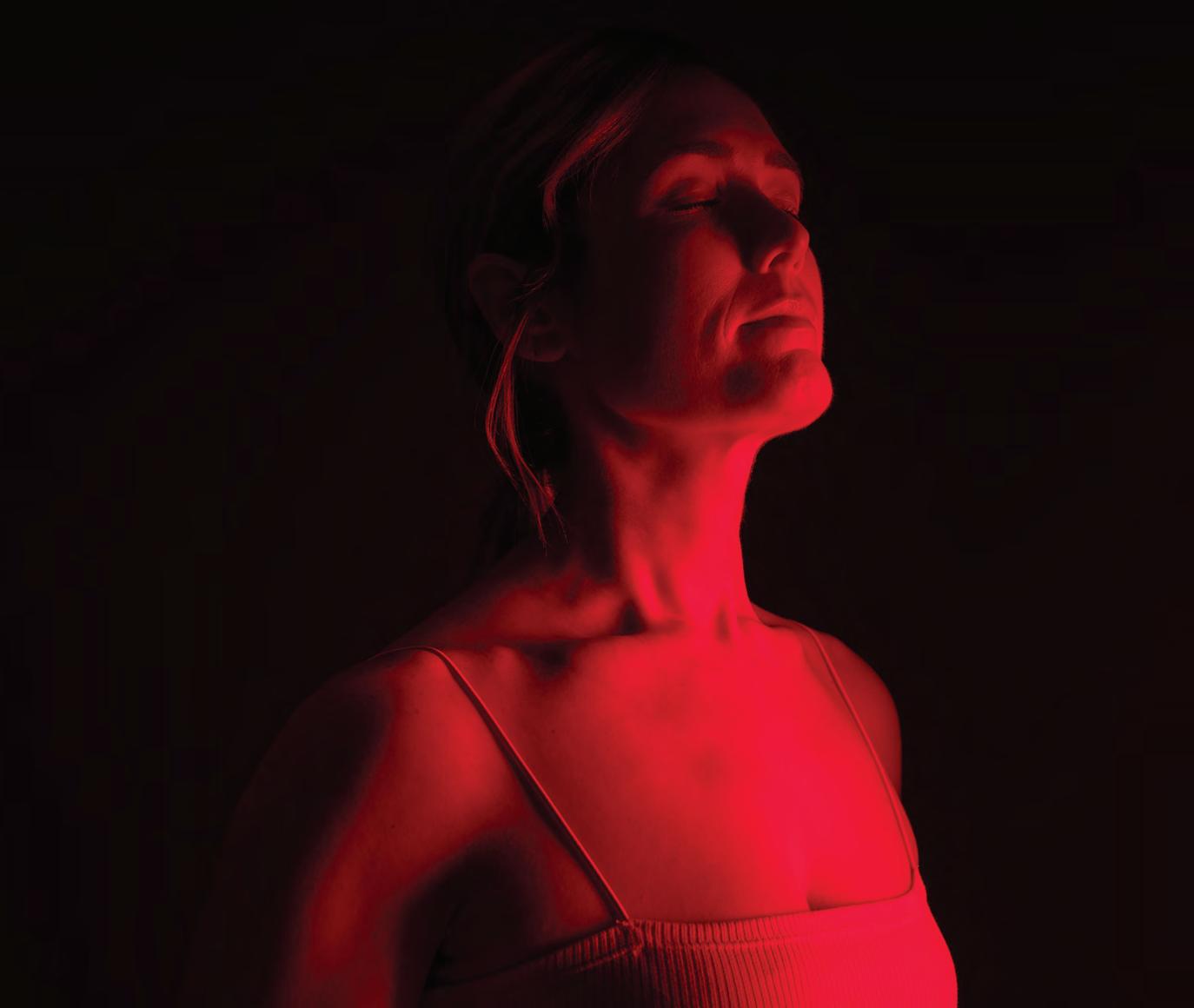
WORDS BY KATE HULL
Th e roots of infrared and LED therapy are anchored in the stars.
No, not celebrities touting the everexpanding benefits of this cutting-edge skin and whole-body healing light therapy (but there are plenty of those). We are talking about those who explore the stars and planets—the astronauts, believe it or not.
NASA first began researching lightemitting diode (LED) therapy in the 1990s to promote cell and tissue growth in healing astronauts’ wounds. Fast forward a few decades, and this therapy has become a staple
in wellness and spa studies, and now it is for at-home individual usage, thanks to its big benefits for both the skin and the whole body.
Blair Lauren Brown, founder of MONARCH Sun Valley (formerly The Well) and a medical integration specialist, explains that infrared light therapy involves using infrared light to penetrate the skin and stimulate cellular regeneration.
“The main difference between infrared light therapy and LED therapy is the wavelength of light used,” Brown said. “Infrared light penetrates deeper into the skin
and has more therapeutic benefits compared to LED therapy.”
But no matter the modality, the benefits of giving your body some targeted light exposure is vast, and includes improved circulation, pain relief, detoxification, and overall well-being.
“What those things do [beyond the treatment] is even more extensive, [like promoting] weight loss, improved digestion, better skin quality, reduced standing heart rate, and more,” Brown said.
At MONARCH, Brown and her network of practitioners offer integrative medicine and
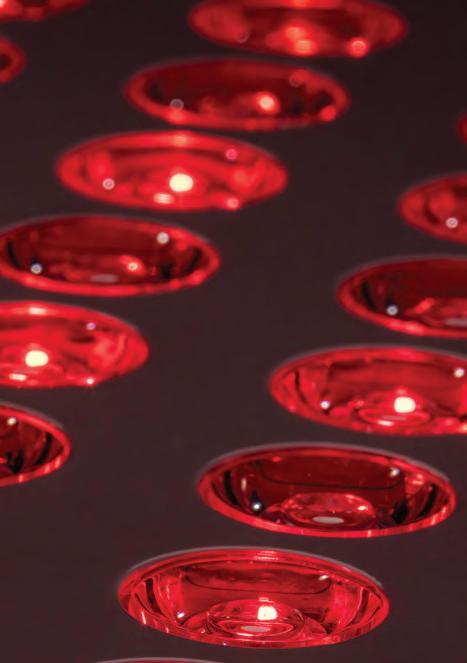

natural modalities that combine medicine and wellness. “Whether through cutting-edge technology, age-old practices of energy work, or advances in Western medicine, we are not beholden to any single style of practice,” she said. “Instead, we intertwine them to create a personalized tapestry for each individual.”
Treatment options for light therapy vary. Handheld heating wands are as affordable as $39. More targeted therapy masks range from a few hundred dollars to closer to $600. Inside the spa and studio, the price range is just as vast as the treatment options.

“At MONARCH, options vary depending on the specific treatment chosen, but typically range from $50 to $150 and last between 30 to 60 minutes.” Brown recommends, however, a monthly membership that includes unlimited infrared saunas, cold plunge, PEMF therapy (infrared heat combined with pulsed electromagnetic waves), and more to really hone in on tracking progress with comprehensive biometric evaluations.
“We are dedicated to making this accessible,” Brown said. “It is not just a luxury thing. It might seem luxurious and,

on the surface, the prices are high, but what we are offering is a really high quality of care. The reality is it is affordable based on what you are getting.”
While the popular therapy has been abundant in the wellness market for over a decade, Brown says it is now more available in the Sun Valley and Ketchum area, and residents are starting to value the benefits.
“It is abundant everywhere, but we are a small town, and sometimes there is limited access,” Brown says. “Now, locals are getting more exposure and getting on board.”
Light therapy, most commonly infrared and LED, penetrates the skin and helps increase cellular production at its core. The increased cellular production helps repair skin from sun damage, aging, and the like. While sunscreen and proper skin care are a must, light therapy can help encourage rejuvenation and minimize the appearance of sun damage.
Beyond the surface level, light therapy has also been found to impact our internal systems.
A study published in the Seminars in

The Wood River Valley community is special. We take care of each other, and we have a proud history of coming together to tackle important challenges. Mental health is one of those challenges.
Individuals and families can contribute to our community’s mental health and well-being by simply spending time with friends, family, and neighbors. We also know from local surveys that many people lack connections to others and are missing out on an overall sense of belonging. Each one of us can work to change that. Our schools, organizations, places of worship, and local businesses play a critical role in setting the tone and building a culture of mental well-being. Fostering conversation, providing resources, and ultimately creating opportunities for connection can happen wherever people gather.
Blair Lauren Brown, founder of MONARCH Sun Valley (formerly The Well) and a medical integration specialist, offers a variety of approachable ways to access light therapy that can be tailored to any specific need, even if that is simply a wellness experience for respite and relaxation. This therapy treatment, she explains, is hugely popular in the wellness sphere, and for good reason. Below are her top science-rooted benefits of infrared saunas and light therapy.
Cardiovascular Health:
Regular use of infrared saunas can improve cardiovascular health by enhancing endothelial function, reducing blood pressure, and increasing heart rate, similar to moderate exercise.
Detoxification:
The sweating induced by infrared saunas helps eliminate toxins, such as heavy metals and environmental chemicals from the body.
Pain Relief and Muscle Recovery: Infrared saunas can alleviate pain from conditions like arthritis, fibromyalgia, and muscle injuries by reducing inflammation and improving blood flow to affected areas.
Skin Health:
The increased circulation from infrared sauna use can lead to improved skin tone, elasticity, and overall skin health. It promotes collagen production and aids in the healing of wounds and scars.
Mental Health and Stress Reduction: Infrared saunas can help reduce stress and improve mood by promoting relaxation and by decreasing levels of cortisol, the body’s primary stress hormone.
Blaine County’s Mental Well-Being Initiative seeks to grow an integrated mental health and well-being ecosystem that improves the lives of all people in our community. “By leveraging and amplifying diverse community efforts, the Initiative supports a shared, integrated, and comprehensive vision for the future,” explains Megan Tanous, Chief Development Officer for St. Luke’s Wood River Foundation. “The Initiative seeks to drive lasting, systemic solutions that help meet some of life’s basic needs, prevent a crisis before it happens, and provide connections and mental health care to all who need it.” The St. Luke’s Wood River Foundation (SLWRF) has committed funding to support this large-scale community collaboration.
With clarity on the problems that need to be solved, the community began to map out solutions and through this listening process, the Mental Well-being Initiative identified five goals to guide community collaboration moving forward.
• Create a collaborative effort that supports and incentivizes local businesses and organizations to offer a multitude of welcoming community-connecting environments and activities throughout the county, with a particular focus on teens.
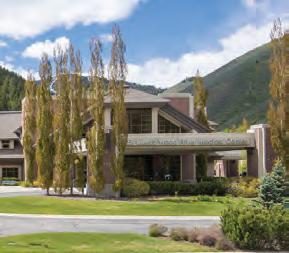
• Build a robust, comprehensive community training and education program focused on building a common language and understanding of resiliency, self-regulation, healthy communication, and crisis de-escalation.
• Increase behavioral health access and capacity for individuals and families by assessing the mental health continuum of care in Blaine County, addressing inadequacies within the system, and building out the behavioral health workforce of the future.
Now, you can choose when to have your reduced-cost annual screening:
• Create a 24-hour mobile crisis response system and crisis stabilization systems.
• Build the infrastructure required to support ongoing collaboration across organizations, entities, and businesses to prioritize our community’s mental health.
• Blood test for HDL and LDL cholesterol, triglycerides, and glucose levels for $10.
In a partnership with Blaine County School District, St. Luke’s Community Health and Engagement team has contracted with Communities for Youth at Boise State University to engage community partners, parents and members in a Youth Behavioral Health Initiative to assess well-being and to focus on steps to help with prevention around youth mental health in Blaine County—an initiative that draws inspiration from the Icelandic Prevention Model, an evidence-based approach successfully implemented in over 43 countries.
• Optional A1c test for people with diabetes for an additional $5.
• Test results will be entered into myChart or sent by mail, if preferred.
The St. Luke’s Wood River Foundation has funded the work of the Mental Well-being Initiative to date and committed three years of additional funding to ensure expert coordination of the community collaboration. The Spur Community Foundation will continue to play a leadership role in the process, along with partnership of St. Luke’s and many other non-profits, the Blaine County School District, law enforcement, faith leaders and other community leaders.To learn more visit https://www.slwrf.org/blainecountys-mental-well-being-initiative
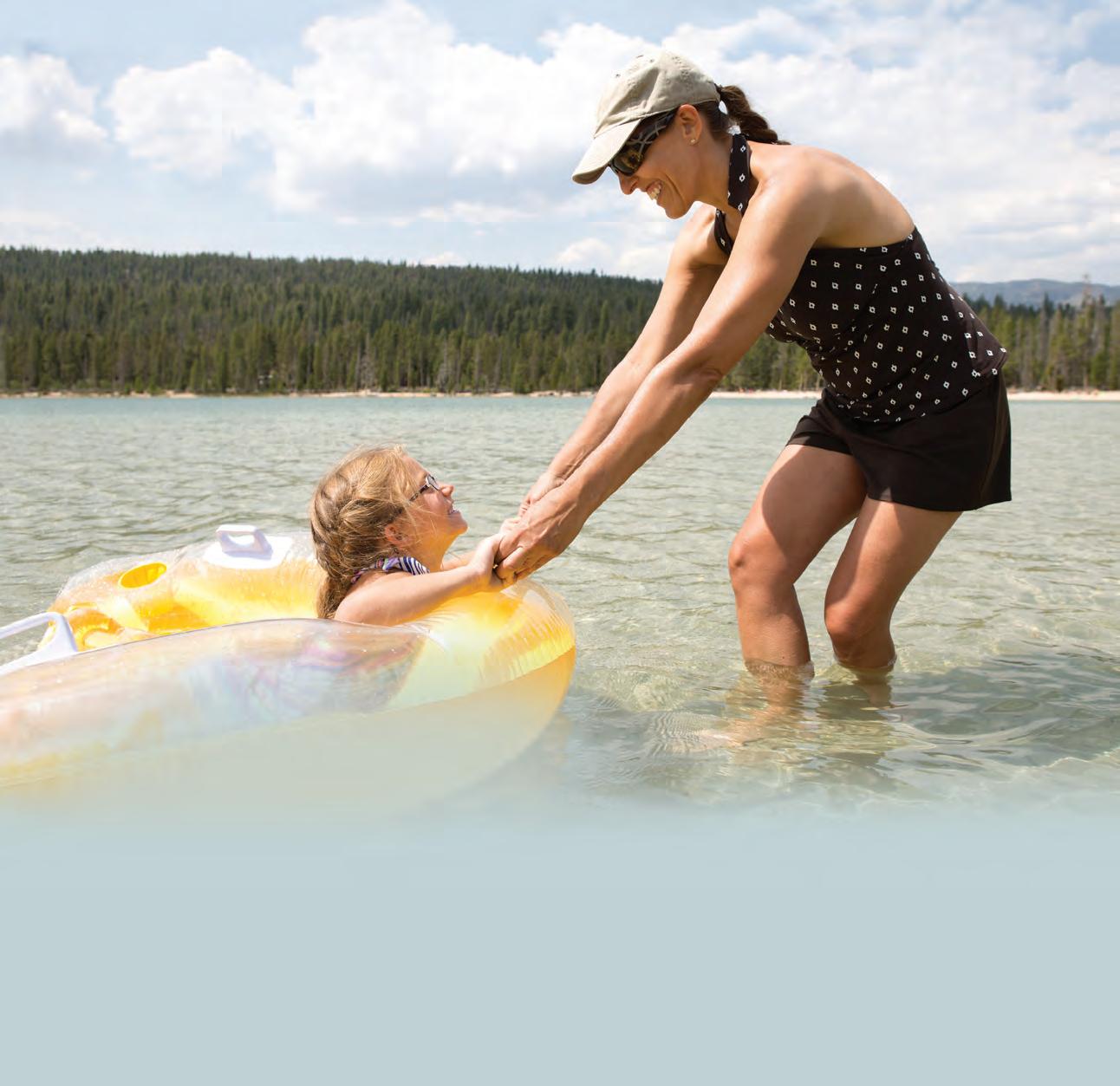
• Payment is due at time of service, cash or check only. Insurance will not be billed.
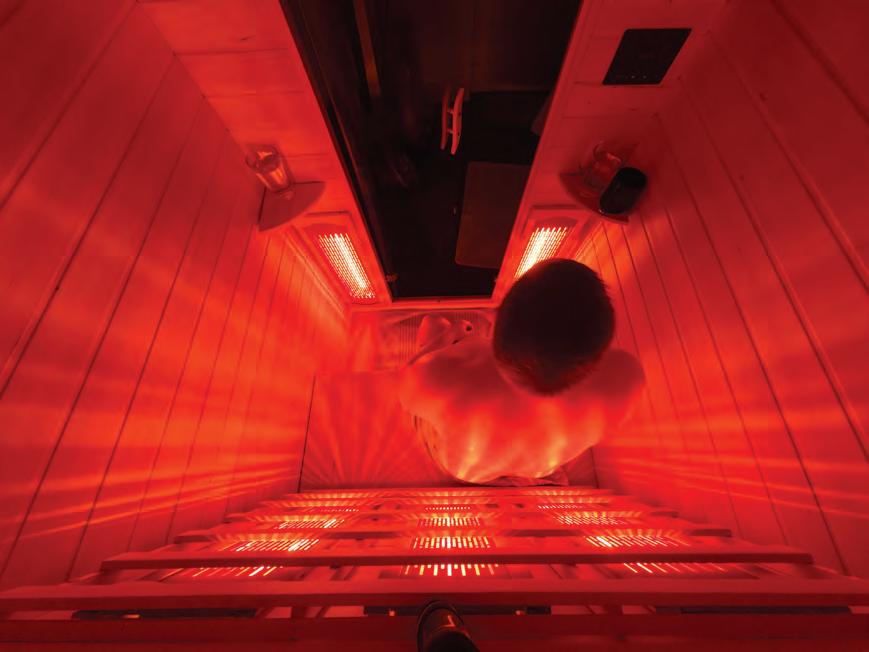
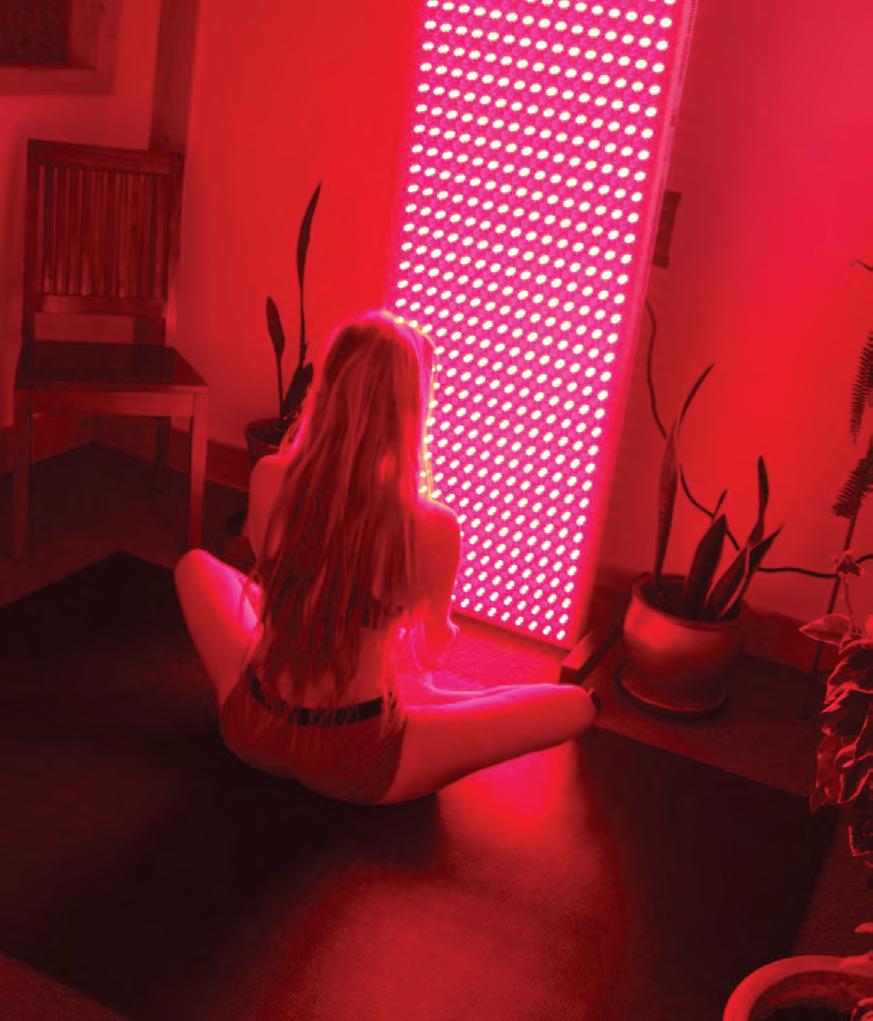
CENTERED by Dr. Molly Brown, 291 1st Avenue North, Ketchum. drmollybrown. com
Current Essence, 111 N. First Ave, Suite 2Q, Hailey. currentessence.com
MONARCH, 471 North Leadville Ave, #4, Ketchum. monarchlongevity.us
The Third Floor Spa, 400 South Main Street, Suite 301, Ketchum. thirdfloorsalon.com
Cutaneous Medicine and Surgery explored light therapy to stimulate collagen, a key protein in our skin and connective tissues. Light therapy was found to increase collagen production and help with skin elasticity, overall skin appearance, and wrinkles. In those early NASA studies, this went even deeper into wound healing, and light therapy is used today to help with burns, ulcers, and other wounds to speed up the healing process.
Brown also points to light therapy’s antiinflammatory benefits for athletes and those looking to soothe their aching muscles. Postski day, an afternoon with some soothing infrared self-care can actually help recharge your ski legs and get your body ready to hit the slopes again.
Targeted wound healing may have been the origins of this whole-body therapy, but today, skin rejuvenation, antiaging, and antiinflammatory properties are popular uses of light therapy.
A benefit not to take lightly, Brown says, is the calming effects of taking a few moments in your week to find some self-care, whether that’s light therapy and a massage or a facial to round out your afternoon, soothing what ails you.
“I believe it is also about taking time for one’s self-care,” she says. “So, really, the benefits are compounded by taking thirty minutes to an hour to decompress and destress. That makes a huge and incalculable difference in most people’s stress quotients.” ï

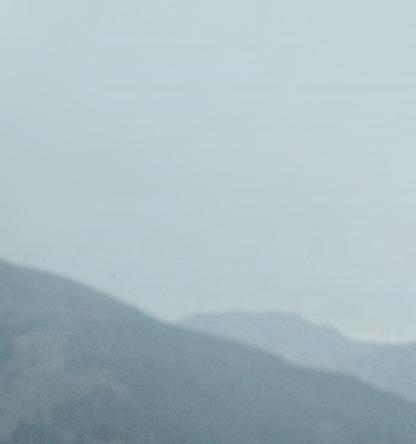
Custom treatment plans guided by physicians and delivered to your door
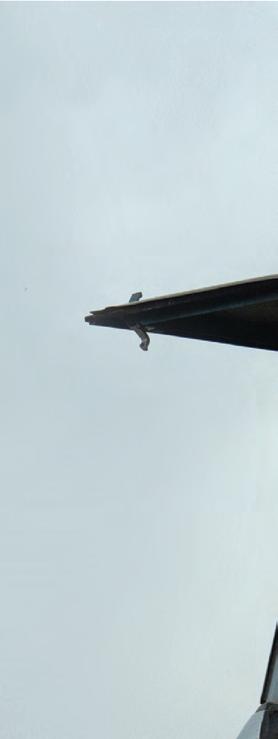
� Semaglutide & Tirzepatide for weight loss
� Testosterone boosting treatments
� Performance enhancing peptides

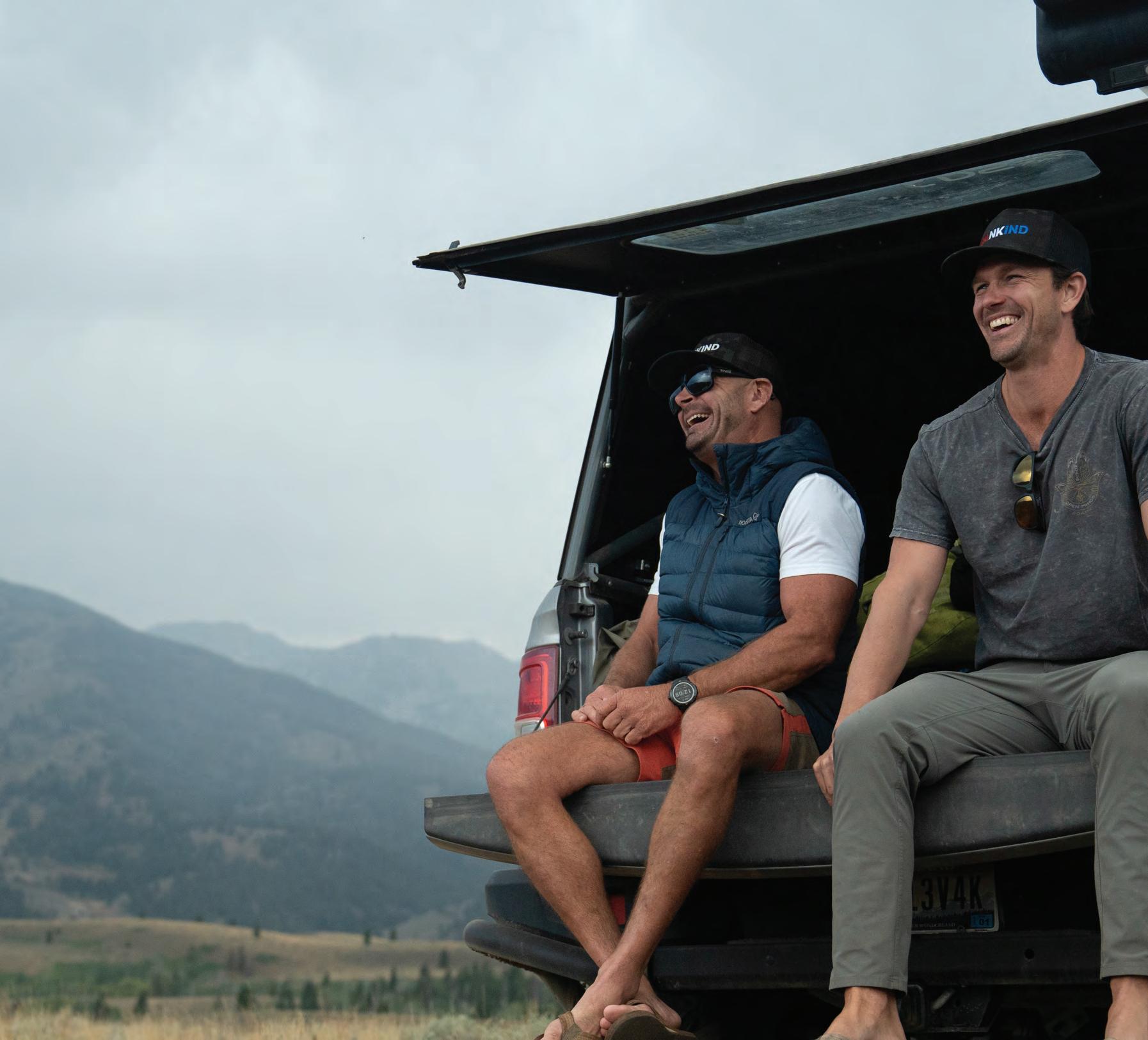
� Anti-aging remedies

Schedule your free consultation at lasara.healthcare/SV








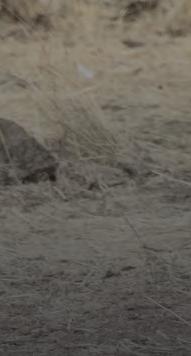
Scan QR code to learn more
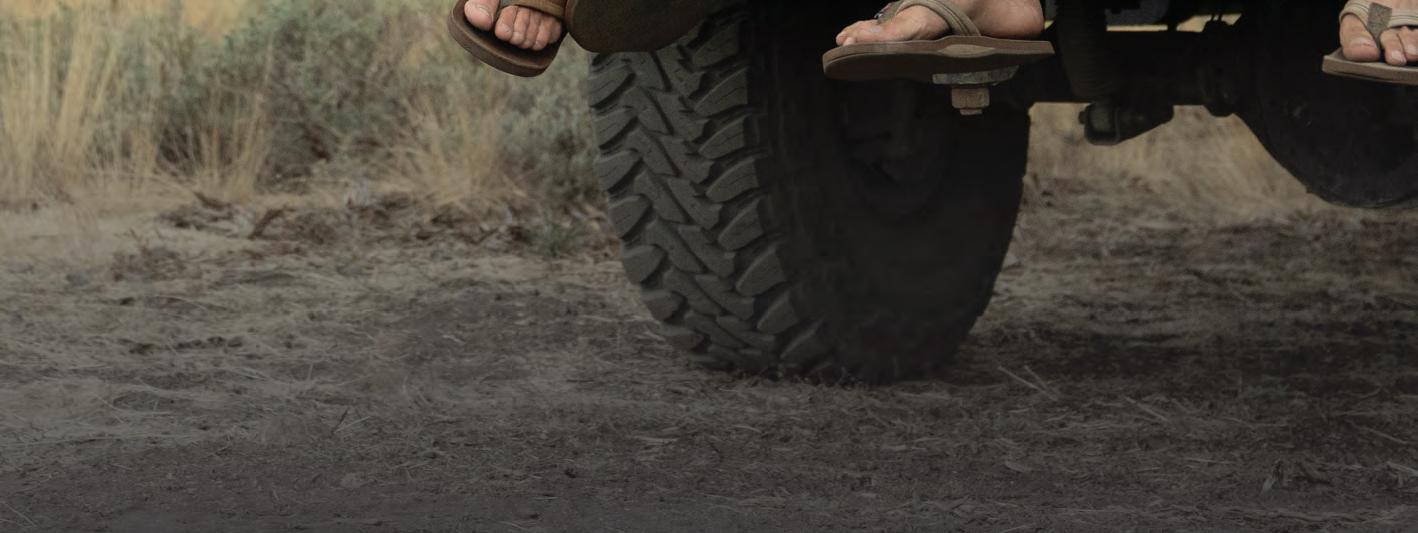

WORDS BY JOHN HUBER
Id aho presents a deep-rooted legacy of bird hunting with plenty of options of game with wide-open land, and unique perspective from the hunters themselves.
Bird hunters cast a different gaze upon the landscape, a gaze that sets them apart from those who have never ventured into the field with a shotgun and a dog. As they journey through the Sun Valley area and its neighboring counties, upland hunters and waterfowl hunters find themselves gazing out of their windows at
the picturesque valley with a sense of wonder. Each avalanche chute, every fence line, every row of corn, and every body of water, be it a lake, marsh, or river, is not just a scenic view but a canvas for three critical questions: “How many game birds might live there? How many migrate there? And is there public access?”
Drive north from Sun Valley, and hunters will encounter forest grouse to the Canadian border, although Galena Summit is close enough. Venturing slightly over the summit
and up the Salmon River, you’re suddenly in Chukar and Partridge country.
Drive east from Sun Valley, and more forest grouse will be found heading over Trail Creek Summit. These eventually give way to sage grouse, which gives way to chukar and, a few hours later, sharptailed grouse.
Drive west, and it’s more forest grouse, including ruffed grouse, which mix with Hungarian Partridge, chukar and quail through desert canyons and thick riparian

A well-trained hunting dog can make or break a bird-hunting experience. English setters have made a mark as among the finest bird dogs a hunter can train.
Not to be outdone by the English setters, the German shorthaired pointer, which originated in Germany in the 19th century, is also a great hunting dog.
As their name implies, Hungarian partridge (Huns) is native to Hungary and some neighboring countries. Chukar partridge comes from the Middle East, like Pakistan and Afghanistan. Pheasants are native to China. Some quail and all grouse are native Idaho birds.
Most hunters in the area shoot 20-gauge and 12-gauge shotguns. A classic over/under barrel arrangement is an excellent gun to learn. Try to find brands that go to “Auto Safe” after discharge. Check Idaho Fish and Game for local Hunter Safety courses, which are typically two-day classes, a requirement for almost all hunters to obtain a hunting license.

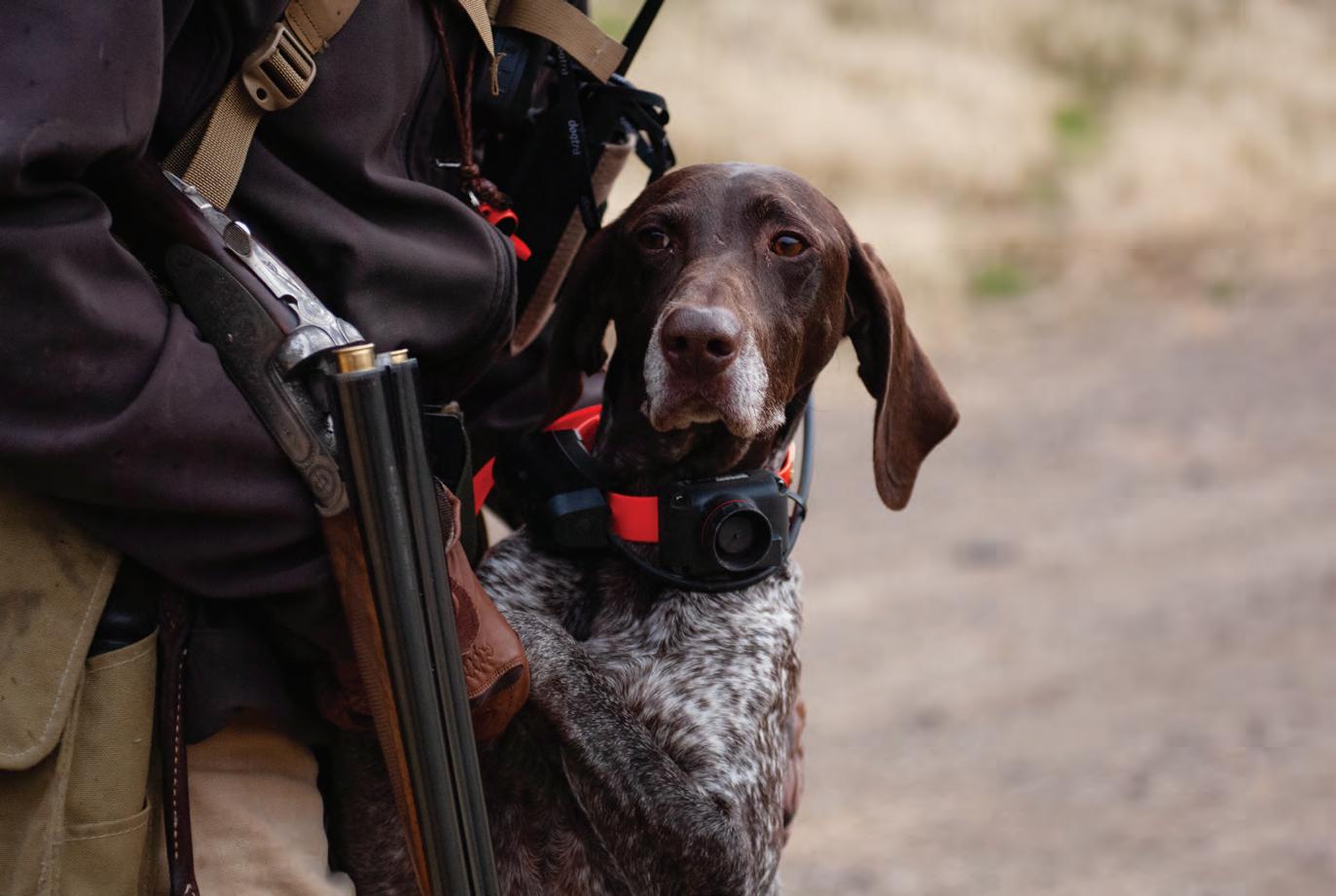
zones throughout the river and creek bottoms, all the way to Boise.
Finally, if one were to head south, hunters would enter one of the finest waterfowl areas in the western states. A true waterfowl Mecca exists most seasons close to Silver Creek and south to the Snake River, including its adjacent corn and grain fields. Besides a huge variety of ducks and greater Canada geese, the Snake River Plain is where hunters would find the majestic pheasant, dove, quail, Huns, and chukar.
The Sun Valley area checks several boxes for hunters. Variety is one of those check marks. Not only is the Sun Valley area a world-class bird hunting area, but it is also a fantastic place for a beginner to navigate the sport. In the valley and surrounding area, hunters will find access to dog trainers and breeders of many local favorites, such as Labrador tetrievers, golden retrievers, setters, and Brittanys.
Starting out in bird hunting, it is only sometimes necessary to begin with a fully trained dog; eventually, the dogs become the reason for
the pursuit. There are two ways to overcome this first hurdle until you decide if you like the sport and want to commit to one or more canine family members. The first is to simply go hunting without a dog. One of the joys of grouse hunting is that they can be found without the aid of a dog’s nose. Wander into the most likely areas, and you will come across coveys of these beautiful birds. Avalanche chutes, old logging/ mining roads, aspen stands, or steep snowberrycovered hills with some waters nearby are all you need to find. Just commit to a few early mornings and late fall evenings.
Local legend Ernest Hemingway was a bird hunter and spent plenty of time afield in the Sun Valley area. A collection of his guns and many vintage photos can be viewed at Picabo Angler near Silver Creek. Most area outfitters offer a guide service for hunting, and the gun clubs can be a great place to find good, safe shooting instructions.
It is not uncommon to find local restaurants and chefs around Sun Valley that will, with some prior notice, prepare game birds harvested and dressed locally. This has been an unspoken tradition between hunters and chefs in this area for many years.
The second suggestion is to find a mentor and, with that said, be able to be mentored. This means safety first. If you see someone gracious enough to help, you learn this sport and return the favor by being hyper-diligent
about gun safety, especially how to be safe in the field and around other people’s dogs. Once invited, you are essentially hunting with two best friends, and you are the third party, so ask lots of questions, follow instructions closely and act with all the caution in the world!
When a hunter is ready to take the full leap into the sport, it will come after a love is found for a certain dog breed. That love will translate into a working relationship, and a new hunter will experience a bond with an animal that









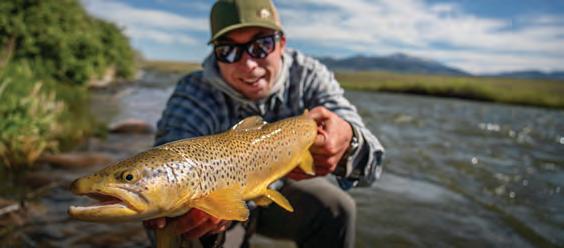

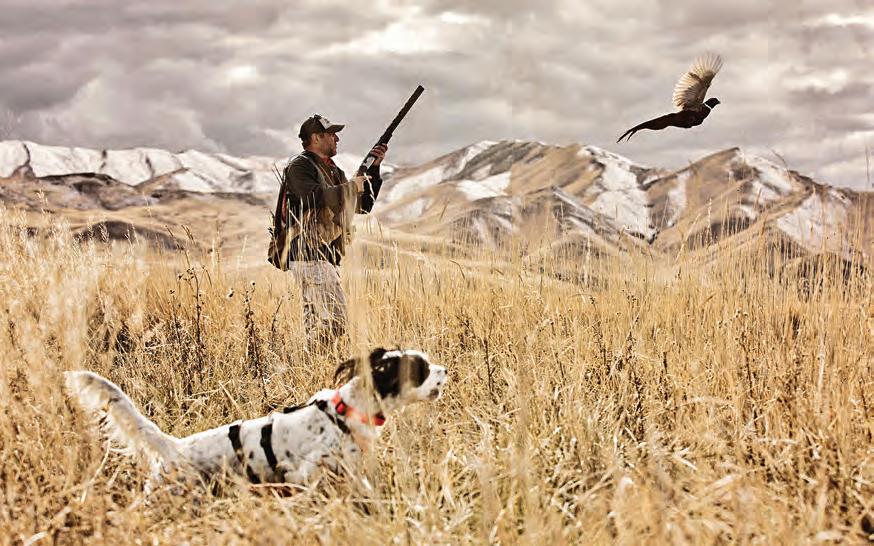


goes well beyond “family pet” and into one of the team. A few seasons of teamwork and, eventually, a glance in one direction is all that may be needed to send your companion that way. Taking a bird from a retriever’s mouth to your hand becomes an act of gratitude and respect. There is no finer joy in hunting than a well-seasoned and well-loved hunting dog.
Another hunting box checked in the Sun Valley area is this amazing landscape’s sheer beauty and wildness. With all the parts in place, including canines, shotguns, boots, whistles, decoys and four-wheel drive, hunters are ready to experience what is truly hard to put into words in a world experienced by few people.
One morning, the soft light of Silver Creek will peek over the horizon, and the first beams of the filtered sun will hit the greenbacks of your well-placed decoys. The sounds of whistling wings overhead will overpower the effects of 5:00 a.m. caffeine, and as a grin takes over your face, you will know your journey was worth it.
When you are on a high-desert ridgeline above one of the many surrounding reservoirs, watching as your dog locks onto a point, you step forth, sending a 50-strong covey of chukar into the afternoon sky, and you fire your shotgun, dropping two for the pot, you’ll wonder why you didn’t start hunting years ago.
Soon, an evening will come, and you’ll look from a steep forest hill to the floor of Sun Valley, where you can see the distant hustle and bustle of traffic moving here and there. You’ll smell fresh sage and fir. Perhaps you’ll see your dog abruptly change direction through the snowberries. You will know that the blue grouse are close. You may feel a pocket of warm air wafting up the mountainside, overcoming the chilly fall evening. In that moment, you’ll swell with the pride and fearlessness needed to be here.
Many like these instances will give new hunters a more intimate look into the Sun Valley landscape and provide an excellent excuse to explore more of Idaho. Bird hunting in south central Idaho should be noticed. From Hagerman on the Snake River to Stanley at the foot of the Sawtooth Range, thousands of bird-hunting adventures are waiting to be found. ï
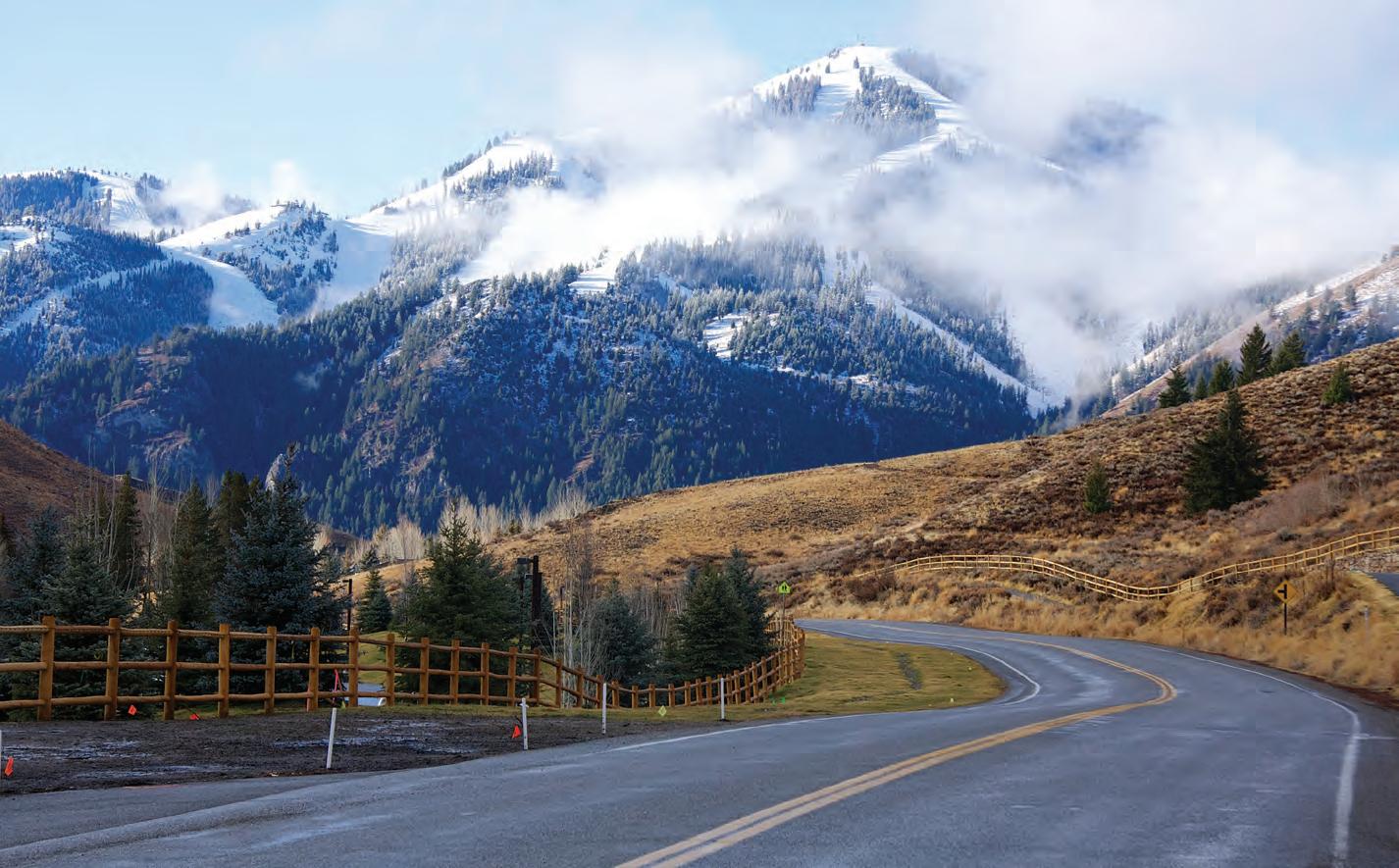

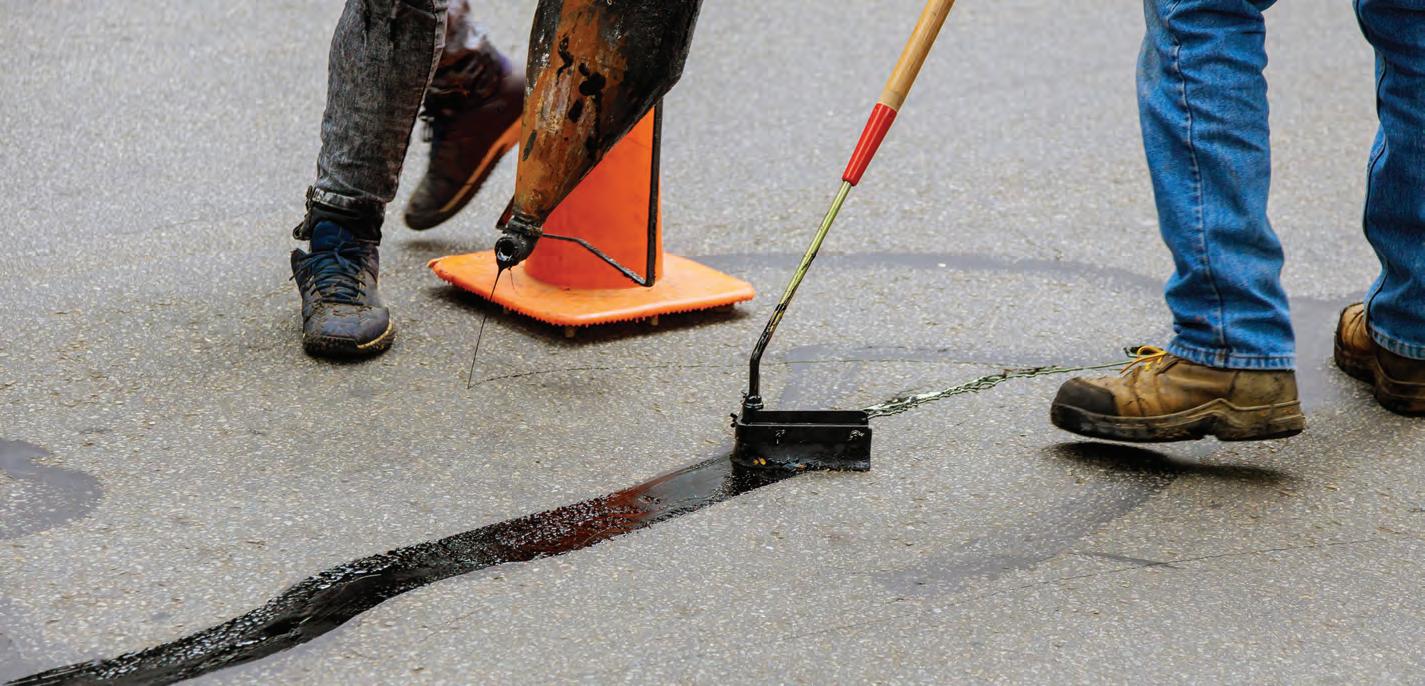


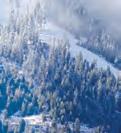



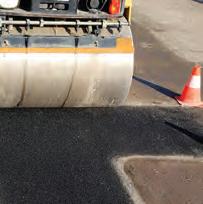





How the cornfields of Idaho became training grounds for the best shooting and tactical teams in the nation

Early on a warm summer morning, a drive through an overhead ranch gate bearing the name Hagerman Wings Farm announces a unique property on the outskirts of Hagerman, Idaho. A much smaller sign reads Shaw Shooting. Both signs are simple and unassuming, but Shaw Shooting is clearly not just a simple gun range—it’s an elite training facility geared toward honing the skill sets of the top U.S. military and law enforcement agencies. This premiere training ground for Special Operation Forces worldwide is right here in Idaho, surrounded by the cornfields of Hagerman and resting beneath the layered mesas of ancient fossil beds.
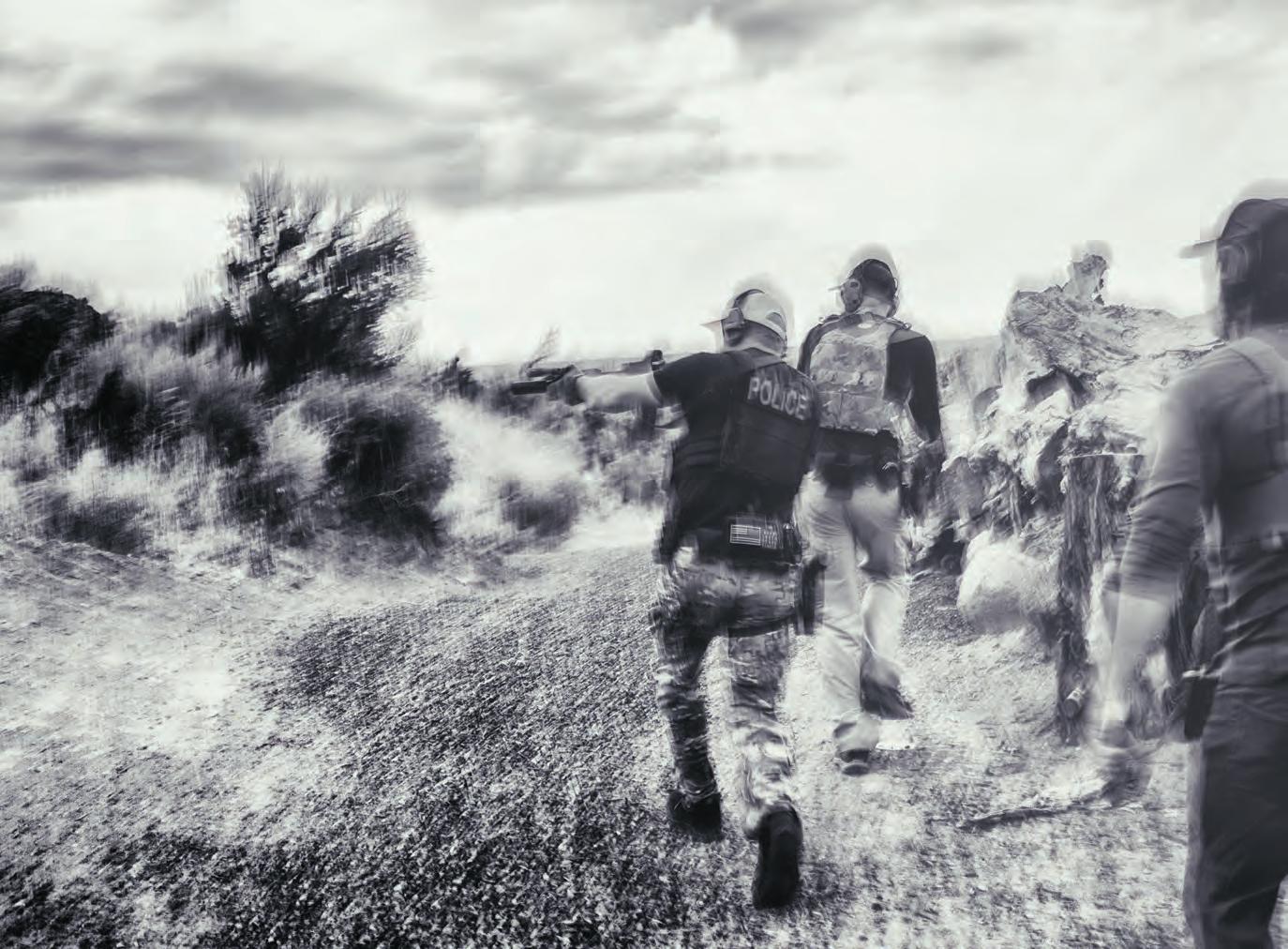
Shaw Shooting offers teams an all-in-one, varied, and extensive training experience. Units lodge and recreate together on the property-bonding before deployment or downshifting upon return.

To see some of the training scenarios (all shot with live ammo) is awe-inspiring. Some ‘canyons’ have 25 bad guys (square heads) and 10 good guys with round heads that a six-man team has to clear. Many are hidden and really close! At the same time, snipers are shooting bad guys 10 feet up the bank from the team from 400 to a thousand yards away, while the six-man team is shooting targets from 6 feet to about 20 yards away with AR-15s. Every situation is covered, from breaking in iron doors to clearing an eight-room house to cars, curbs, and corners that give realistic training in the most luxurious surroundings ever.
Houston Shaw, the owner, founder, and lead instructor of Shaw Shooting, stands ready for arrivals. On this perfectly sunny afternoon, he greets one of the nation’s top federal law enforcement teams, which will spend the week sharpening its firearms skills.
The team is here to complete one of the five-day class sessions that are the bread and butter of Shaw Shooting. Special Operation Forces from various branches of the U.S. and international military come to Houston Shaw and his team of instructors to train and bond at this world-class facility.
Houston Shaw, 36, has mastered an expertise and skill level with firearms that seems only to be equaled or surpassed by his business acumen and work ethic. Competing at national and international shooting competitions at just 11, Houston consistently won or placed at a world-class level by the time he was 22. Being a two-time National Speed Shooting Champion, he is a bit of a protégé as the son of John Shaw, who dominated the competitive shooting scene throughout the 1980s— winning most major shooting competitions in the world.
John Shaw initially recognized that his self-taught shooting tactics and techniques could be used to train U.S. military warfighters. This
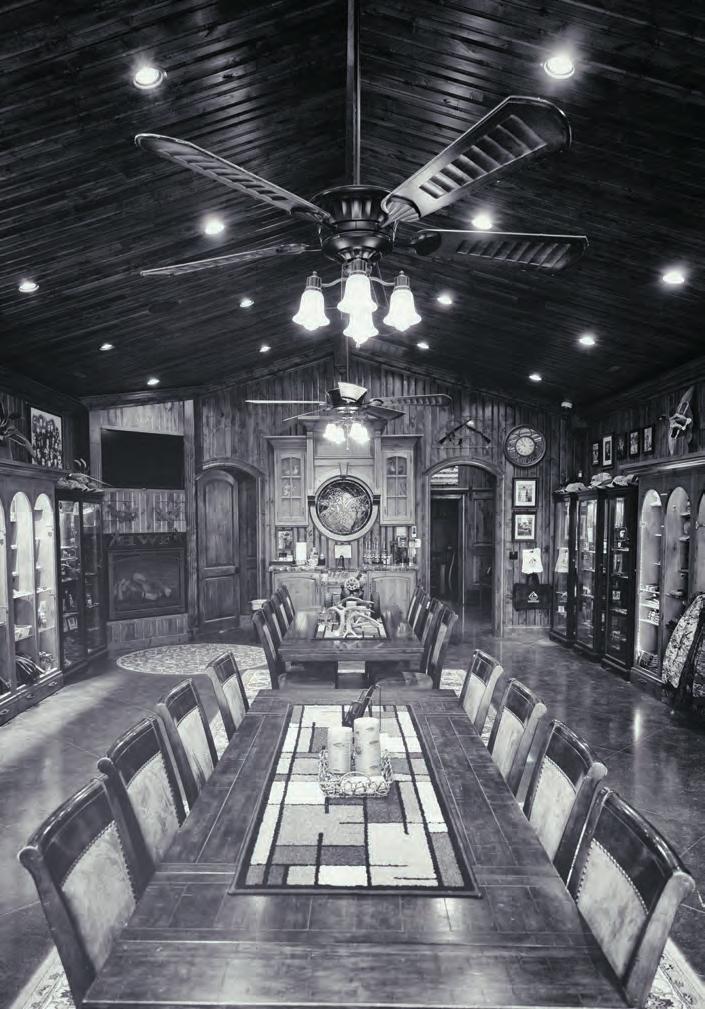
led to his creation of the Mid-South Institute of Self-Defense Shooting in 1981, which was considered one of the finest shooting schools in the world for over 40 years.
Shaw Shooting in Hagerman, created by Houston Shaw in 2012, uses that same template (created by his father at Mid-South), building upon it with specific situational courses and luxury accommodations to encourage gathering and teamwork less than a couple hours southwest of Ketchum. Houston grew up in the Wood River Valley after his father brought the family to Idaho to retire in 1997 (though Mid-South was still operational), so Houston knows the area well.
“Very few people can shoot at a world-class level and also translate those shooting techniques to Alpha War Fighters,” said Houston, who understands that this skill takes time to perfect.
“The process is similar to a comedian fine-tuning a set by performing nightly,” he added, noting that it takes constant reworking and exact timing to get everything right. Driven by his commitment to excellence, Houston created his curriculum using the Shaw Fundamentals from Mid-South. In the first three years of operation, the schedule at Shaw Shooting was filled with businessmen and concealed weapons permit
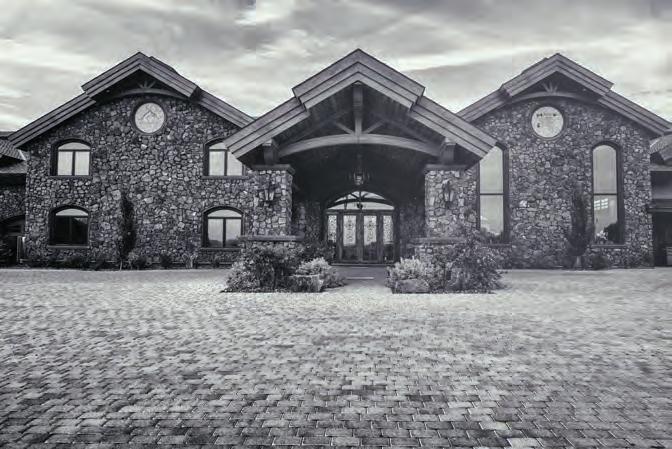

holders seeking civilian training. However, during Shaw Shooting’s fourth year of operation, the local 124th Air Support Operations Squadron from the Idaho National Guard spent two weeks training with Houston and his team, and the success of that training program and positive word of mouth led to Shaw Shooting becoming a creditable training option for the U.S. military. Shaw Shooting is now booked solid for their entire season (mid-February to mid-October) and primarily trains elite military, special operation units, and federal/state-level law enforcement.
So why do these teams need, or want, to train at a “civilian” school? Shaw Shooting offers world-class and in-depth instruction without some of the restrictions the military faces regarding regulations and policy. In an effort to combat complacency and constantly optimize efficacy, the U.S. military is an extremely fluid operation, which means that positions change often within the U.S. Armed Forces and firearms trainers change or are transferred to different units.
Additionally, the world changes, scenarios change, and firearms technology constantly evolves. There is always room for improvement, and even though a team has a leader and a trainer, that trainer often needs new and better training to keep up with changing tech -
nology and best uses or new and ever-evolving situational practice for real-world scenarios.
Shaw Shooting provides the details, technology, and practice ground for higher-level and advanced shooting skills to help prepare teams and complement the myriad other skills that their positions demand. Firearms mastery is just one piece of that skill set, and when the two dozen members of the federal law enforcement team show up at Shaw Shooting, just a few of them may already have high-level shooting skills. This course will allow the elite shooters to further enhance their skills while the rest of them level up.
For the members of the federal law enforcement team and the other teams at Shaw Shooting, training weeks are typically structured into two blocks. The first block consists of teaching students techniques on speed, accuracy, and weapons manipulation utilizing paper ranges. The second block involves rotating students through the Shaw’s various steel courses of fire. Each student will spend an hour at each of the 20 separate steel ranges on the property. Tombstone, Adam’s Alley, Pistol Car Façade, River Range, Coliseum 1 and Coliseum 2 are just some of the names of these intricate set-ups built within the diverse property landscape. A steel range is an arrangement of self-resetting pneumatic steel targets (operated by air under pressure). Each range mimics or reflects real-life threat scenarios an elite team might face domestically or internationally in the execution of their mission—such as extracting hostages out of vehicle traffic or convoys or locating a dangerous target hiding within civilian populations.
At each range, shooters work on critical elements required to stay alive and complete their mission, such as speed and accuracy, reloads, draws and transitions, body position, target movement, positional barricades or vehicle cover, target identification, and timed stress.
Competition is natural and encouraged, with each range featuring a board that displays the best scores and times to date on that particular course. Of course, they’re all erasable whiteboards because as soon as a new record is set, that becomes the time and score to beat. Houston creates each new range based on the course evaluations from the teams following their time at Shaw Shooting. Night shoots were added to the “curriculum” based on these evaluations, and plans are being made to build “villages” to practice more specific hostage rescue scenarios and CQB—Close Quarters Battle.
The strength of Houston’s leadership is tangible and visible, even from afar. He interacts with his operations manager, instructors and grounds teams, maintenance men and construction workers throughout the day. There is a tremendous amount of skill required to prioritize safety while learning combat shooting skills using live ammunition—especially in training courses designed to replicate the chaos and unpredictability of real-life hostage crisis situations or battle operations.
Houston runs everything with precision and incredible detail to ensure smooth, effective, and efficient training exercises. He is kind, soft-spoken and humble, empowering those around him and only speaking when necessary. His father—whom Houston calls “The Wise Old Owl”—is also a man of few words. It is clear that father and son are equal leaders and collaborators, with both Shaws embodying the concept that insecurity is loud and confidence is quiet. ï
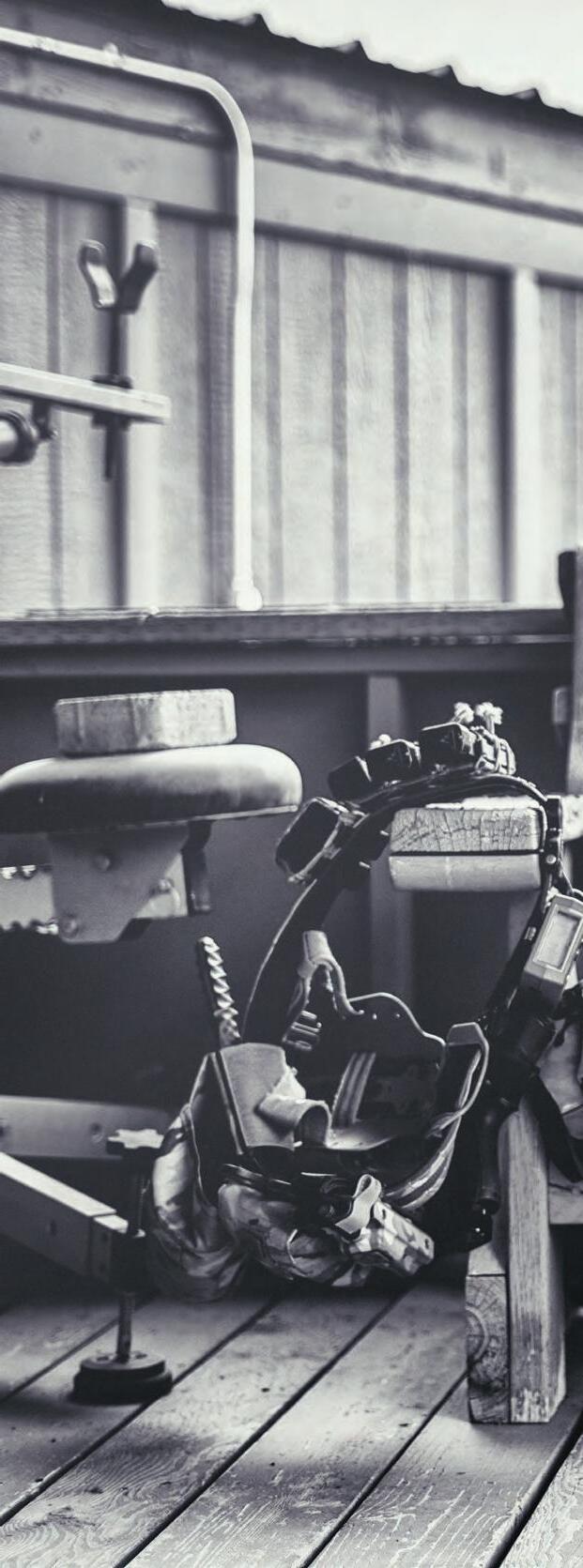
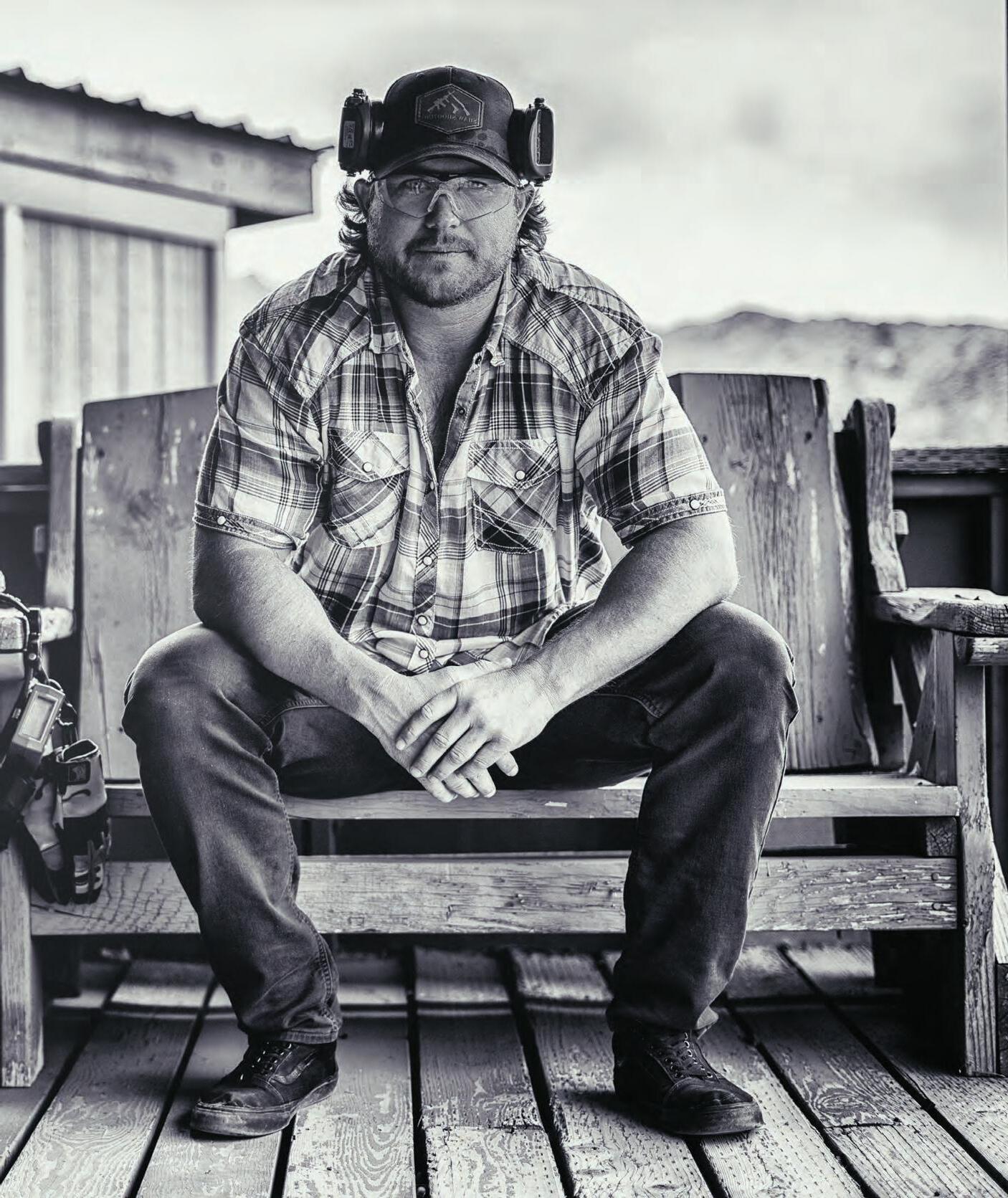
The Shaws also work closely with Ducks Unlimited. Much of their property has a conservation overlay, and they are constantly restoring habitats, preserving waterfowl and wetlands, and respecting wildlife (and people).
BY SARAH LINVILLE
John Koth couldn’t return to Iowa after experiencing mountain life. His entire trajectory changed after attending university in Oregon.
In addition to meeting his wife Sherri in the Pacific Northwest, John discovered that the ocean, the mountains, and the activities they inspired had captured him. He left the mountains one last time to study physical therapy at the Mayo Clinic in Rochester, Minnesota, with the full intention of returning west. He applied to positions in Oregon, Washington, Northern California and, on a lark, Idaho. He accepted a job in Sun Valley, knowing nothing about the place when he arrived in June 1991. Thirtythree years later, he can’t imagine a better place to live and work.
Koth appreciated the relaxed mountain culture, noting the town’s refinement, educated environment, good restaurants, and vibrant art scene. Although he has recently discovered the talents of Ballet Sun Valley, the finer things are not what has kept physical therapist John Koth MPT, MS, ATC, in the Wood River Valley. Koth reminisces that his first ever mountain bike ride was following a sadistic friend straight up Proctor Mountain. He enjoys running and hiking with his golden retrievers, skiing, snowboarding and snowshoeing.
The abundance of outdoor pursuits makes Sun Valley an ideal place to practice physical therapy. The types of injuries and people Koth gets to work with and rehabilitate are quite interesting. These cases often stand out compared to those seen in the general population for two key reasons: first, the injuries often arise from situations that only very athletically skilled or motivated individuals can encounter, and second, the patients often want to return to their high level of activity as soon as possible.
“My work is rewarding,” said Koth, “but I am dealing mostly with the negative aspects of people’s lives, like injury, boredom, frustration, and depression. I act as a consultant and a guide. How can I get you safely back to activity after traumatic injuries?”
Koth often refers to a mantra used by the Navy SEALs, ‘Slow is smooth and smooth is fast.’ Recovery is patient-driven, and people can be impatient to get back to activity, especially when those people come from a community of generally high-functioning overachievers.
As Koth said, “In this community, if a little is good, then more is better.”
Koth actually enjoys this local mindset because it allows him to get creative with his methods of physical therapy. Generally, the primary
goals are to get a patient to walk on flat ground again or to stand up from a seated position. Many of Koth’s patients are trying to mountain bike, ski, trail run, and/or go kite foiling again. The creativity in Koth’s work comes from trying to replicate the same actions the patients utilize in their sports or activities.
There isn’t a specific protocol for getting someone back up on their paddleboard on Redfish Lake after a hip replacement. For example, Koth uses a creative tool called ‘Rehab by Trail, Hiking Edition,’ where rehabilitation is measured by a patient’s ability to comfortably accomplish a specific hike. Starting with the enjoyably mellow Adams Gulch trail, moving up to the reliable Baldy trails (that offer a rehabfriendly gondola decent) and graduating to the rapid elevation gain and summiting of Sun Peak.
“I can’t tell people what risks to take,” Koth said, shrugging, “but I hope to put people back in action as prepared as they can be. And most people will say that they’re in better shape after rehab than before they were hurt.”
Koth attributes his success as a physical therapist to listening and learning from his patients, a skill he attributes to his parents’ teachings. His father was a preacher, and his mother a teacher. He has fostered a practice that is both personal and highly effective. His ability to connect with the community and his passion for the active lifestyle they share have made him an integral part of the Valley. He has made a meaningful impact and, in return, has found a sense of fulfillment and belonging.
As Koth reflects on his time in this close-knit town, he acknowledges the profound responsibility and joy of his role. “There’s a group of physical therapists who have been around for the last 20 years, and we all stay for the same reasons,” he said. “Because we get it. We understand the people here.”
John Koth’s journey from the Midwest to the mountains of Sun Valley is a testament to the transformative power of nature and community. Over three decades, in a place where mountains inspire a drive for excellence and adventure, he has built a life and career deeply intertwined with the lively spirit of the Wood River Valley. His innovative approach to physical therapy highlights his commitment to helping patients not just recover but thrive. ï


BY PATTI MURPHY
Sun Valley resident Louisa Cook Moats, EdD, is known as one of the nation’s leading authorities on literacy and how children learn to read. Throughout her career, she has been a researcher, teacher, psychologist, graduate school faculty member, and author of numerous scientific journal articles, books, and policy papers, reading, spelling, language, and teacher preparation.
Her path to this prestigious station began with a college degree in music and a stint in secretarial school, learning how to type. According to Dr. Moats, she was attending Wellesley College as a music major and didn’t have a clear idea of a future career. So, she enrolled in secretarial school to learn typing and shorthand and soon thereafter was hired in a neuropsychology laboratory to type reports. After about eight weeks, the clinic supervisor gave her a white coat and said he would train her as a lab technician. She began giving neuropsychological tests to adults and children, and her interest in teaching students with learning disabilities was soon sparked.
Moats went on to earn her M.A. in special education at Peabody College of Vanderbilt. However, after graduating, she still felt unprepared to teach students with reading, spelling, and language difficulties as the field was still so new. After years of working in various education-related jobs, she applied to the Harvard Graduate School of Education where she earned her doctorate in reading and human development. It was there that she learned the basics of research design, analysis of evidence, and statistics.
Among Moats’ major contributions in the field of literacy is LETRS, or “Language Essentials for Teachers of Reading and Spelling,” a professional development program that helps educators understand how students learn to read and write, recognize the reasons why some students struggle, and determine what must be taught to increase student success. It builds teachers’ knowledge of language structure and the processes involved in learning to read, spell, and comprehend, and then apply that understanding in their classrooms. Published in 2001, LETRS is now being used by about 300,000 teachers nationwide.
“LETRS in its present form is a result of about 30 years of work, figuring out how to get teachers to teach kids to read, and what reading science tells us about how to get good results with kids,” said Moats.
“ In my first job in a neuropsychology clinic (in the 1960s), we evaluated kids with reading and writing disabilities. They were suffering, and we
didn’t know how to help them. We had no name for their condition, at least one that I thought was valid.
“Then, when I was studying reading and language in my doctoral program in the 1970s, I learned what dyslexia really was—a languagebased learning disability that affected between 5 and 20 percent of the population. I started publishing my own studies of kids and their teachers in journals devoted to understanding dyslexia.”
Moats said that during her career, she has had to change her thinking about dyslexia many times. “I was surprised that through neuroscience, we could actually see the brain’s activation patterns and how they change in response to instruction. And I was surprised to learn how complex a condition is, with multiple causes, symptoms, and no simple profile that would be a ‘classic case’. I wanted there to be a clearly defined syndrome, and the more I learn from research, the more I see that’s not true.”
She served on the International Dyslexia Association® board for many years, edited their publications, and wrote standards for teacher training that are now widely used and referenced. She was also recruited to write the Idaho Dyslexia Handbook, which the Idaho Board of Education adopted in 2022.
For her work in the field of dyslexia, Moats received the prestigious Samuel T. and June L. Orton Award from the International Dyslexia Association® for outstanding contributions to the field.
Moats said she is retired but “still busy and keeps her hands in a lot of programs,” including as secretary of the board of The Space, the Hailey nonprofit offering after-school and summer programming for middle and high school kids, and as an officer of the Wood River Women’s Foundation.
“I encourage state efforts here in Idaho, such as the Sun Valley Early Literacy Summit at the Ketchum Community Library and the State of Idaho SMART project,” she said. Her textbook, Speech to Print, came out in 2020 and became the basis for Idaho’s SMART Project—Striving to Meet Achievement in Reading Together—a statewide teacher training program adopted in 2021.
Today, in her “retirement,” Moats golfs, or as she says, “I play golf a little bit, badly! I have a bike and work out at the Y, and I hike.” However, she refuses to reveal her favorite hiking trail, saying with a laugh, “I won’t tell because more people will use it, and it’s my private Idaho right now. ï
For the full version of this story, please visit www.sunvalleymag.com
BY CRISTY SELLAS
There are a few places in Ketchum where you are guaranteed to see someone you know; among them are Atkinsons’ Market, The Pioneer Saloon and Silver Creek Outfitters.
Silver Creek Outfitters is the longest-operating flyfishing shop in the state. But locals and tourists don’t just come into the shop for flies— they might go downstairs to talk guns with Idaho Joe and Tad; they might belly up to the flyfishing desk and talk about what’s hatching with Stod . . . or they might hang out in the back parking lot with the guides to hear about the day’s catch.
Terry Ring is the man behind this operation. His character, integrity, and devotion to detail and tradition have made this store and its worldclass flyfishing guiding service into the destination it has become.
When asked what he loves about fishing, Terry says the beauty of the sport has always drawn him in—the stillness in observing the river, the quiet of nature, and the predatory aspect of tricking the fish into being caught but then allowing them to swim away. It’s non-consumptive. Every moment is a picture—Terry’s second passion is photography—so he’s always framing photos, whether he has a camera around his neck or not.
Though Terry is busier than ever, he doesn’t have much time for photography... or fishing! He’s often on his feet for up to 12 hours a day. He founded Silver Creek Outfitters, a Sun Valley institution and one of the finest flyfishing guiding services in the country. He’s been doing that for half a century and over 30 years in SC’s current location—on the east side of Main Street at 5th Street—a place to shop and talk shop. It’s a destination for the right flies for the river, the right dress for the Sun Valley Pavilion, the right gun for elk season and the right Stetson for the Cowboy ball. Terry has ensured that Silver Creek offers everything one could need for their Sun Valley Lifestyle—all year round and under one roof. But it was a slow process— “not a revolution, but an evolution,” as he said.
Terry’s not just the owner—he’s the chief merchant: buying, merchandising and selling. And he’s particular about how the store is presented, so he’s there—all the time. And Terry hires people who share his values and strengths—people with emotional intelligence, which can’t be taught. He feels an obligation to the sport to teach it well.
Terry was born in Lewiston but grew up primarily in Coeur d’Alene. His father was a fly fisherman from Montana who made his rods and tied his flies. He shared that passion and taught those skills to his son when Terry was just 7. As an impatient child, Terry found the only thing he had the patience for was fishing, which he loved, even at such a young age. He had a cane rod and rubber hip boots and fished alongside his father.
As a youth member, Terry joined the Boise Valley Fly Fishermen’s Club in high school. By the time he was in college, he was tying flies for Orvis and spending his summers working as a fly fishing guide. “I was shocked you could get paid to fish,” Terry said. He attended Boise State, and Will Godfrey, one of Terry’s early mentors and a member of the Fly Fishing Hall of Fame, hired him to work summers at Island Park.
Silver Creek Outfitters began as Dick Alf’s Fly Shop in 1963—a small fishing gear store with guide service, located where Chapter One Bookstore is now. Alf’s had hooks, thread, feathers and head cement, which kept the store running until 1979, when Terry was hired as a guide. Dick moved the store to a slightly bigger location across the street from the current space in 1973, and in 1979, he sold the shop, which is when Terry became a limited partner.
The shop was still primarily “hooks and bullets,” as Terry said. Still, in the early ’80s, the owners began to diversify, allowing the store—through its merchandise—to become a year-round business. In 1994, Terry built the current building—a beautiful 8,000-square-foot log structure that feels like a luxurious and well-appointed home.
In 1979, Silver Creek had three fishing guides—now there are 40, with a core 25 doing the “heavy lifting.” This roster even includes two world champions. Through Terry and his guides, Silver Creek offers the very highest levels of service. Terry wants to ensure his guides are prepared for anything they encounter and work as a team, sharing knowledge and information with constant and complete cooperation. Terry believes in “always learning” and creating a culture of sharing and teaching.
Terry’s wife, Susie, is the buyer for the women’s wear in the store. The clothes, shoes, hats, bags and jewelry are unique and high-end—Demi Moore and Jamie Lee Curtis (among others) are regular customers. Terry’s son, Will, is also an avid hunter and fisherman, but he’s a sophomore at USC.
Kathleen Harriman—the daughter of Sun Valley Resort founder Averell Harriman, did all her Christmas shopping at Silver Creek because she knew that only Silver Creek had those one-of-a-kind gifts for her glitzy circles of friends.
Terry is proud of his store and its place in the community. He’s proud of what he’s accomplished. He’s created an incredible level of service and a shopping destination for locals and visitors worldwide. He said, “We’ve made it through fire, flood, war, pandemic, recession. We’ll be here for a long time.” ï


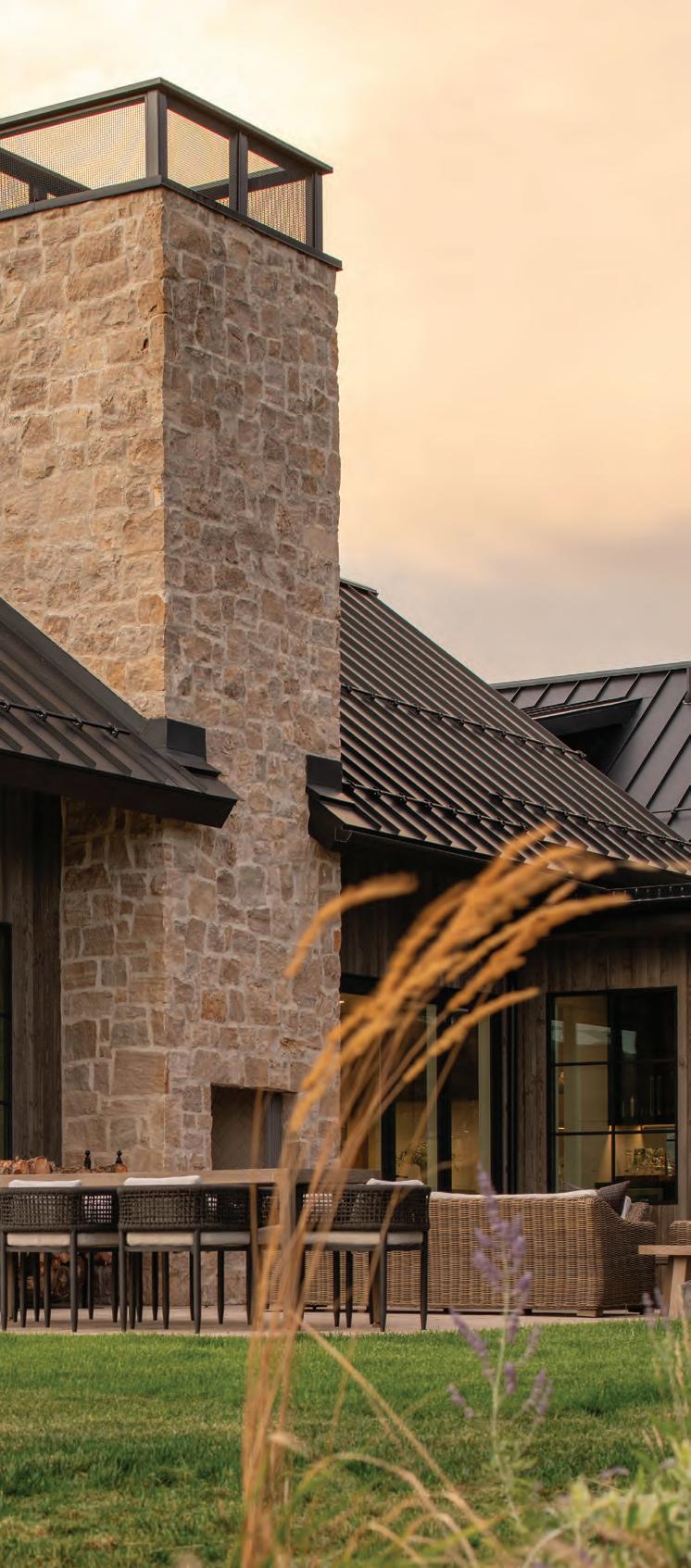
WORDS BY LORI WILLIAM PHOTOS BY GABE BORDER
When Stefanie Togni decided to retire as an interior designer to devote more time to her art, she saved the best client for last – her family’s dream home in the Wood River Valley.
Even though she actually wanted to fire herself a few times, she ended up nailing a design brief she’d written when interviewing potential architects to design their home, one in which the most important consideration was capturing sunlight and views, as well as offering a seamless flow from indoor to outdoor living. Stefanie also gave the interior design a persona to ensure cohesiveness; a feel of John Wayne meets Ralph Lauren meets Frank Sinatra. “If the house were a person, it would be a cowboy, one that listened to Sinatra and drank whiskey in a bubble bath; a mix of California vibes in the mountains, rustic but playfully tasteful,” she said.
Stefanie and her husband, Greg, had found the perfect lot on a private bench overlooking The Valley Club, an area already permitted for development by Bluegrouse Ridge Development. The Tognis loved the exterior plan, designed by Brunelle Architects, but Stefanie modified the interior floor plan to reflect their needs and personal living style. That included converting a 4 bedroom, 5 bath floorplan to 3 bedrooms, 3.5 baths, and a bonus room over the garage. In addition, she minimized hallways and designed inviting passageways to allow for creative flow between spaces.
ARCHITECTS
BRUNELLE ARCHITECTS
ENGINEERING
GARCIA MASONRY
LANDSCAPE ARCHITECT
KURT EGGERS
BUILDER
MAGLEBY CONSTRUCTION
INTERIOR DESIGN
STEFANIE TOGNI
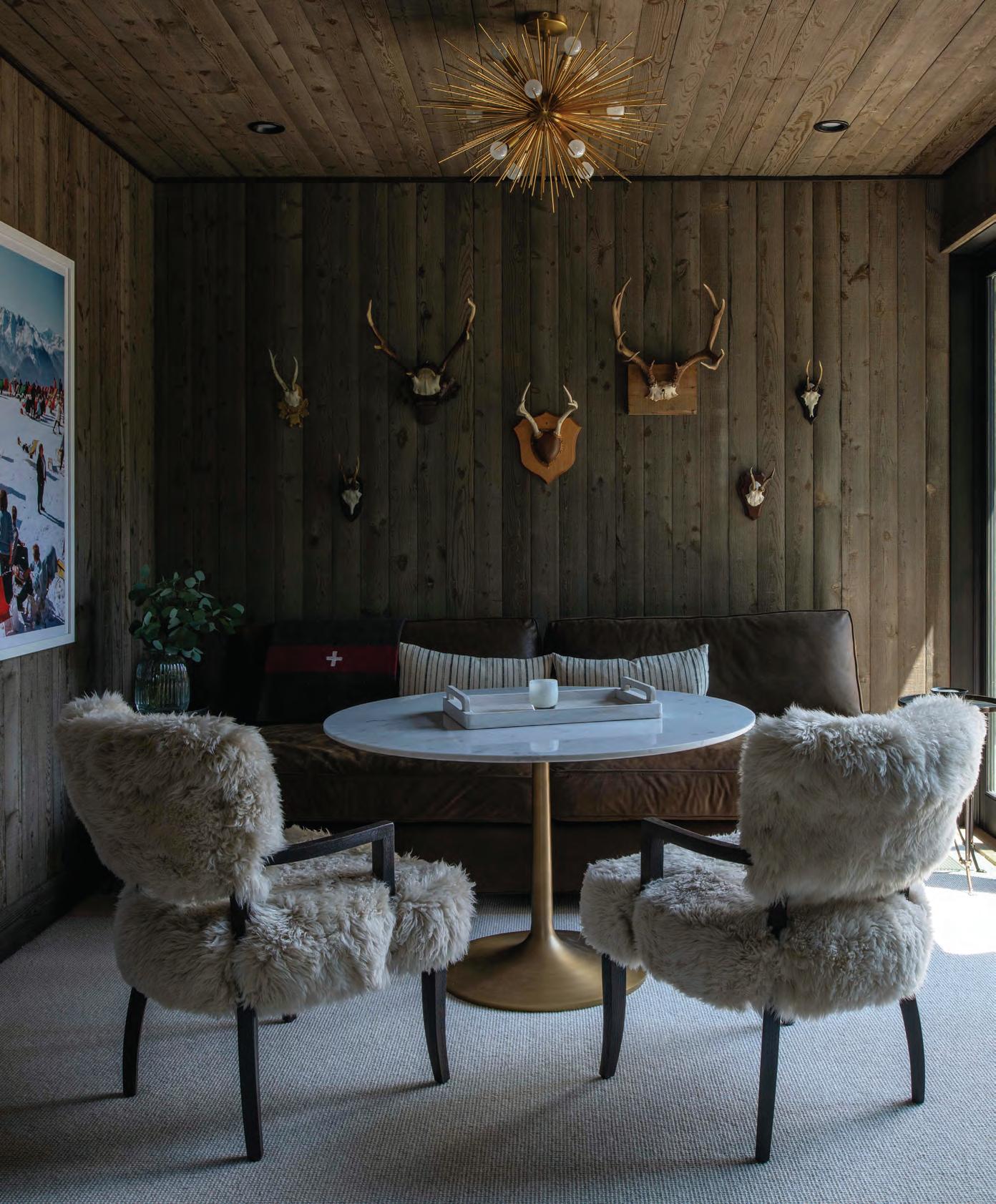
One of the family’s favorite rooms is the study, paneled in the same barnwood siding as the exterior, for a small, dark, and cozy ambiance –think a sophisticated version of the Pio – but with large patio windows and doors for an expansive view. “We love having fondue in there and have used it multiple times for cozy holiday meals,” says Stefanie. A wide pocket door in the middle of the study’s walled bookcase leads into a media room. Through this space, you can comfortably access a bedroom in one direction or back around to the great room in the other.
Perhaps the most striking element of the interior is the impact of the expanse of windows surrounding the great room. Sweeping views of the valley are immediate, a feeling reminiscent of being in a snow globe. “I wanted the views to be evident upon walking through the front door,”
Stefanie said. “That’s one of the things we loved about this area up on the ridge. The light is long, the views spectacular, and the sunsets stunning— all set against Stefanie’s timeless and rustic aesthetic showcasing the designer’s personality.
The bonus room was intended and built as a casual space for their teenage son to hang out. More expansive windows were added to embrace the rooflines and view beyond. Another fun design element was the addition of a secret barnwood-paneled, remote-controlled door that leads to Greg’s office. “I decided that when we are in town, I wanted my husband to have an office but not necessarily think about work when he walks past it,” she said.
The Tognis love to entertain, and five sets of patio doors spill out to immense outdoor dining spaces. “We wanted to ensure there was a
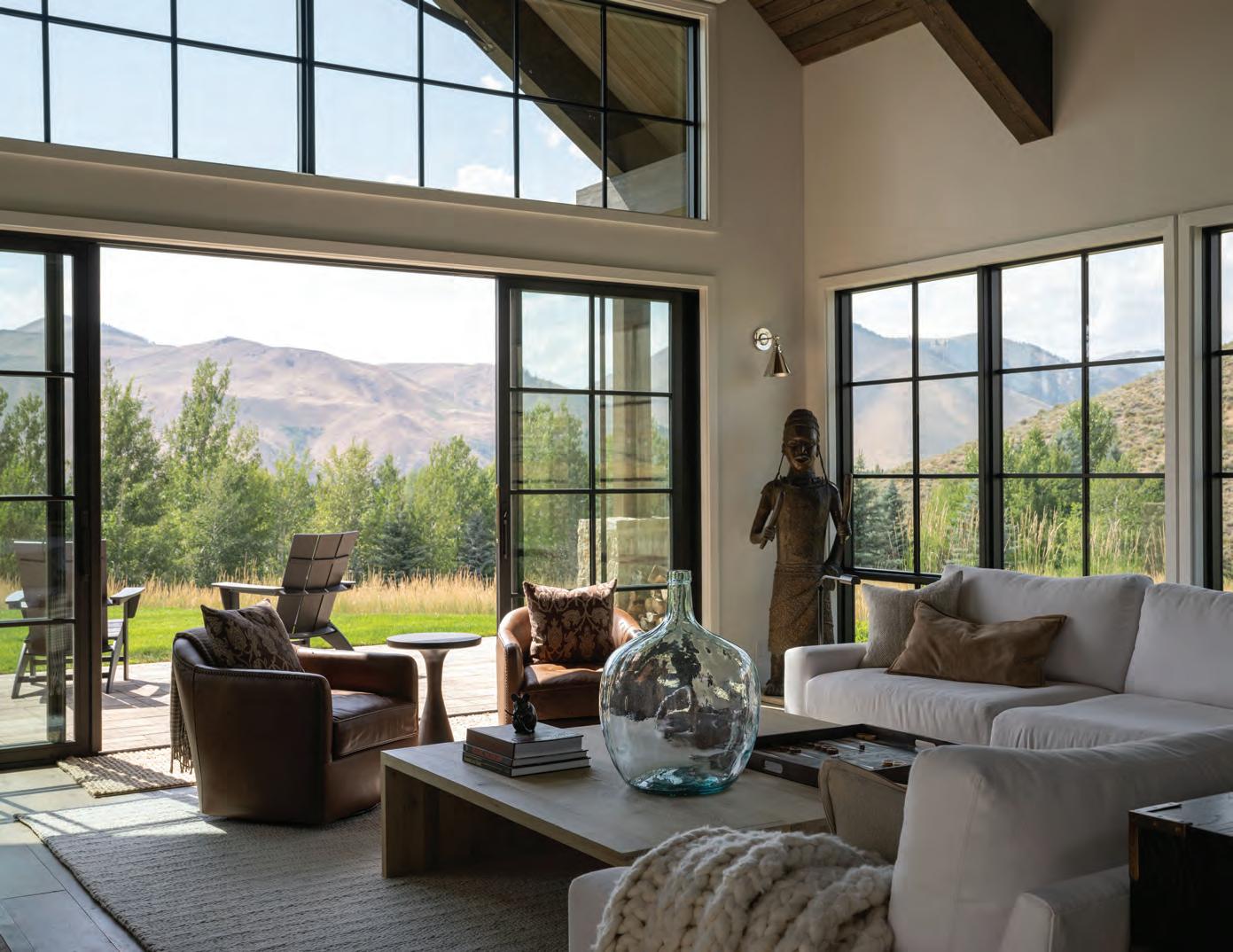
Opposite: Design elements meant to convey “John
showcases
considerations:
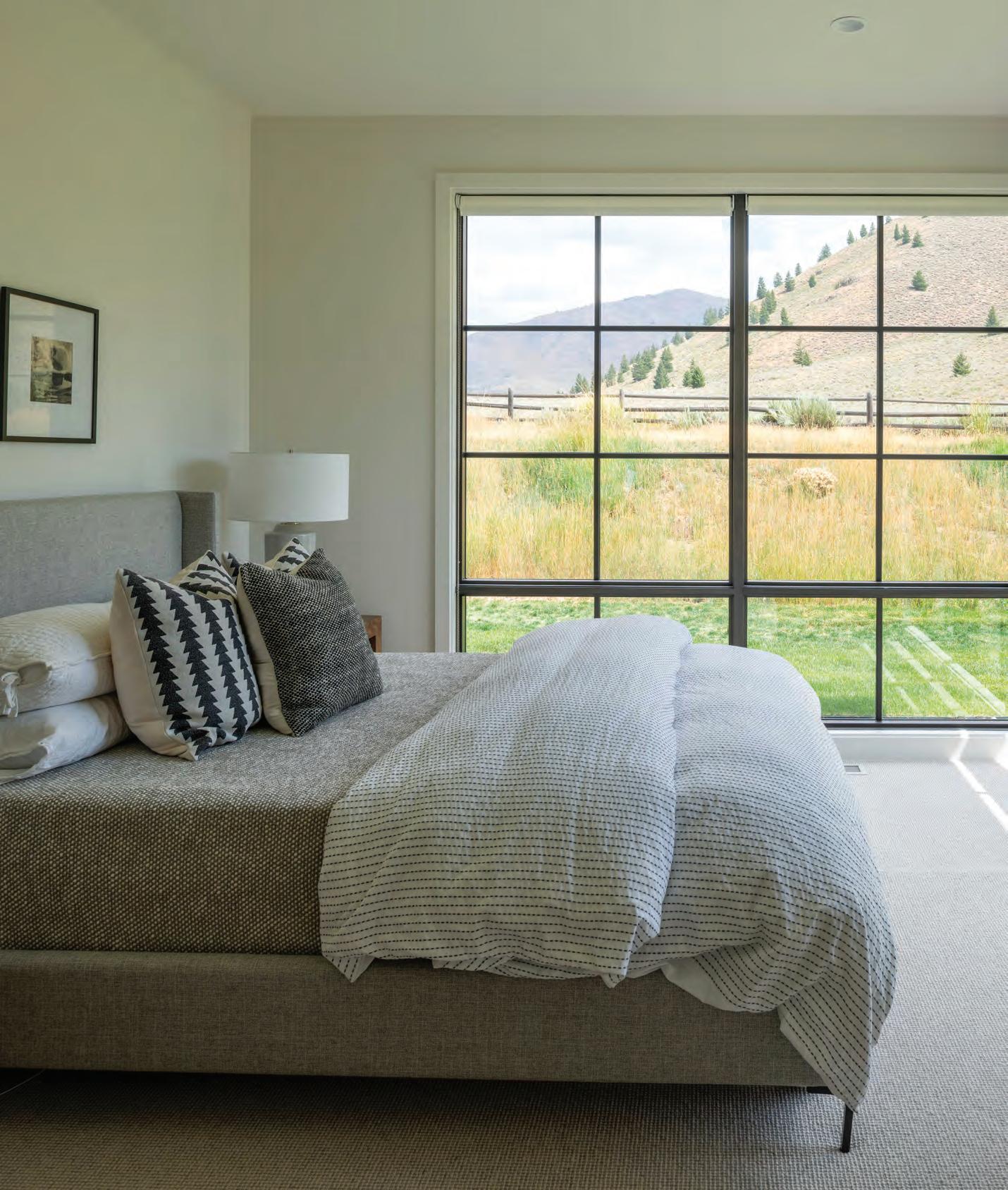

THE DETAILS
GREEN BUILDING
GREENWORKS
HARDWARE
ROCKY MOUNTAIN
HARDWARE
WINDOWS
VIEWPOINT
FLOORING
STROMBERG MOORE
HARDWOODS
LIGHTING
DUSTY’S ELECTRIC
TILE
NICHOLAS & CO.,
TILE & MASONRY
comfortable and spacious flow from inside to out,” says Stefanie. The shared great room/outdoor stone fireplace is a fabulous center point in that design.
For decades, the Tognis have been coming to Sun Valley for vacations from their home in Oregon. Still, more recently, the family realized they wanted to settle in for more extended stays. “This location checked all the boxes,” said Stefanie. “It is such a special place.” ï
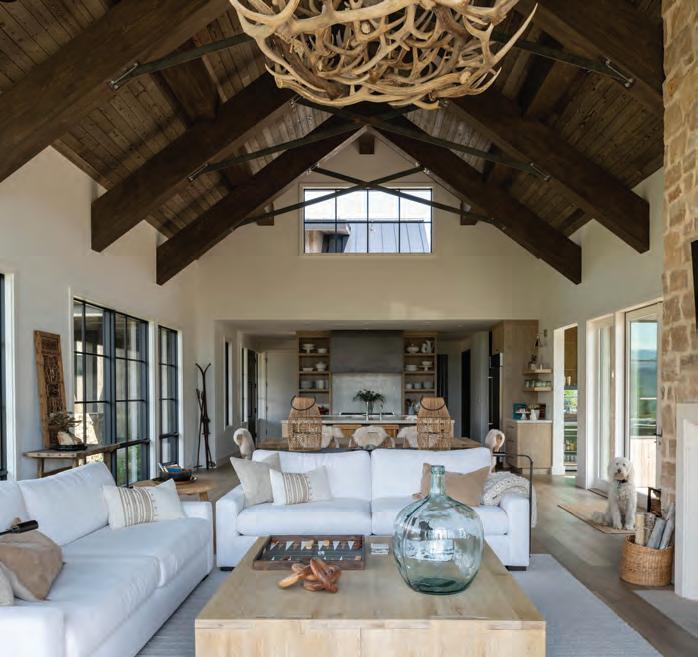

This unique concept revolves around blurring the boundaries between indoor and outdoor spaces, a
element of
and
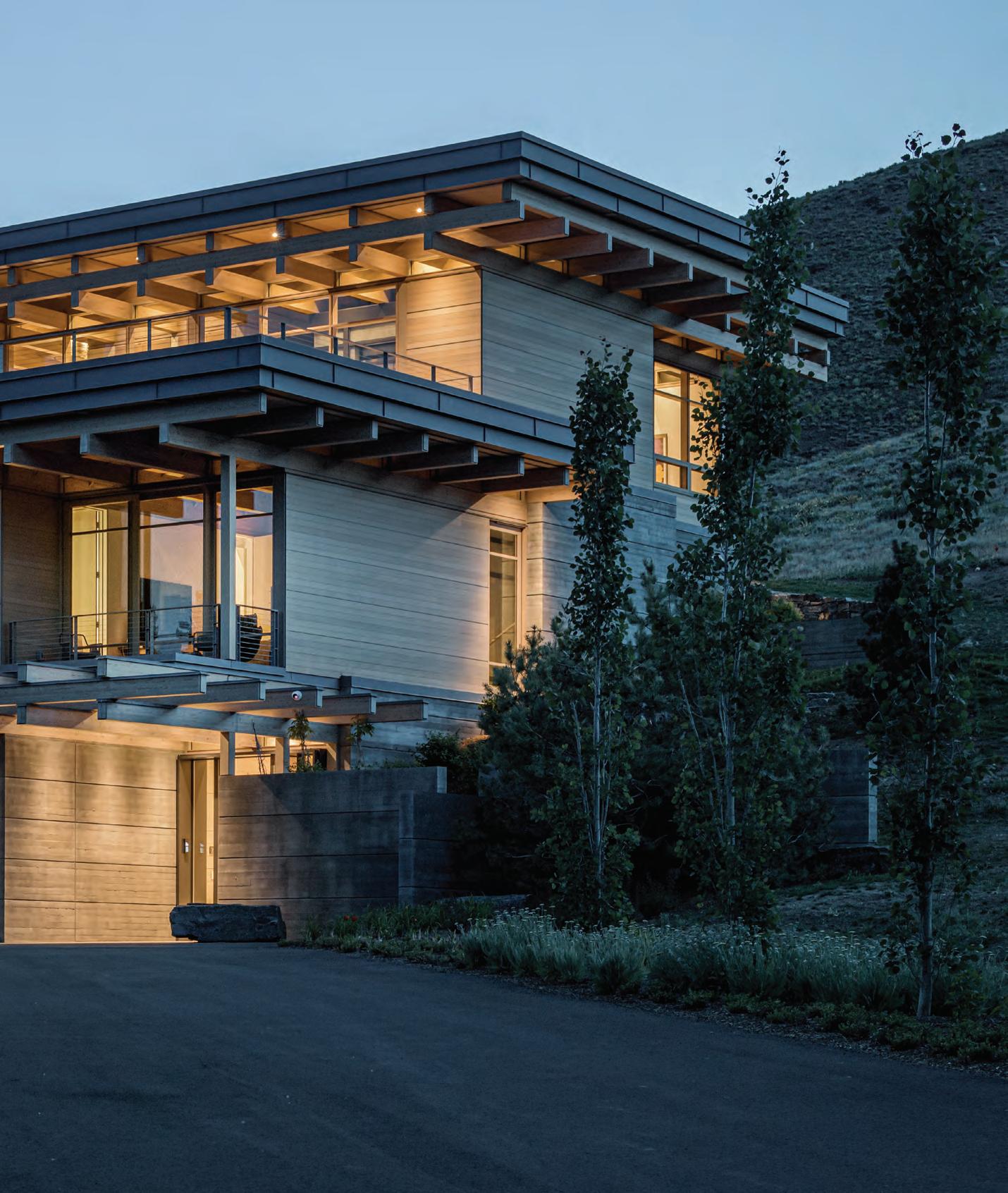
When renowned architect Jack Smith began designing the KanZan House tucked into the hillside in Hulen Meadows, he set out to actualize a potential. Or, as he explains, to “create something visible that was previously invisible.” The result is an architectural and artistic feat that captivates the senses: a Japanese-inspired mountain home built using an interlocking exposed glulam beam system to create a column-free structure that blurs previously held ideas of what defines a space, blended with a neutral palette of interiors that’s both calming and inviting.
The 6,700-square-foot state-of-the-art home features three full and two half baths, a three-car garage, a pool, a commercial elevator, and sixty solar panels. The dream, however, was decades in the making for the owners and sparked by an affinity and appreciation for the simplicity of Japanese culture and design.

in

ARCHITECTS
JACK SMITH
PROJECT ARCHITECT
ENSITIO DESIGN, JOHN MONTOYA
INTERIOR DESIGNER
LUCAS INTERIORS
LANDSCAPE ARCHITECTURE
MURASE ASSOCIATES
BUILDER
ELIAS CONSTRUCTION, ADAM ELIAS
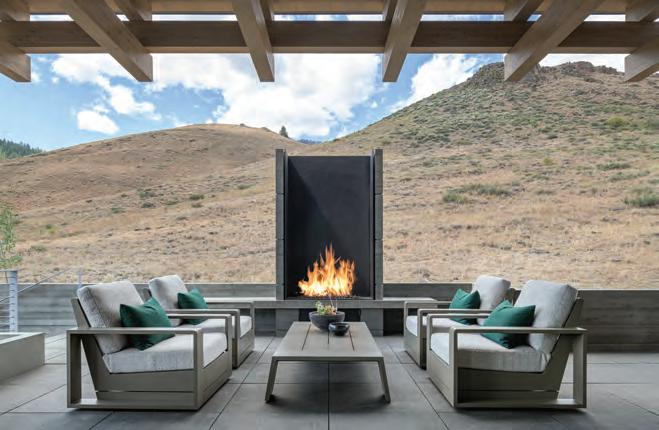
Twenty-five years ago, the owners of KanZan saw an Architectural Digest issue featuring a modern Japanese home set in the snowy mountains of Northern Japan. “It was contemporary, elegant, yet very Japanese—it stayed with me,” they explained. Although they lost the issue somewhere along the way, when it came time to build a home in Sun Valley, the story and memory sparked an idea to construct their contemporary three-story space.
Architect Jack Smith led and designed the vision.
Elias Construction built the expansive project, and John Montoya of Ensitio Design managed it. Adam Elias, the lead builder, saw every aspect of the home as a feat.
I have never built (anything like) that before, and the amount of preparation to build something efficiently and beautifully is where the magic is.”
– Adam Elias
“The ceiling and grid system and the structural components and assembly is absolutely unique, and it provides very large unsupported spans that create big rooms with no post and walls to hold the roof up,” he said. “All of the ceiling wood is glulam beams and structural engineered beams, and the rest of the house, other than glass for the windows, is concrete and vertical cedar with interior cedar.”
The layered system, Jack Smith explains, allows you to layer the beams and connect them with a bolt at five feet in the center. “That sets up the cadence of the architectural structural system that makes it so unique,” he said. “The structural innovation drives the architectural form. It gives order and a cadence to it; it hasn’t been done this way before.”
An underlying thread to this concept is the blurring of indoor and outdoor spaces, a key component of the Japanese architectural principle known as engawa. Jack explains that engawa is the threshold between the home and the natural world that surrounds
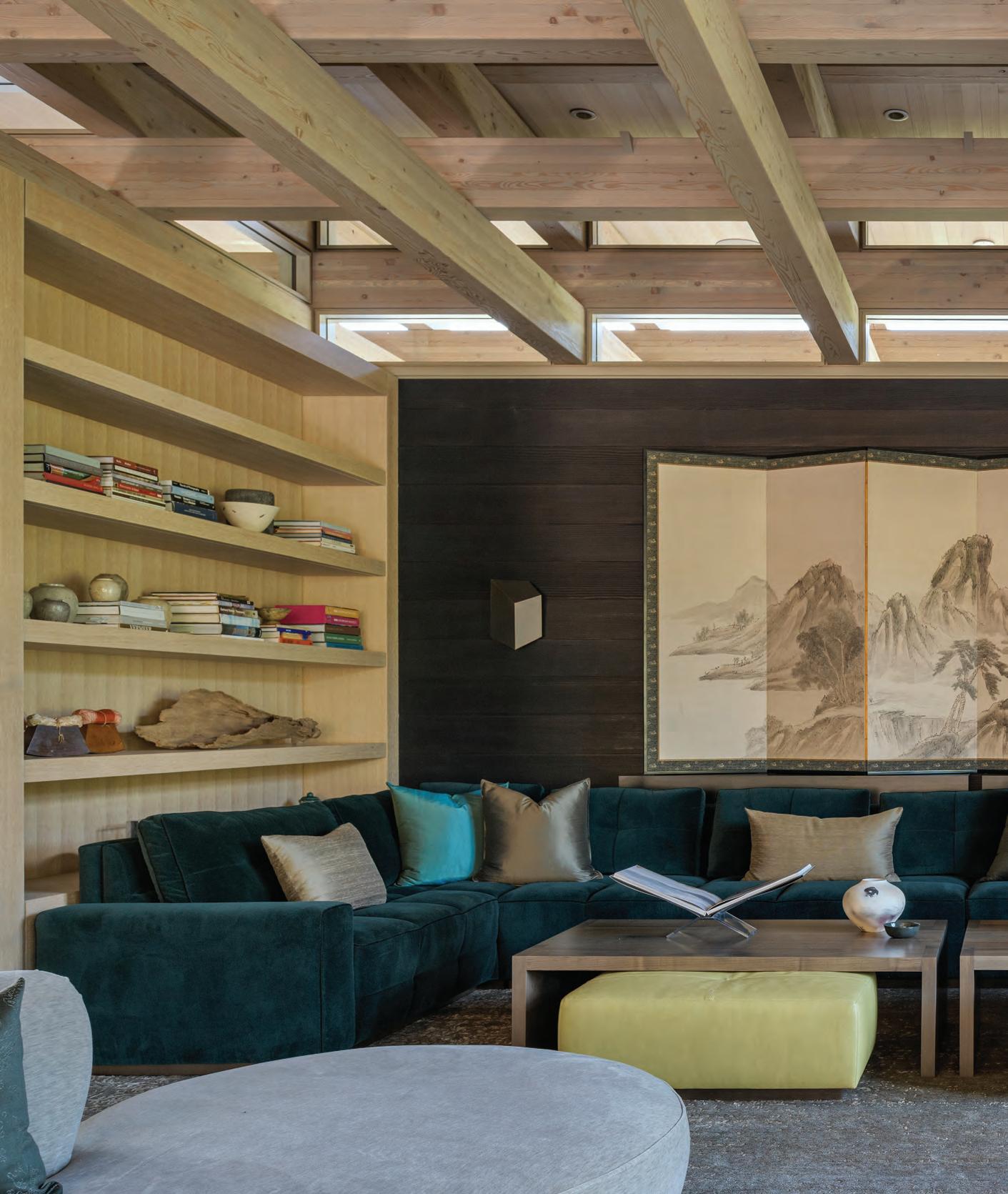
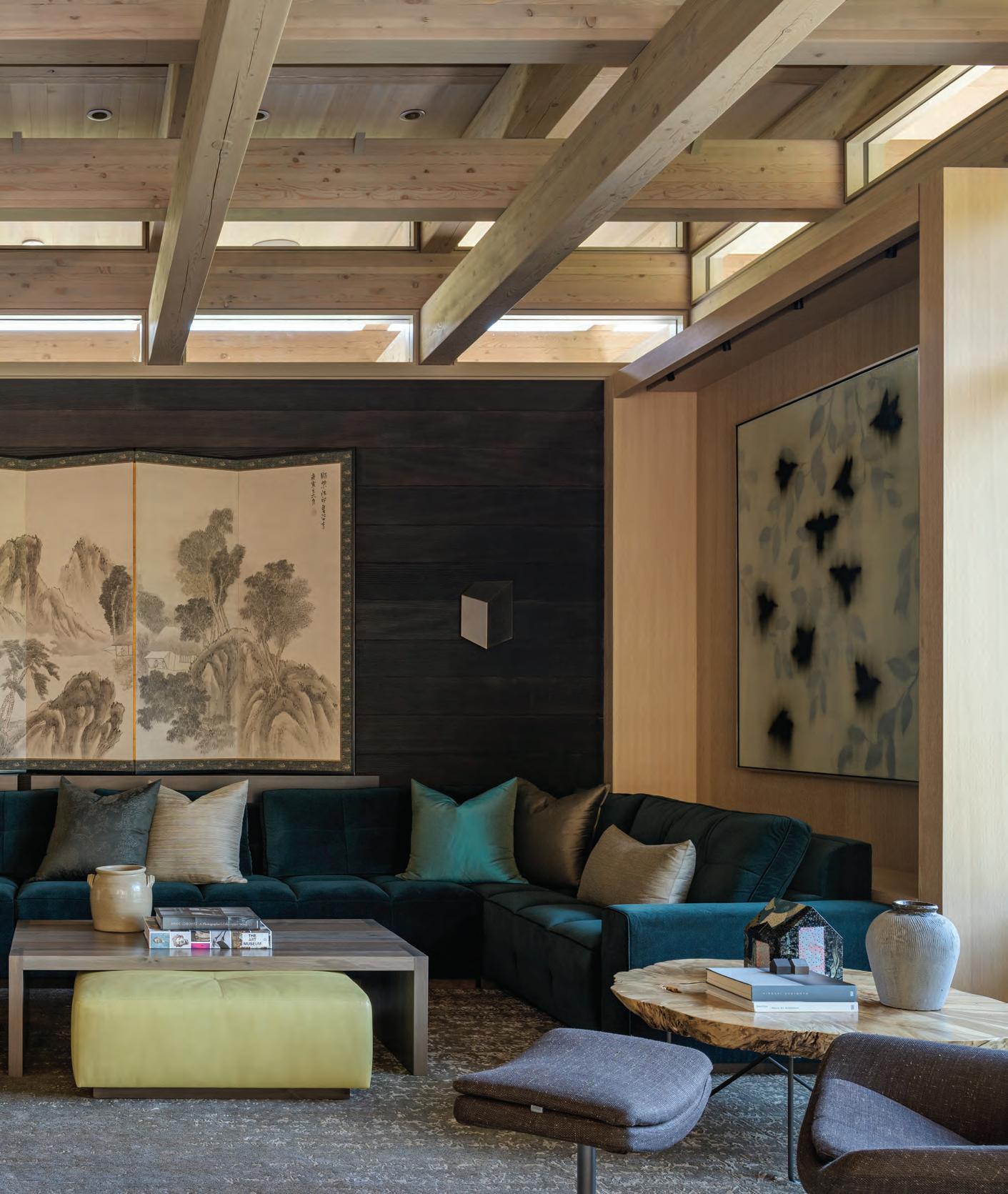
The home nestles into its site—responding to the land and minimizing its impact. Sliding doors bring the outdoors into the bedroom —a continuity with nature that is reflected throughout the home. The custom elevator is so subtle as to be almost invisible. A rectangular wooden soaking tub and simple spare fixtures keep the bathroom comfortable and quiet. The windowed hallway features a dramatic use of glass and wood and again blurs the edges between outside and in.
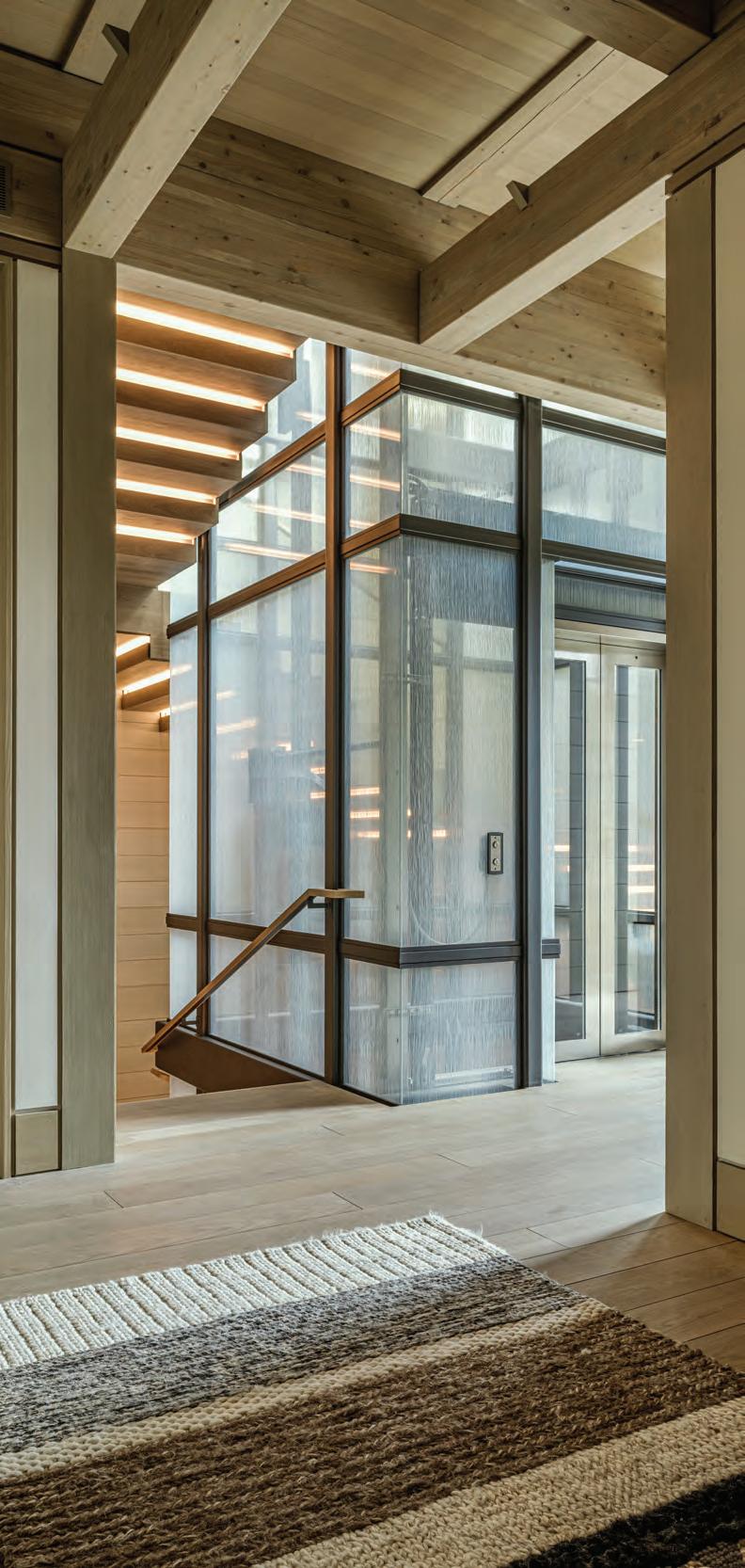


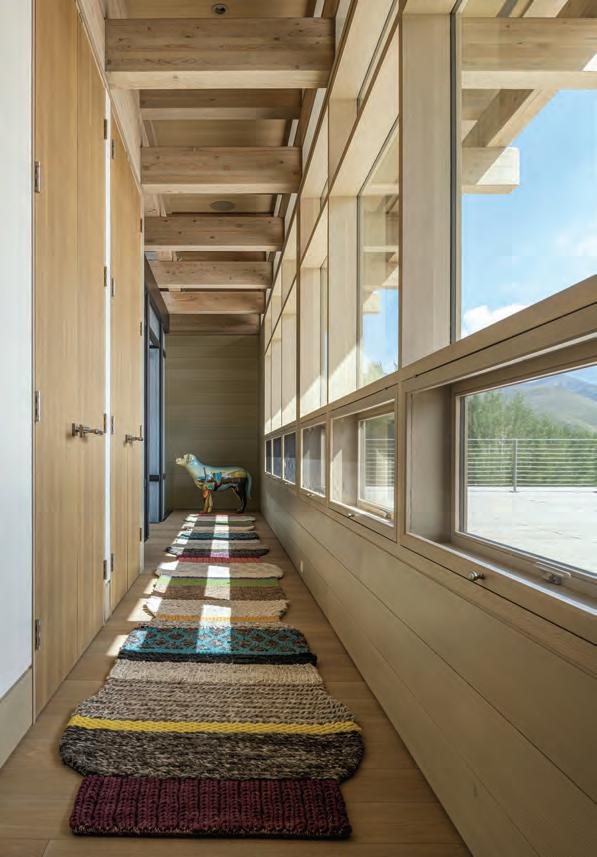
it. “There is a great deal of connection between inside and outside, and those principles underline it,” he said.
“It is important to blur the edges between [these spaces]. When you read from the outside, this transparency to the inside allows for a relationship between out and in, which is mysterious and fulfilling.”
This aspect is actualized in how the home interacts with the surrounding landscape and flows from space to space in the interior design and layout.
“The contemporary three-story home is plotted into the mountainside so that each level has access on grade,” the owners said. You can walk out and take in spectacular views on each level. The custom state-of-the-art elevator quietly and subtly leads residents to each floor.
“It features an architecturally dramatic use of glass, wood, and concrete throughout, though it is light, graceful, and warm,” they continued. “There are many places you can just sit and relax.
Vast windows invite stunning views, while the large great room flows to an outdoor terrace that seamlessly blends both spaces.
“The site is as important as the structure,” Jack said. “You have to respond to the site and listen to the site like a Buddhist would do. You try to minimize the impact, as well, so the house is not an encroachment.”
The owners described the interiors designed by David and Suzie Lucas of Lucas Interiors, based in Seattle, as rich, warm velvets with chenille and
wool. The overall palette is neutral, but adding a few dramatic pops of color gives depth and surprise to the aesthetic.
“Comfort of all elements was paramount, and there are numerous nods to Japanese architecture and culture,” they explained. “To name a few, this can be seen in the use of Shou Sugi Ban blackened wood, the creation of a tatami quiet room, and wood veneer wall treatments of silk-screened koi fish.”
For Adam, the space also evokes calmness. “You walk into that room, and it is peaceful. It is absolutely lovely, captures all that room was designed to be, and is super well-appointed. The home is comfortable and quiet.”
THE DETAILS
CABINETRY
TAYLOR WOODWORKS DOORS
ALLRED PRECISION MILLWORK
WINDOWS
DYNAMIC ARCHITECTURAL WINDOWS AND DOORS
FLOORING
STROMBERG MOORE
HARDWARE
ROCKY MOUNTAIN HARDWARE
ROOFING
PROFESSIONAL ROOFING, BRAD BAKER
This expansive project’s culmination is undoubtedly a representation of an exceptional vision and team.
“When you work with smart, experienced people, all of whom possess integrity and exceptional taste, the best result will be there,” the owners said. “It is a quality construction, beautiful inside and out.” ï

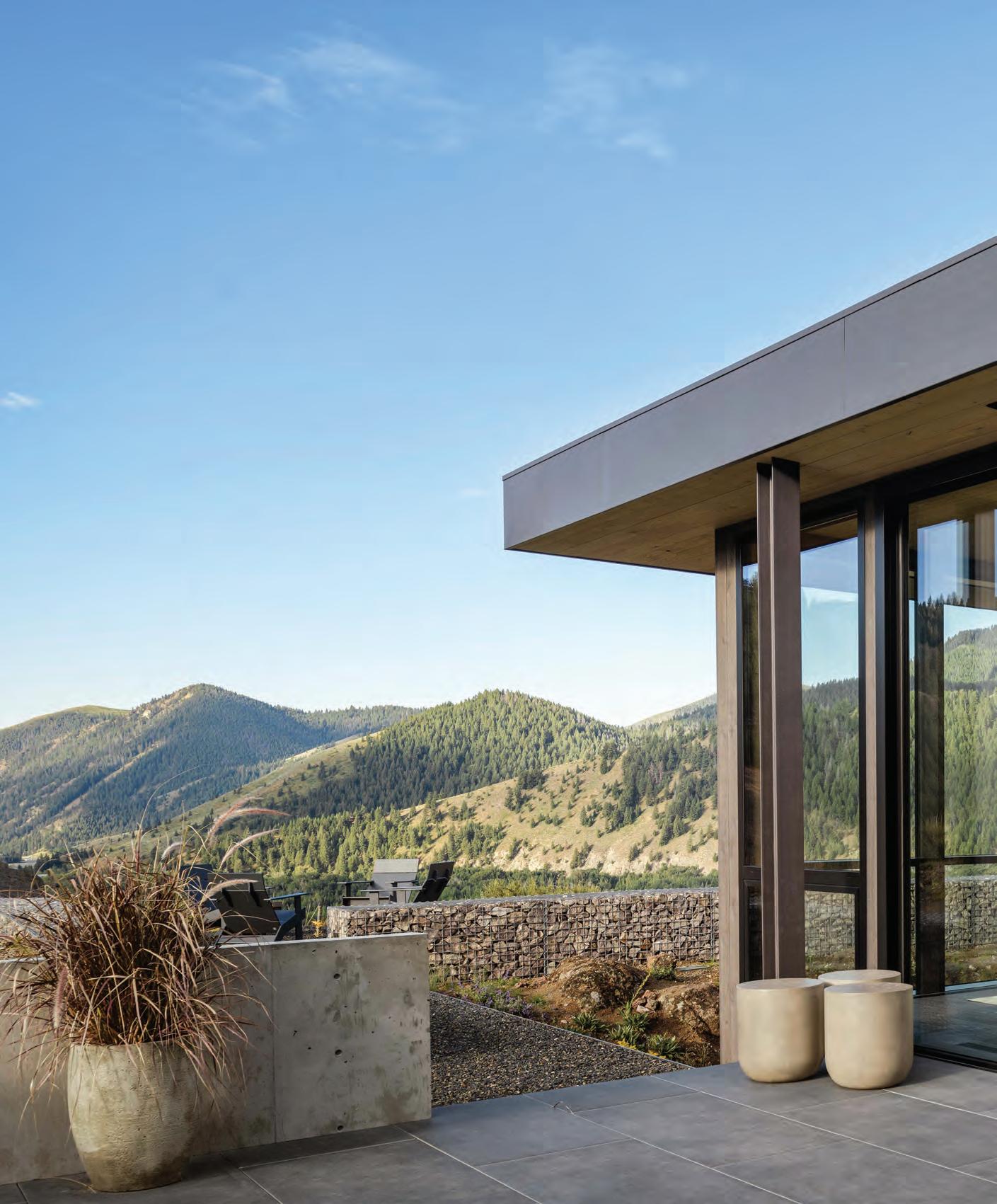
WORDS BY KATE HULL PH OTOS BY GABE BORDER
Located just a mile from downtown Ketchum, tucked seamlessly into the hillside, this modern steel and glass home is an architectural feat in its marriage of timeless design with the surrounding landscape.
“It was very clear from the beginning that we wanted something extraordinary, but we wanted it to be simple, in a way,” said Aaron Belzer, an associate at Farmer Payne Architects. Aaron, alongside principal Scott Payne, designed the home with simplicity in mind, complemented by a high-quality natural palette of materials, to create a home that celebrates the surrounding landscape while essentially disappearing from skyline views.

Structurally and not just aesthetically, everything comes back and ties into these concrete columns so it can do so much work for us and the rest can be glass.”
– Aaron Belzer
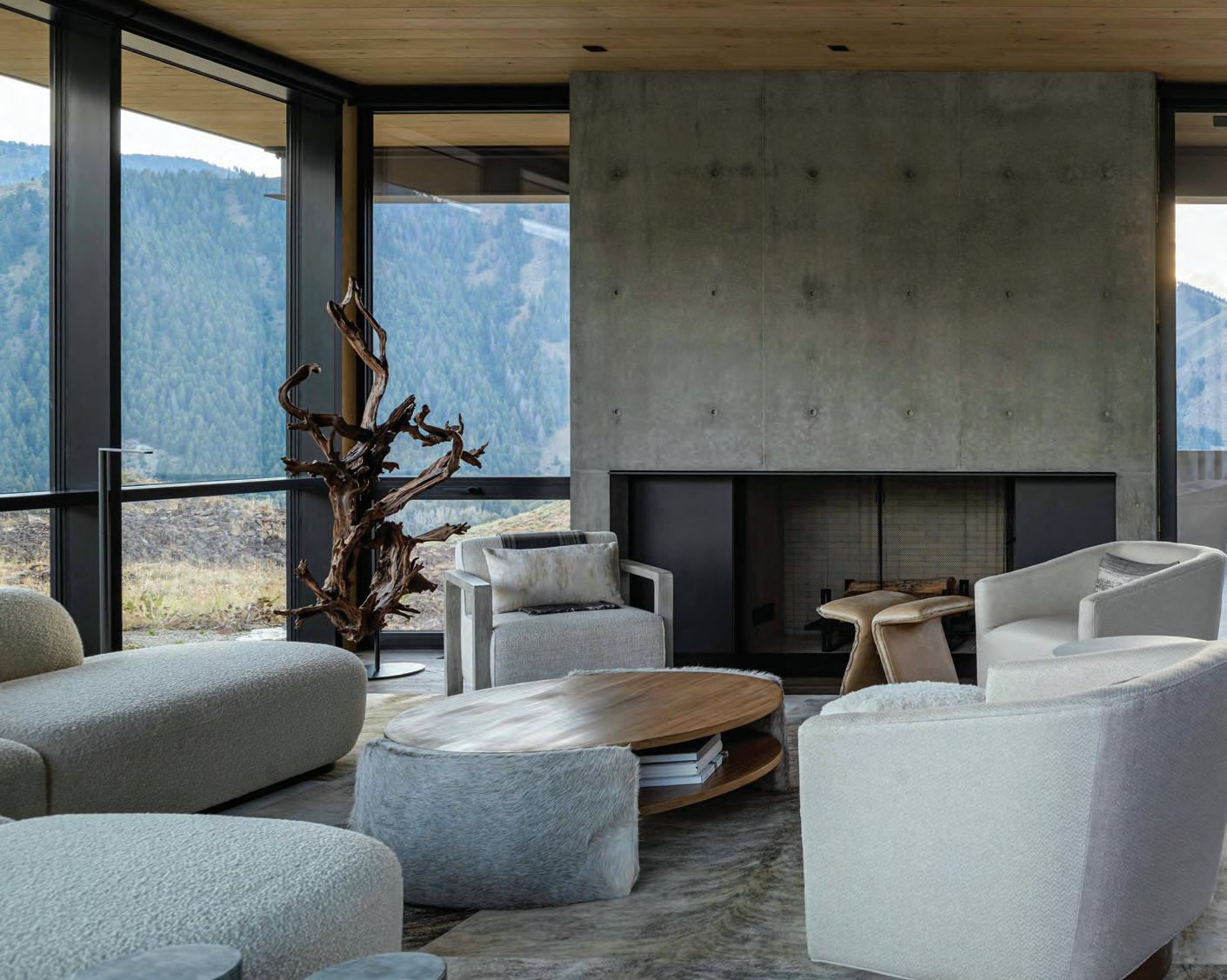
The
BELOW: The bathroom perfectly illustrates Scott’s “less is more” approach to design.
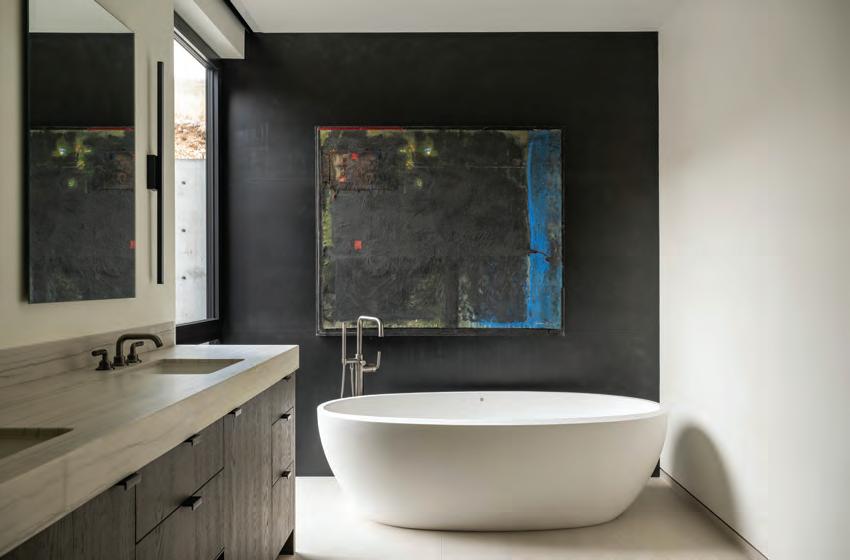
THE DETAILS DOORS
ALLRED PRECISION MILLWORK WINDOWS
GLO WINDOWS + AIRLUX FOR LIFT AND SLIDES AND ENTRY CURTAIN WALL/ FRONT DOOR
FLOORING
CUSTOM STAINED WHITE OAK
HARDWARE
ROCKY MOUNTAIN HARDWARE
ROOFING
EPDM ROOF WITH BALLAST

“This project required a very purposeful use of minimal materials,” Scott said. “Each design choice enhances the house. When you look at the house, you see the views and the expansiveness of the space around.”
Aaron echoed Scott. “It is all about the remarkable views from this house,” Aaron says, explaining that design decisions were rooted in how to best enhance them. “How can we have the architecture complement this panoramic view in every direction? How do we frame these views and then get out of the way and provide as much glass to experience it? It wasn’t necessarily simple to build, but the result is peaceful. You really are part of that landscape.”
To create this, Scott, Aaron, and the team started from the roofline and went down from there. Farmer Payne worked with the city to ensure all hillside ordinances were met and created 3D building envelopes to design the exact roof plane elevation mark.
Designed as a contemporary 5,725-square-foot mountain home, the floorplan features four bedrooms and four bathrooms. It boasts an oversized two-car garage, powder rooms on both floors and an elevator that allows easy access to the upper level.
“I always tell our clients that less is more,” Scott said. “Especially when you are trying to create timeless architecture. People associate timeless with traditional, but when you are creating modern architecture, it must be a beautiful palette of materials—a palette that creates rhythm, balance, and symmetry mixed with asymmetry.” Each material chosen for the home reflects this intention.
An inconspicuous flat roof, gabion walls filled with bedrock excavated from the surrounding site, poured concrete walls with exposed concrete ties, and sweeping floor-to-ceiling glass come together to create a
“With any project, we are more about integrating it into the landscape,” Scott said. “We would rather carve into the hill and make it sit as if it grew out of the earth.”
ARCHITECTS
FARMER PAYNE ARCHITECTS
ENGINEERING
LIV JENSEN
LANDSCAPE ARCHITECT
FARMER PAYNE ARCHITECTS
STONEWORK
NATIVE EVERGREEN LANDSCAPTES
INTERIOR DESIGNER
FARMER PAYNE ARCHITECTS WITH MARINA BROSCHOFSKY, RED DOOR HOME + DESIGN

visually stunning yet still unassuming design that effortlessly balances with the home’s surroundings.
“We embraced a lot of those exterior finishes, and they became a part of the interiors, as well,” said Tory Hinson, director of relations and interiors at Farmer Payne. Tory found inspiration from the minimalism in construction materials to create a neutral palette for design choices from tile and wood flooring to lighting and appliances—all an extension of the architecture. The interior decorating was led by Marina Broschofsky, the lead designer at Red Door Home + Design.
“Using quality materials is our bread and butter as a firm,” Tory said. “It was exciting to use these materials in this way as well. If you have lots of glass, you want it to be [fantastic quality glass]. While it is not the biggest house, it is like a jewel box in a way.”
When you walk into the home, you enter the lower level and are met by a sleek steel and oak tread staircase, which guides your eye to the second floor, where the vast, open-concept kitchen and living room are situated.
“The kitchen-dining-living space is maybe one of the coolest public spaces we have been lucky enough to design,” Aaron said. “It is all about the surrounding site as soon as you walk in. The only wall is the fireplace and that is also built out of the concrete. It feels like a glass pavilion. You can look 270-degrees all the way around the house, which is made even more special by what is outside the windows. You can’t see a neighbor or the road.”
Each detail throughout the space celebrates intention. Tory created a spa-like space in the primary bathroom by extending the counter directly into the steam room shower—a tranquil retreat for the residents. The white oak wood ceiling perfectly complements the glass walls. A
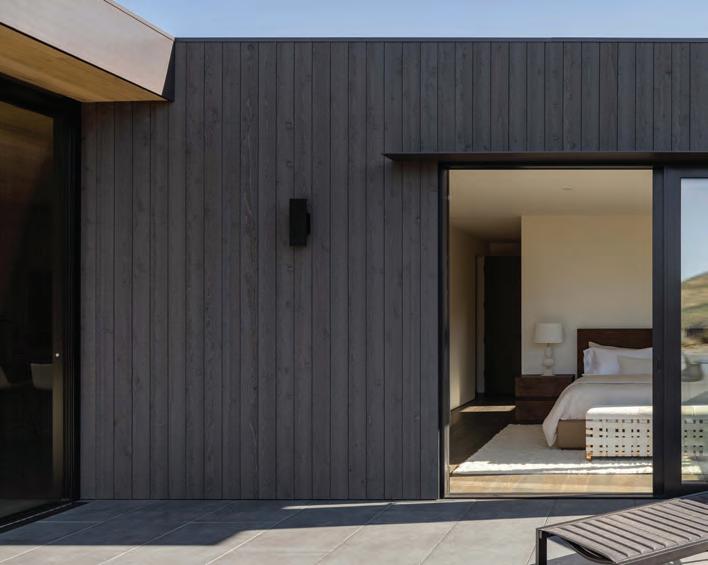
minimalistic concrete pillar fireplace enhances the living space without competing with the surrounding views.
From start to finish, Tory and Aaron said the project’s success was thanks to the fantastic team. “Everyone’s trade was really celebrated,” Tory said. “It was a very collaborative project.” The result speaks for itself: A luxurious home that’s as much a celebration of the Wood River Valley landscapes as it is a stunning work of design. ï
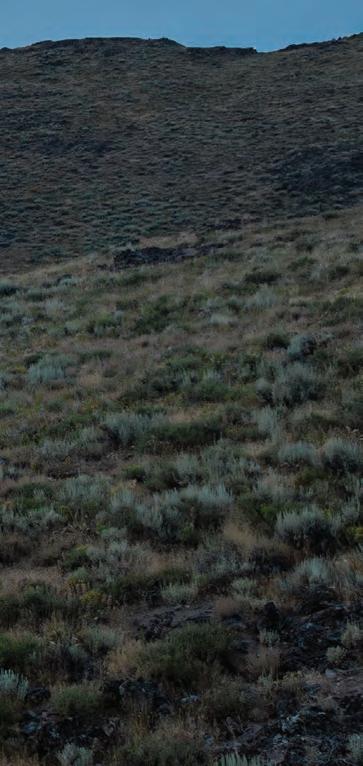
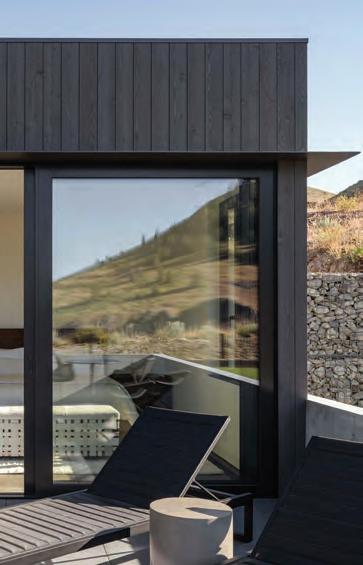
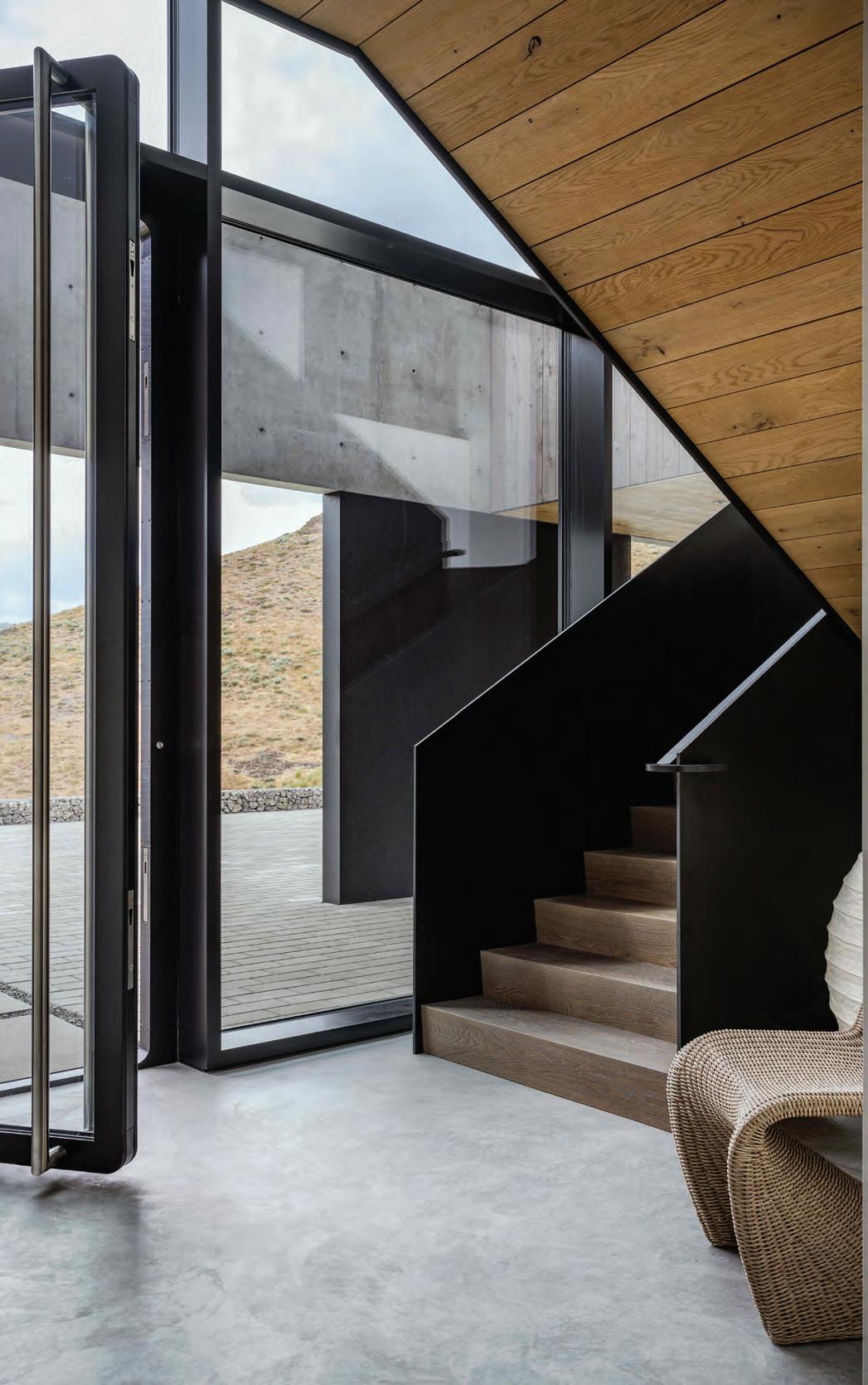


Grounded yet lofty, this family home in Ketchum artfully brings harmony to seemingly opposing qualities. And it all began with the ground where it sits, once a “secret garden” where the homeowner played as a child near the family condominium. When the garden was parceled as a building lot, “We knew we had to pursue it.”
25-foot ceilings and windowed walls in the central living space create a sunlit atrium in spring and summer, and a snow-globe effect during the winter months.

THE DETAILS
DOORS
ALLRED PRECISION MILLWORK
WINDOWS
VIEWPOINT, SIERRA PACIFIC WINDOWS
FLOORING
SROMBERG MOORE, MEDITERRANEAN GEMWOODS
SIDING
CUSTOM CEDAR SHIPLAP & TONGUE AND GROOVE CYPRESS
ROOFING
STANDING SEAM METAL, MILEY ROOFING
The family sought refuge from the pandemic for a year, using the small condo as a home base. However, the three school-aged children were vehemently opposed to the idea of returning to their full-time California residence. So, they gave up an idyllic farm property for a new dream.
Architect Mike Brunelle has designed plenty of showcase homes but says this one was slightly different: “A family of five lives there and really loves it. It’s a beautiful place that captures the view and the quality of light. It grounds the architecture of the site, creating a real sense of place.”
At about 3,400 square feet, the four-bedroom home is a comfortable size for the family and their gear: moderately sized but easily accommodating congregational spaces. The kitchen is the hub with a marble waterfall island that comfortably seats six. It opens into the main dining and living space which soars even beyond its 25-foot ceilings to the mountain cathedral, Baldy, framed by a wall of windows. “I didn’t anticipate how incredible that would be. We call it the snow globe in winter. It’s a spectacular space and place to be,” says the mother.
The simplicity of the space is beguiling. There’s a function tucked into every space. A second dishwasher in the pantry, a double washer and dryer, and a hallway nook for the infrared sauna. A back bar in the great
Minimalism and functionality are both at work in the kitchen—where natural wood and open shelving make the space both cozy and inviting.

room keeps refreshments and ice within close reach for gatherings, game nights or homework sessions at the generous dining table. Chris Helgeson of Lloyd Construction managed the project. “Construction that is clean and simple is actually harder. There’s no wiggle room; you can’t hide things. A lot of work goes into it,” he says. An example is the exterior siding which had to be painstakingly screwed from the inside and notched to accommodate eaves.
While most activity takes place on the main level, the upstairs is a treehouse escape for the two older children with nature views out every window, a swinging chair, and double-decker queen beds. Even the youngest, whose room is on the main, climbs a ladder to his private perch above his bed.
It’s a beautiful place that captures the view and the quality of light. It grounds the architecture of the site, creating a real sense of place.”
The project took a sharp pivot early in its 19-month timeline when the owners decided that attic storage above the garage was better realized as a gaming room and gym. The architect and builder shared the homeowner’s vision and re-engineered the space.
Below, in the garage, is a veritable sporting goods store with snowboards, skis, gear bags, and a bicycle repair center with an enviable workbench. “I’m a bit OCD and a gearhead, so the space needed storage and
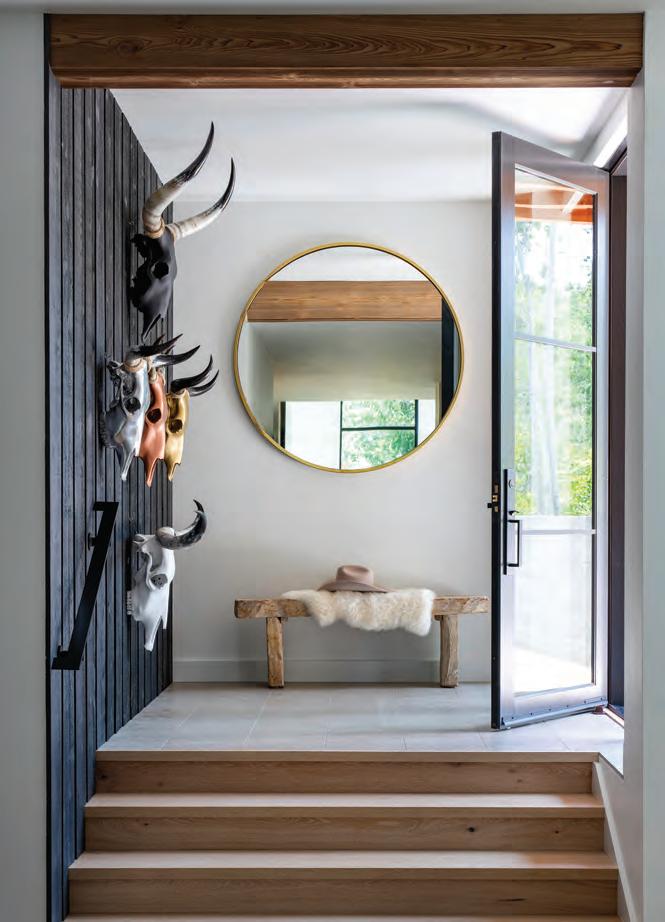

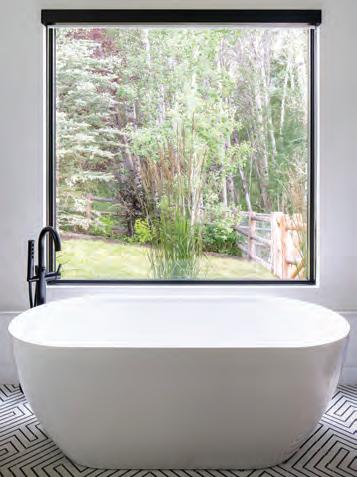
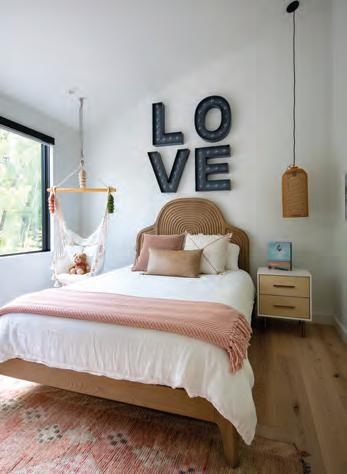
ARCHITECTS
BRUNELLE ARCHITECTS
ENGINEERING
FROST STRUCTURAL ENGINEERING,
SURVEY BY GALENA
INTERIOR DESIGNER
SELF-DESIGNED
LANDSCAPE ARCHITECT
ROB KING, INSTALLED BY ALL SEASONS LANDSCAPING
BUILDER
LLOYD CONSTRUCTION
functionality,” says the busy father of the home. Appearing almost as art in a wood-lined recess, more than a dozen fly rods stretch across one wall. The uppermost rods were a gift at age ten from his grandmother, a fisherwoman of note in her day. That passion is in its third generation, with the eldest son now a youth state title holder.
The homeowner added, “Mike Brunelle can turn an idea and wish into a real place. Lloyd Construction has exceptional people, local wisdom, honest communication and a steadfast process to produce marvelous results.”
Designing a bespoke home requires clear communication and a sharp vision, says architect Mike Brunelle. “Using their previous home as a reference, the couple could be very specific about how they wanted to interact as a family, spatially, what the hub would be.”
A place to nestle that also lends itself to exploring. Where the whispering aspens along the Big Wood River beckon another generation to come outside and play. ï
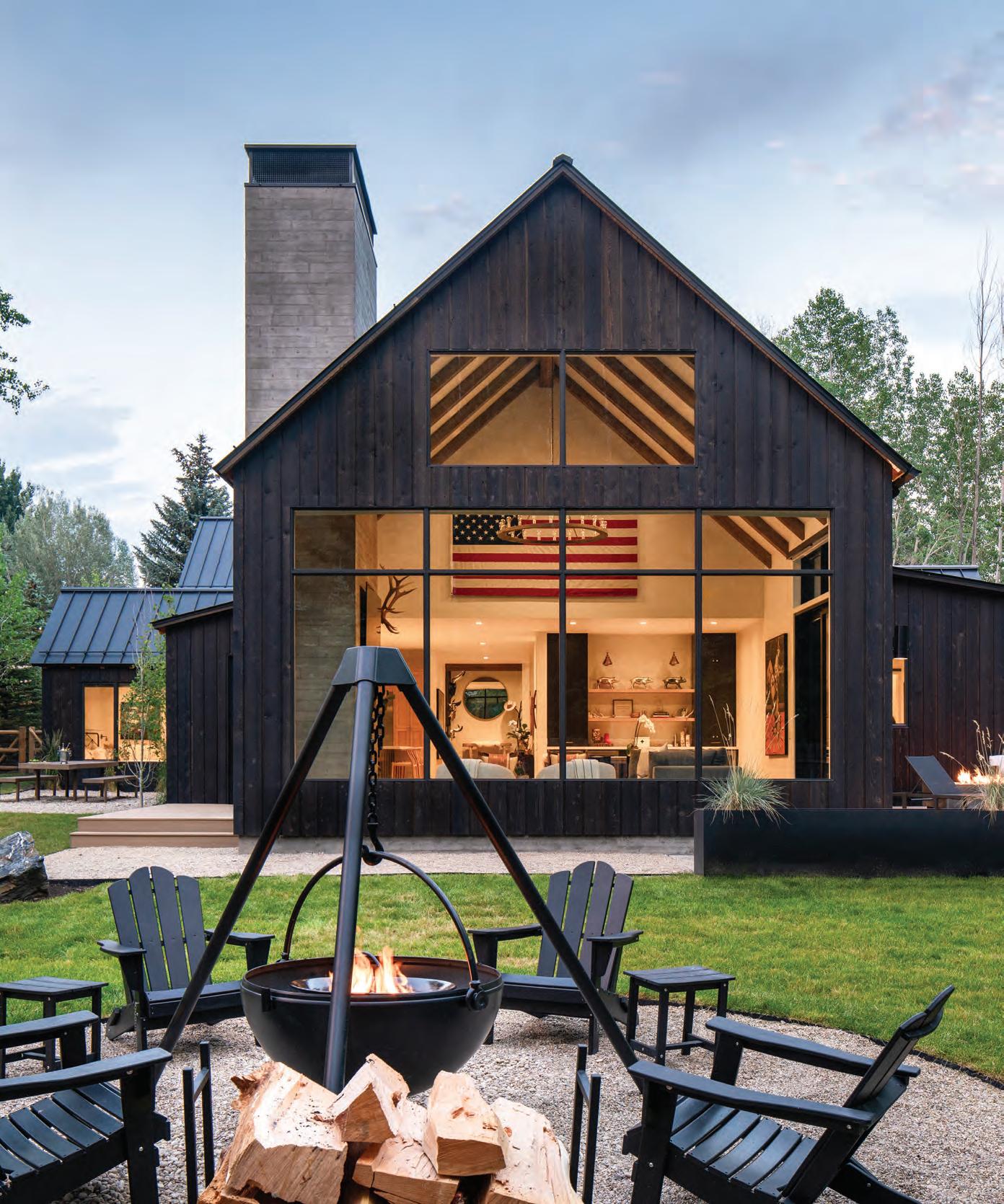
OPPOSITE PAGE (CLOCKWISE): Large mirrors and white walls are hallmarks of Scandinavian design. Double-decker queen beds maximize bedroom space. A window to the world outside from the freestanding tub in the master bath. A pendant lamp and hammock chair enhance space in a secondary bedroom. THIS PAGE: Warmth meets style in the outdoor seating area with a cauldron fire pit.
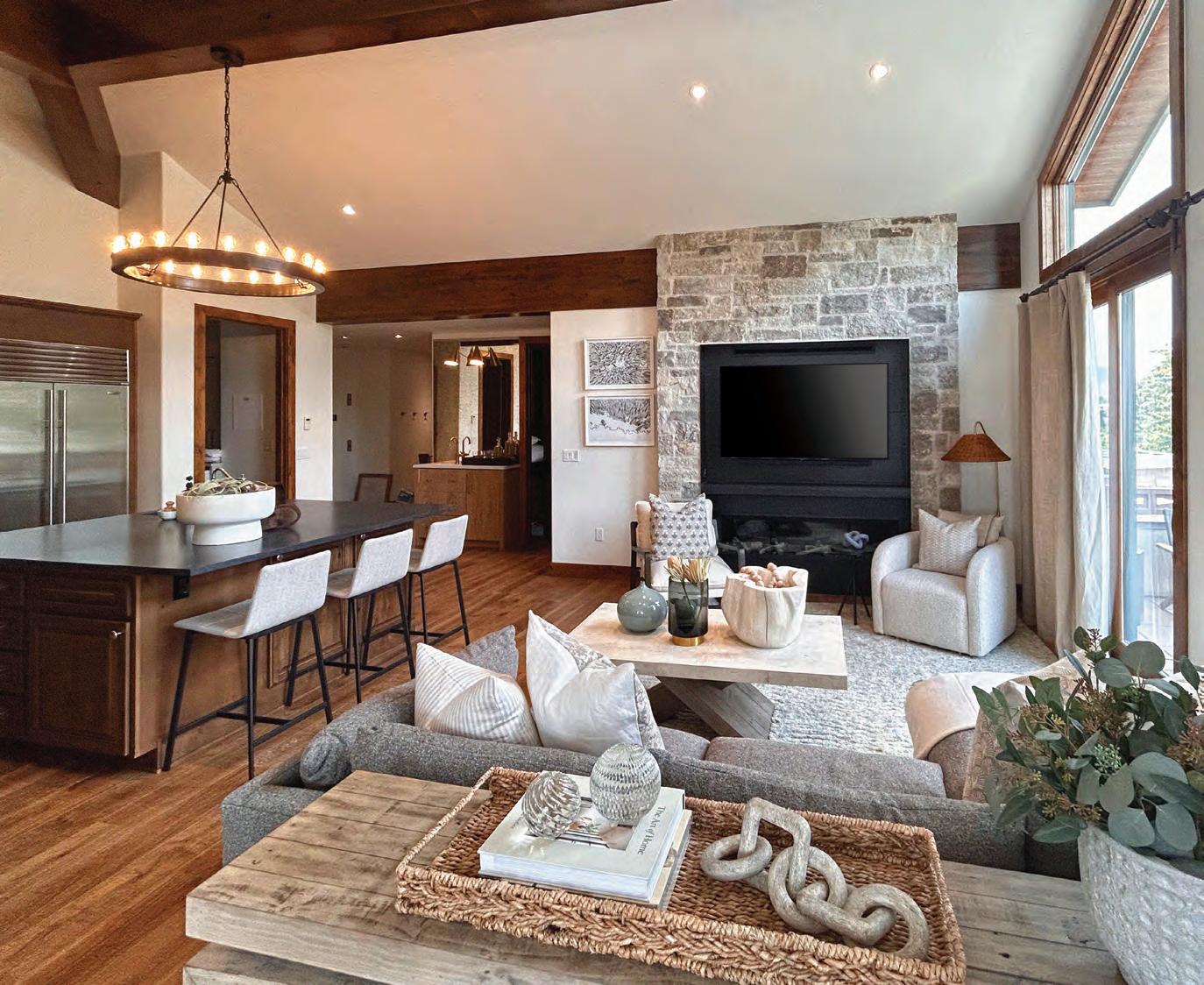
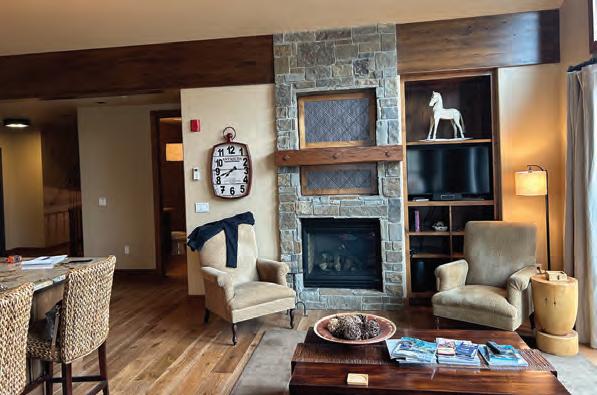
To bring a cozy and inviting feel to the living area, side chairs were updated in soft and plush neutrals, and throw pillows with pattern and texture, in colors to match the project color palette, were included. The fireplace surround was updated with a more modern metal silhouette and rock veneer and bar chairs with clean, modern lines, a transitional chandelier and a stunning dark grey countertop slab help complete the look.
BY JONATHAN MENTZER


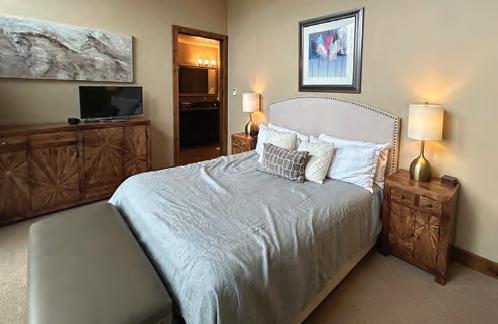
Soft textures in natural hues and modern lamps update the bedroom, along with classic black and white artwork that provides a graphic element. The textured wallpaper and curved and upholstered headboard help create a sense of the bedroom as sanctuary—the perfect element for a restful night’s sleep.
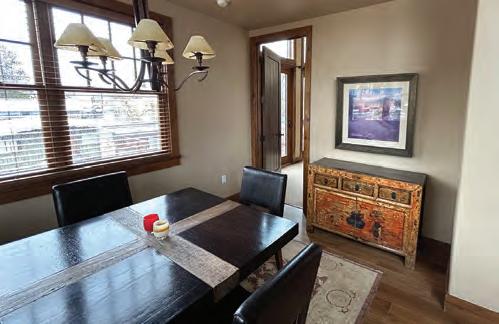
Downtown Penthouse, Ketchum Remodel
Red Door Home + Design is more than just a showroom—it’s a creative haven where functional beauty meets personal expression. Nestled in Hailey, Idaho, and serving the scenic areas of Sun Valley, Ketchum, and beyond, they design spaces as practical as they are unique. Their signature “Red Door look” fuses sleek, modern lines with the warmth of natural elements— think wood, concrete, and metal, softened by luxurious fabrics, plush rugs, and handpicked accessories. Whether working in-person or remotely, Red Door tailors each design to reflect the client’s heart, transforming homes into timeless modern mountain retreats.

Queen of Silver Queen, Elkhorn Remodel
Allison Paige Interior Design, founded by Allison Connolly in 2005, is dedicated to crafting timeless, inviting homes that echo each client’s unique vision and values. With expertise in architecture, design, and construction management, Allison masterfully weaves natural materials with thoughtful design, complementing the Sun Valley region’s stunning landscape. Whether it’s a renovation or a new build, her team collaborates closely with architects, builders, and artisans to deliver personalized, flawless results. Known for flexibility in style—from modern mountain elegance to classic warmth—Allison Paige Design provides comprehensive services, including design, consultations, and project management, ensuring every project is beautifully executed and expertly managed.


Formerly Jennifer Hoey Interior Design, Suede Studio represents a fresh evolution for the firm, celebrating 20 years of success and the strength of its collaborative team. Inspired by the qualities of suede—soft yet firm, luxurious yet practical—the studio continues to blend creativity with business acumen, balancing modern and traditional styles with rustic and refined materials. Rooted in the West, Suede Studio’s thoughtful designs reflect depth, movement, and timeless elegance. Utilizing precision tools like CAD drawings and vast resources, the team collaborates closely with local architects, builders, and contractors to bring clients’ unique visions to life with passion and detail.
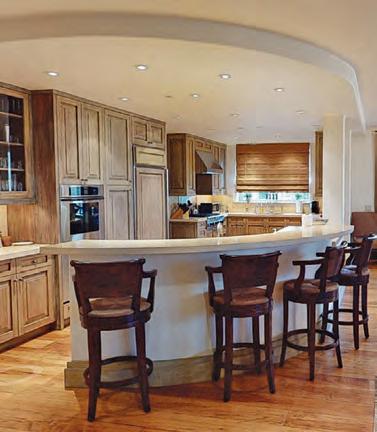
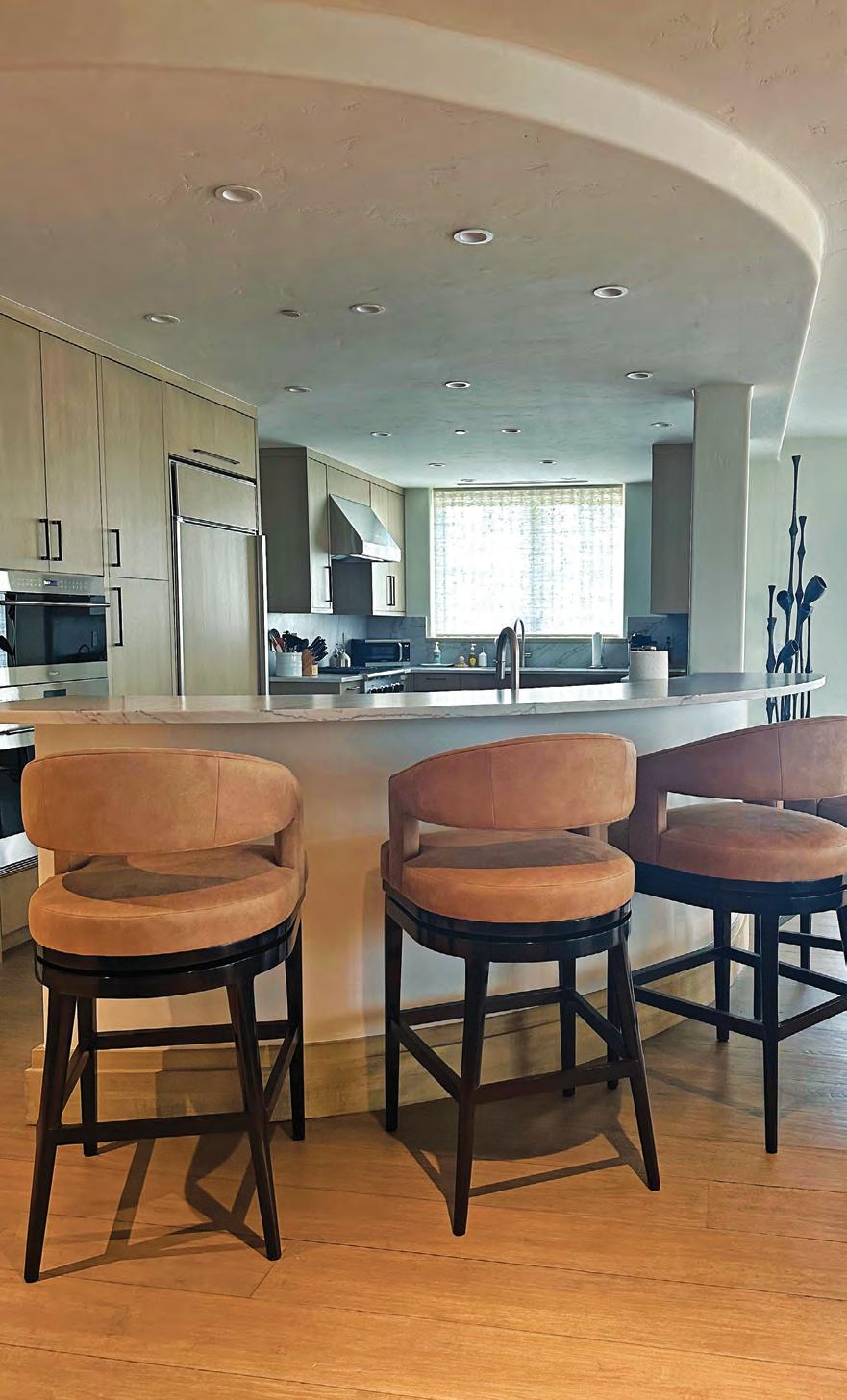


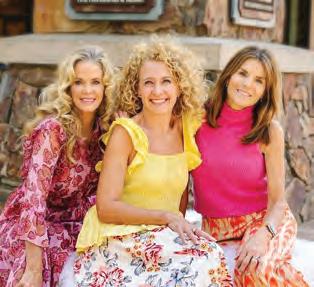
Arianne Heyser (center)
Owner | Designer
Heather Linhart (left)
Designer
Becca Sundali (right)
Designer
680 Sun Valley Road
Ketchum, ID 83340
208-726-7797
www.topnotchonline.com
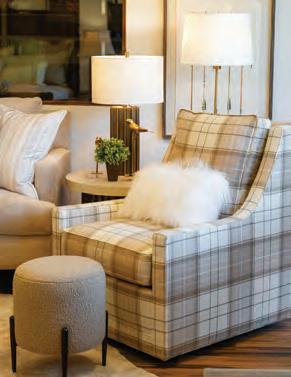
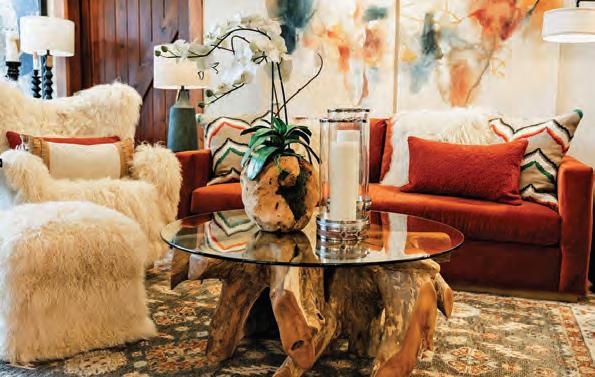
Established in 1975, Topnotch Fine Furniture & Design is a unique collection of home furnishings and an inconic center of interior design. Owned and operated by design professional Arianne Heyser and her husband Joshua Heyser, Topnotch features and eclectic variety of hand crafted items from the Northwest and around the world. Our 10,000 square foot showroom is conveniently located in the heart of Ketchum, offering Sun Valley’s largest inventory of inspired and functiontal items for your dream home. The expansive showroom features weekly rotating room displays to inspire design ideas for every style and taste, and new and exciting items arrive daily.
Topnotch is a full service shop offering exceptional service and customization, and their their talented and experienced team of design professionals can assist you in all phases of interior design—from new construction to remodeling, from a single unique piece of furniture to outfitting an entire house. The upstairs design center features a large design library of from custon furniture to ready-ship lines, as well as an extensve library of fabric, rug and pillow samples. Always focused on customer service Topnotch offers free local delivery, allows items out “on approval”—so you can see how it looks in your home. And their first client consultation is always complimentary.
Visit their beautiful showroom at 620 Sun Valley Road in Ketchum to find your next design inspiration!


Furniture can transform a space—metal and leather barstools add comfort and rustic contemporary style, while multiple seating options around a statement coffee table invite guests to get cozy.

Elkhorn Furniture Layout
Located in the heart of Ketchum, Idaho, Topnotch is a full-service showroom for creating dream homes infused with mountain modern design. Their expert team guides you from concept to completion, offering personalized advice on space planning, furniture, color schemes, and decor. Specializing in a blend of simplicity, coziness, and rustic charm, Topnotch emphasizes clean lines and neutral tones with playful rustic and Southwestern touches. Committed to making every space feel as good as it looks, they incorporate biophilic design, customized lighting, and unique decor. Experience seamless collaboration as Topnotch transforms your vision into a stylish, functional, and welcoming haven.


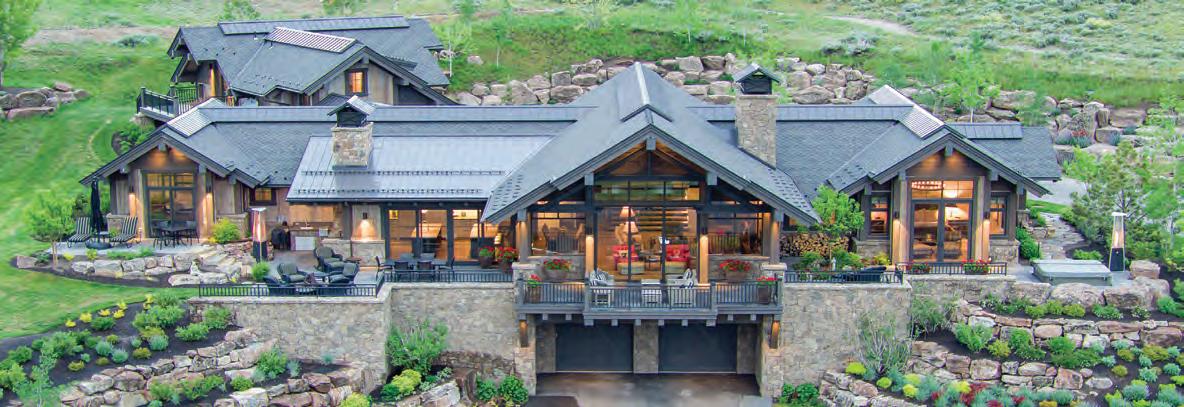
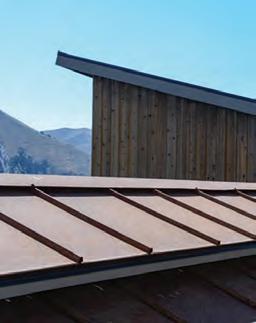

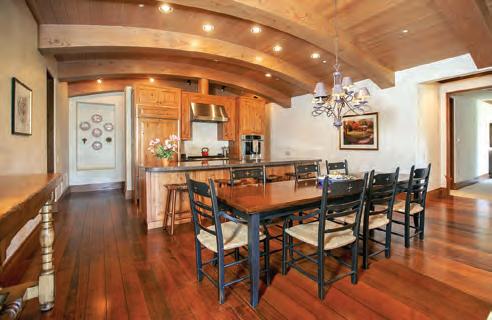
Lightening the ceilings in neutral paint and updating the fireplace surround to echo the palette of creams and natural woods allows the artwork to be the stars of the show. The palette of layered cream colors also works to oepn up the rooms, creating a contemporary and relaxing space.
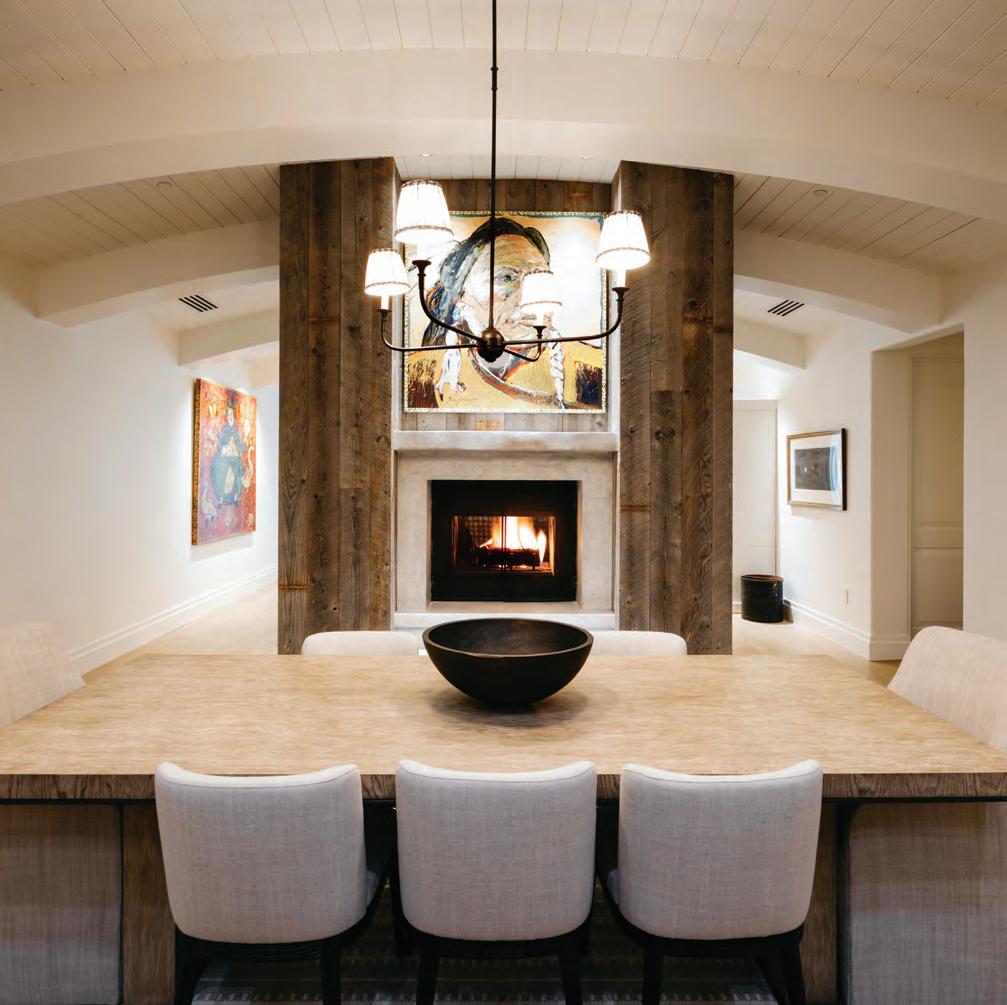
The Picket Fence
Thunder Spring, Ketchum Remodel
At The Picket Fence in Ketchum, Idaho, we’re dedicated to high-quality furniture from trusted, family-owned U.S. manufacturers. Their skilled artisans create pieces with craftsmanship people can cherish, featuring eight-way hand-tied frames and dove-tail joints. They specialize in custom designs tailored to your unique needs, collaborating with local craftsmen and our design team to ensure your space reflects your personality. With meticulous attention to detail, The Picket Fence blends aesthetics and functionality, crafting inspiring environments that feel like home. The Picket Fence will help you create a beautiful, personalized space that embodies your style and enhances your lifestyle in every corner.

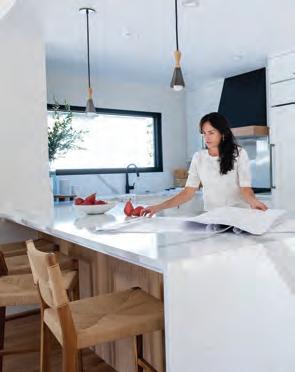


Latham Principal, LEED AP
500 Washington Avenue
Ketchum, ID 83340
208-928-6366
www.lathaminteriors.com
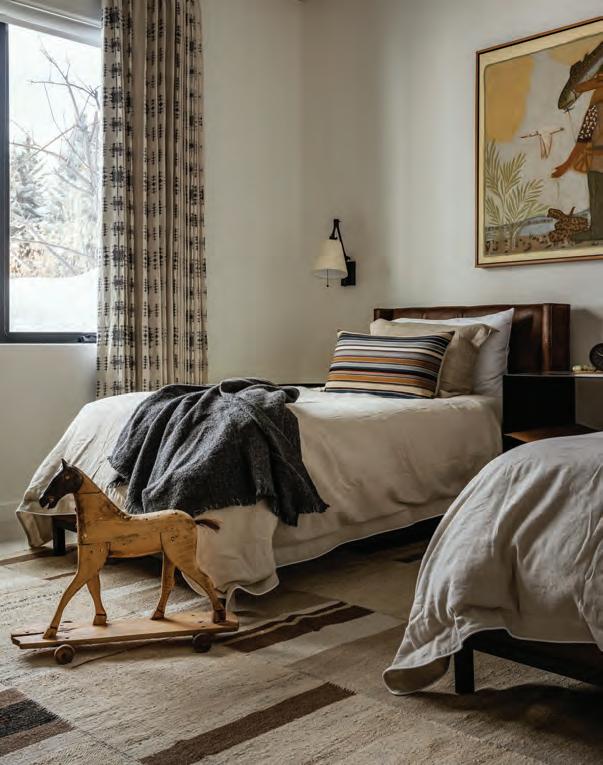
After meeting her husband and moving to Sun Valley in 2006, Sarah Latham fell in love with the mountain lifestyle and hasn’t looked back. Her foundation in design—the result of working with San Francisco’s Fisher Weisman, Lake Tahoe’s Bentley Interior Designs, and Ruscitto, Latham, Blanton Architecture for ten years—continues to support her expertise and innovation. When Sarah’s not closely collaborating with studio clients, she spends her free time outdoors. From biking to running, skiing, and gardening, Sarah is constantly immersing herself in the place she calls home and drawing on its inspirations.
Latham Interiors is an award winning design studio known for their attention to detail on every level of design. Whether it is a residential or commercial project, Latham Interiors produces a custom design suited to each owner’s individual needs. Specializing in ground up design from conception to installation, large remodels and furnishings, Latham Interiors is suited to completely elevate any design project. Contact Latham Interiors via their website and start a discussion on your project needs or shop the look online anytime at lathaminteriors.com/shop.
“With a passionate force of designers, our staff knows how to integrate traditional and modern styles to create the perfect blend for each project. We take value in getting to know our clients individually to better understand how best to create the function and aesthetic that will exceed their expectations in design.”
- Sarah Latham, Principal, LEED AP
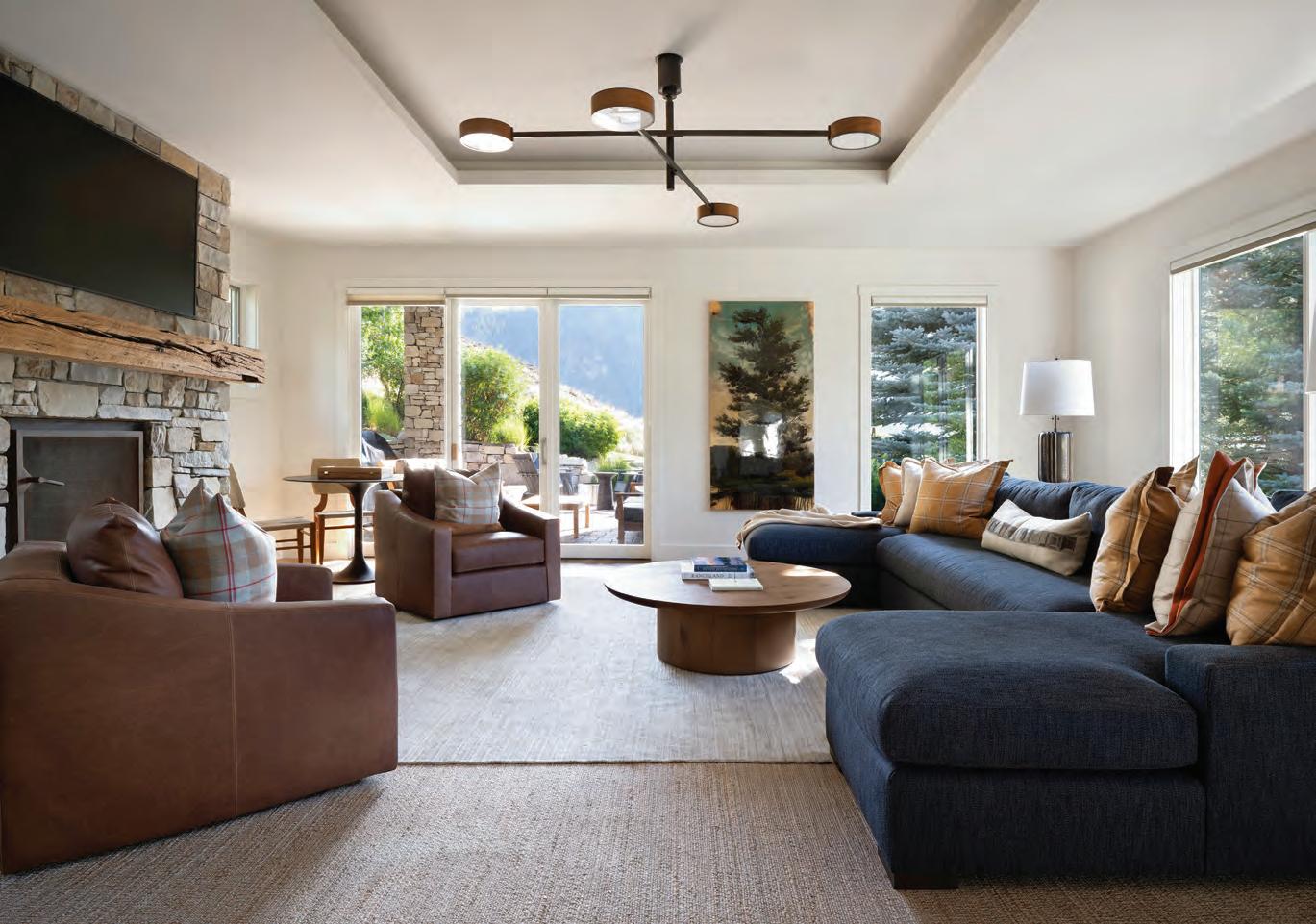
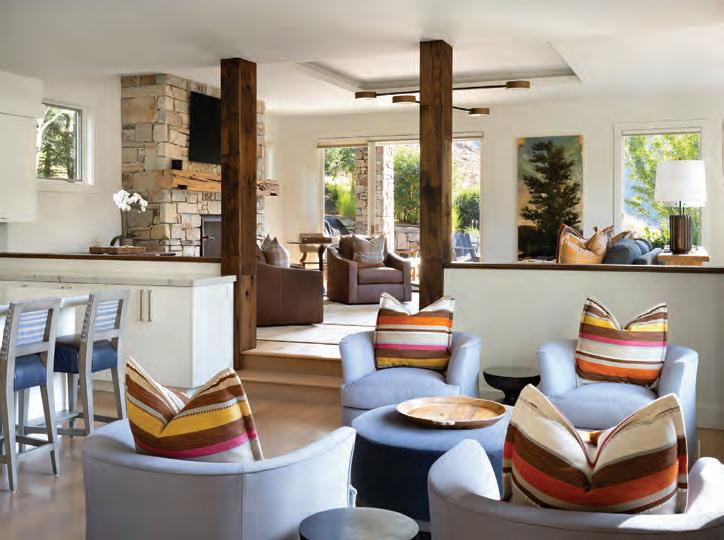
Laura Morawitz Interiors
Knob Hill Revival
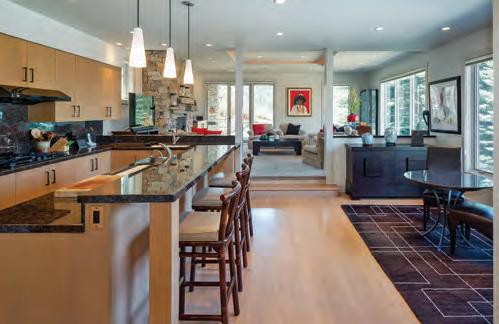
Layers of textured rugs and cozy fabrics with plenty of seating options for gathering and sharing were key in this remodel. Pops of color help brighten the space and bring an element of personal style into the rooms.
At Laura Morawitz Interiors, their small but mighty team collaborates with architects, contractors, and clients to transform visions into reality. Working closely with all parties, Laura Morawitz ensures precise schedules and timely decisions for seamless project execution. With in-house purchasing and billing departments, they meticulously manage every detail of orders, big or small, ensuring they are delivered on time and within budget. Their commitment to excellence means they consistently exceed expectations, making the design process smooth and efficient. Trust Laura Morawitz and her team to bring your vision to life with attention to detail and a dedication to your unique needs.
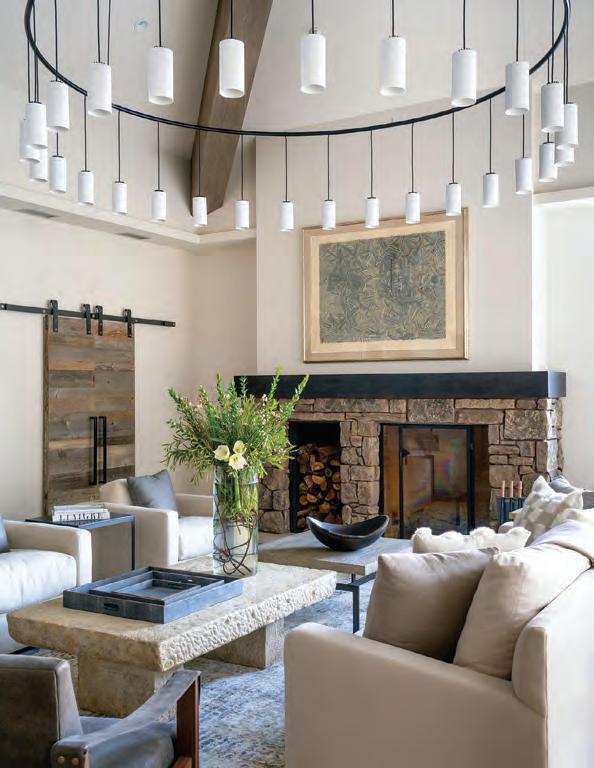
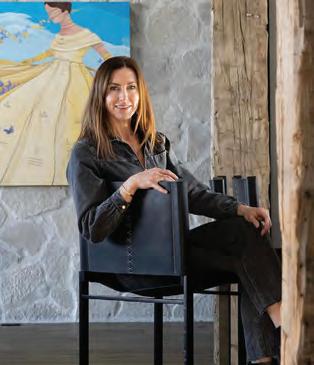
Jennifer Hoey Founder
323 Lewis Street, Suite A&B
Ketchum, ID 83340
208-726-1561
www.suedestudio.com
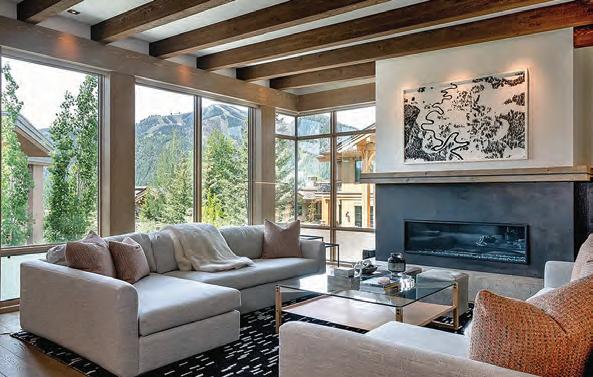

Suede Studio, formerly Jennifer Hoey Interior Design, is a forward thinking, highly talented design team led by Jennifer Hoey, ASID. With locations in Ketchum, Idaho and Bozeman, Montana, Suede Studio works with clients throughout the Mountain West. Our team addresses every detail of our projects from start to finish with efficiency and precision, while maintaining oversight of the big picture—and we’re not afraid to have a little fun while we’re at it.
At Suede Studio we work to achieve harmony between contrasts—a blend of modern and traditional styles, the juxtaposition of rustic and refined materials, innovative creativity with attention to budgets and schedules. From the ground up, we create spaces unique to each of our clients’ personalities and lifestyles. Every project is personal to us. Our passion for the spaces we design shows in the details.
Our recent name change was inspired by Suede’s properties which reflect many of our values and our style. Soft and strong, suede changes with the touch, revealing depth and movement. A material that finds roots in our home base - the west - it is both edgy and classic, luxurious and practical.
We value creative collaboration. As a team, we work together, feeding off each other’s creativity in a social, playful environment. Over the past 20 years, we’ve also had the privilege of fostering strong relationships with some of the most talented professionals in our field—from architects, contractors and builders to craftspeople, artisans, and landscape designers. Together, we turn visions into reality.

Ski Way, Warm Springs Remodel
Located in Sun Valley, Idaho, Latham Interiors is a full-service interior design team dedicated to creating thoughtful, beautiful, and innovative spaces. They blend traditional and modern styles to craft unique designs that meet each client’s needs. Their passionate designers combine professional expertise with a collaborative approach, ensuring we understand your vision and preferences. Whether transforming a single room or an entire home, they focus on enhancing function and aesthetics, consistently exceeding expectations. Experience the difference as they’ll turn your dreams into stunning realities, creating environments that inspire and elevate your lifestyle. ï

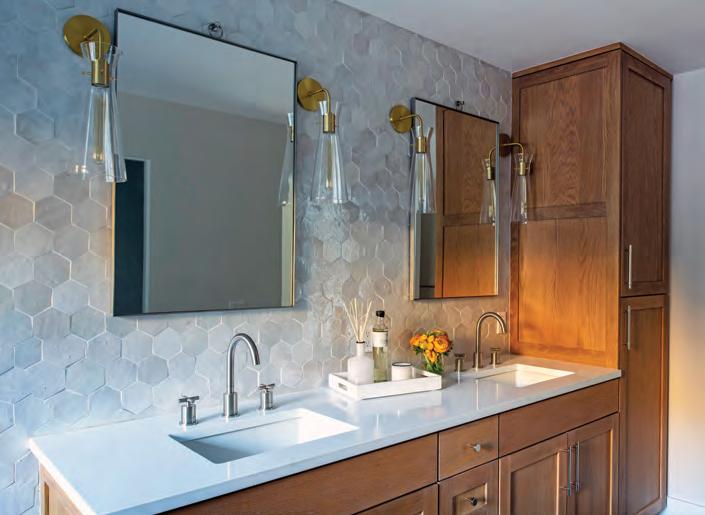



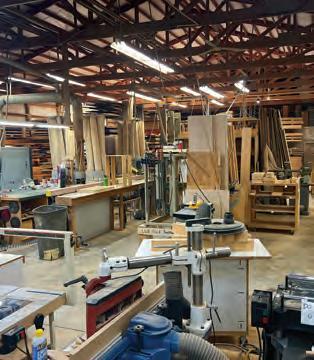
Jack Cook Principal, Chapel Hill Signature Cabinetry
4016 E. Summit Lane Nampa, ID 83687
208-442-8044
www.chapelhillcabinetry.com

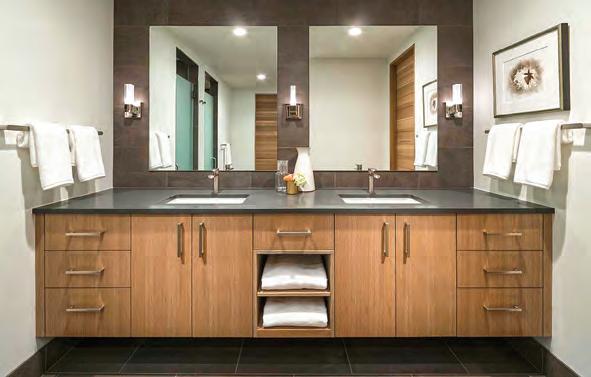
Since the founding of CHAPEL HILL in 2003, our goal has been to offer a product of great beauty and functional utility that is designed and built to last. We are a custom cabinet manufacturer and we believe that longevity is perhaps the most important element of sustainability. There is no product on the market more solidly constructed from more long-lasting and hardwearing materials.
Sustainability has become a buzzword; one that is often abused. But it is an undeniably important principle that has value for all of us. We use a high percentage of FSC-certified woods in our products and a high percentage of rapidly renewable materials. Our base and upper units are constructed from NAUF-certified panels.
From the beginning, our company was based on the philosophy of enthusiastically serving our customers and showing a genuine concern for their needs. We offer nearly every imaginable finish and design option for fine cabinetry and furnishings. We provide a full line of cabinetry finishing services such as stain, glazing, distressing, painted, multiple finishes, as well as many other services. If it can be imagined, it can be accomplished.
“We have been called ‘The most trusted custom cabinetry company in the Valley.’”
– Jack Cook, Principal, Chapel Hill Signature Cabinetry
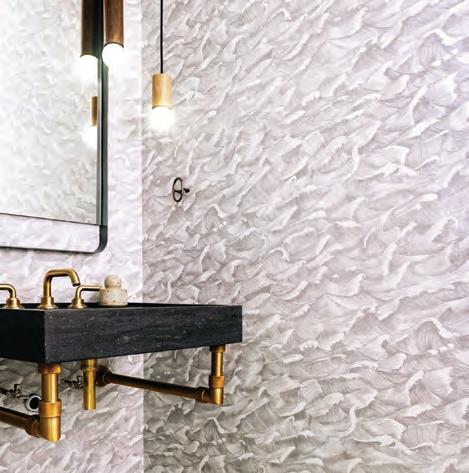
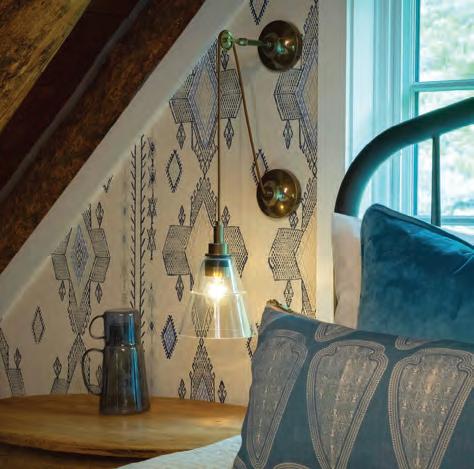
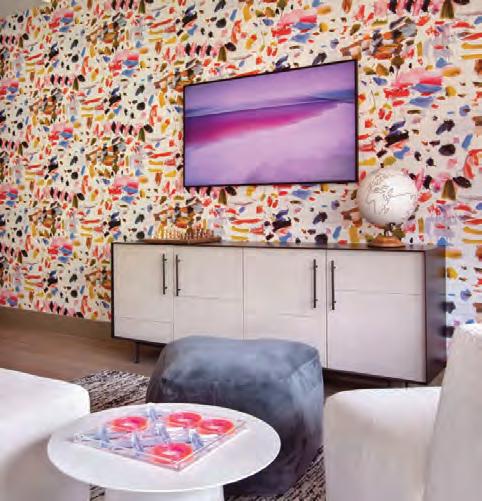
Wallpaper’s resurgence in home décor brings storytelling to life through bold patterns, textures and colors. From vintage florals to modern geometrics, each design sets a mood, capturing the essence of the homeowner’s style. It transforms walls into art, adding depth and narrative, making every room uniquely expressive.
1. Idaho Mountain Builders gray waves add interest to this sleek and minimalist powder room. 2. Allison Paige Interior Design a graphic theme in blue carries from the walls to bedding. 3. Suede Studio bright wallpaper modernizes a family retreat for games and gatherings. 4. Laura Morawitz Interiors bold lines of blue in this graphic wallpaper bring the colors of the entry door inside the foyer. 5. and 6. Maren Baker Design blending traditional wallpaper with more ornate and playful botanical designs helps layer pattern and texture with color. 7. and 8. Laura Morawitz Interiors utiliziing luxurious patterns and rich textural wallpaper designs helps add visual interest.





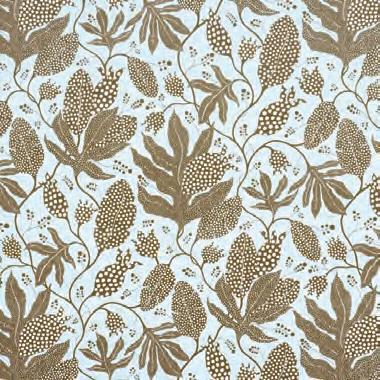
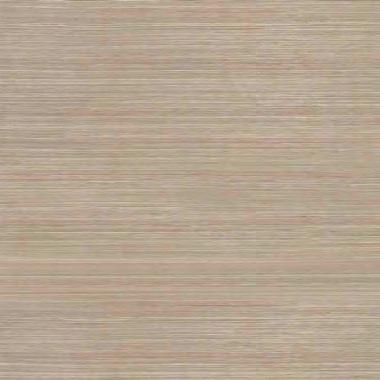
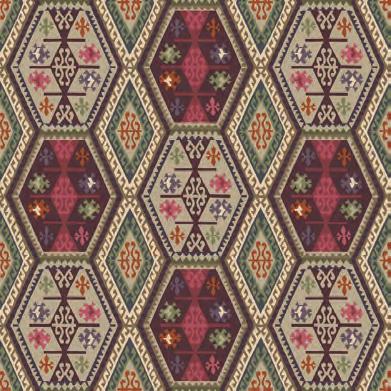
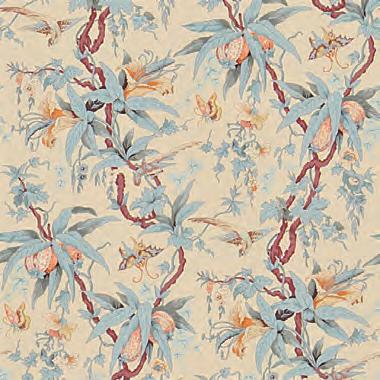


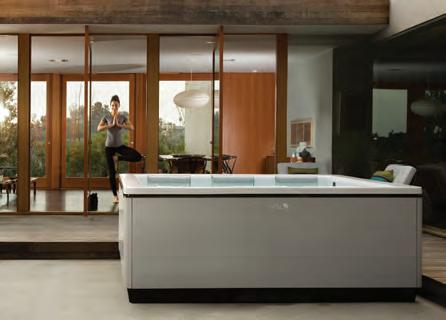


Zen spaces in a home offer a sanctuary for mindfulness and calm, countering life’s chaos. These areas foster relaxation, balance, and mental clarity, allowing individuals to recharge and reconnect. Minimalist designs and natural elements create an atmosphere of peace, promoting well-being and harmony, essential for inner tranquility.

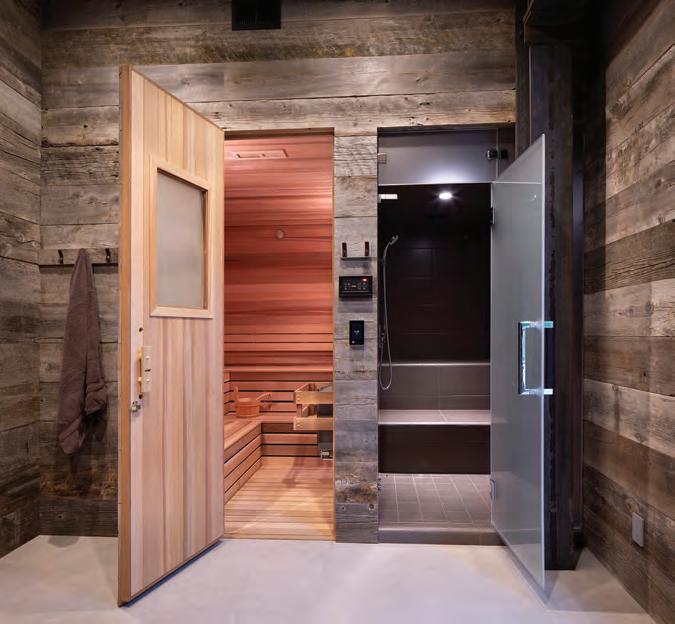
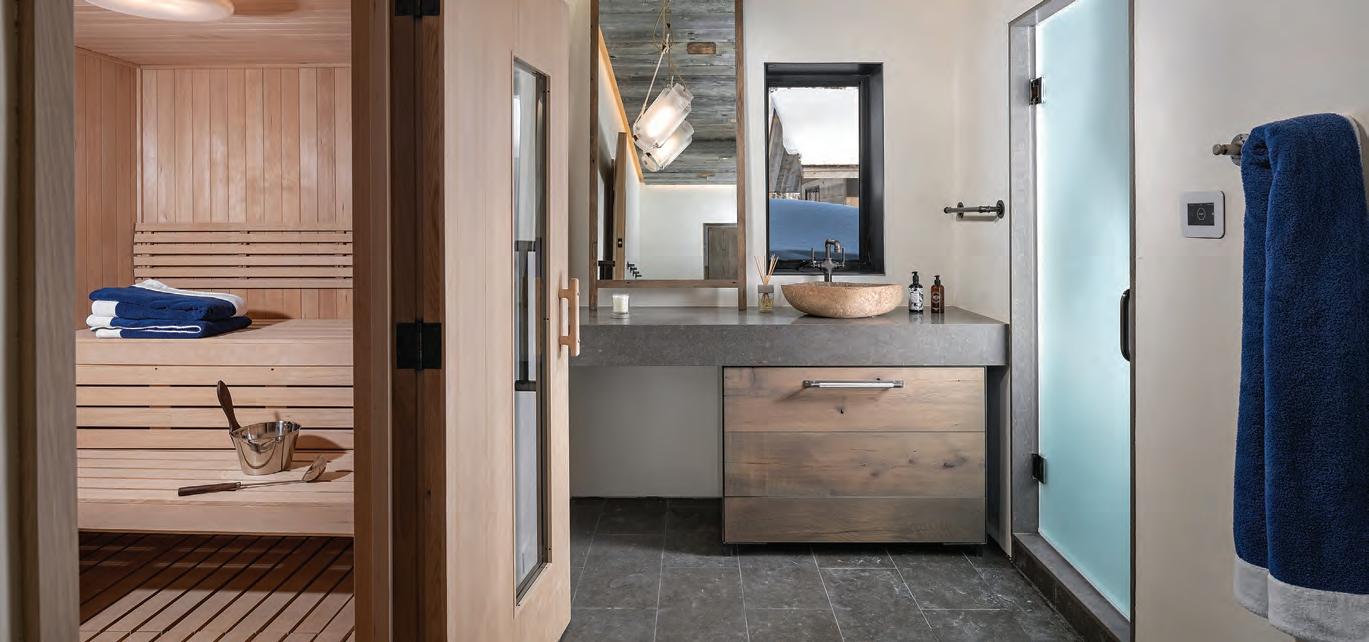


Home lighting transforms spaces with its diverse styles. Each fixture tells a story, from elegant chandeliers casting luxurious glows to sleek floor lamps illuminating cozy corners. Pendant lights add flair to kitchens, while dimmable sconces set the mood. The proper lighting enhances ambiance, functionality and the home’s unique character..
A selection of lamps ranging from steel and glass to ceramic, leather, wood or even animal hide, help bring style and visual interest into any room. Layering is key when designing with light, as is the height of the lamp chosen, and the general shape, color and texture of lampshades. Don’t forget to consider what is invisible at first, because the color spectrum, wattage, and dimmability of lightbulbs used can change the mood in a room. Table and wall lamps offer endless possibilities from the traditional to modern and retro to botanical—and don’t be afraid to mix or layer styles for greater visual interest and impact in design.

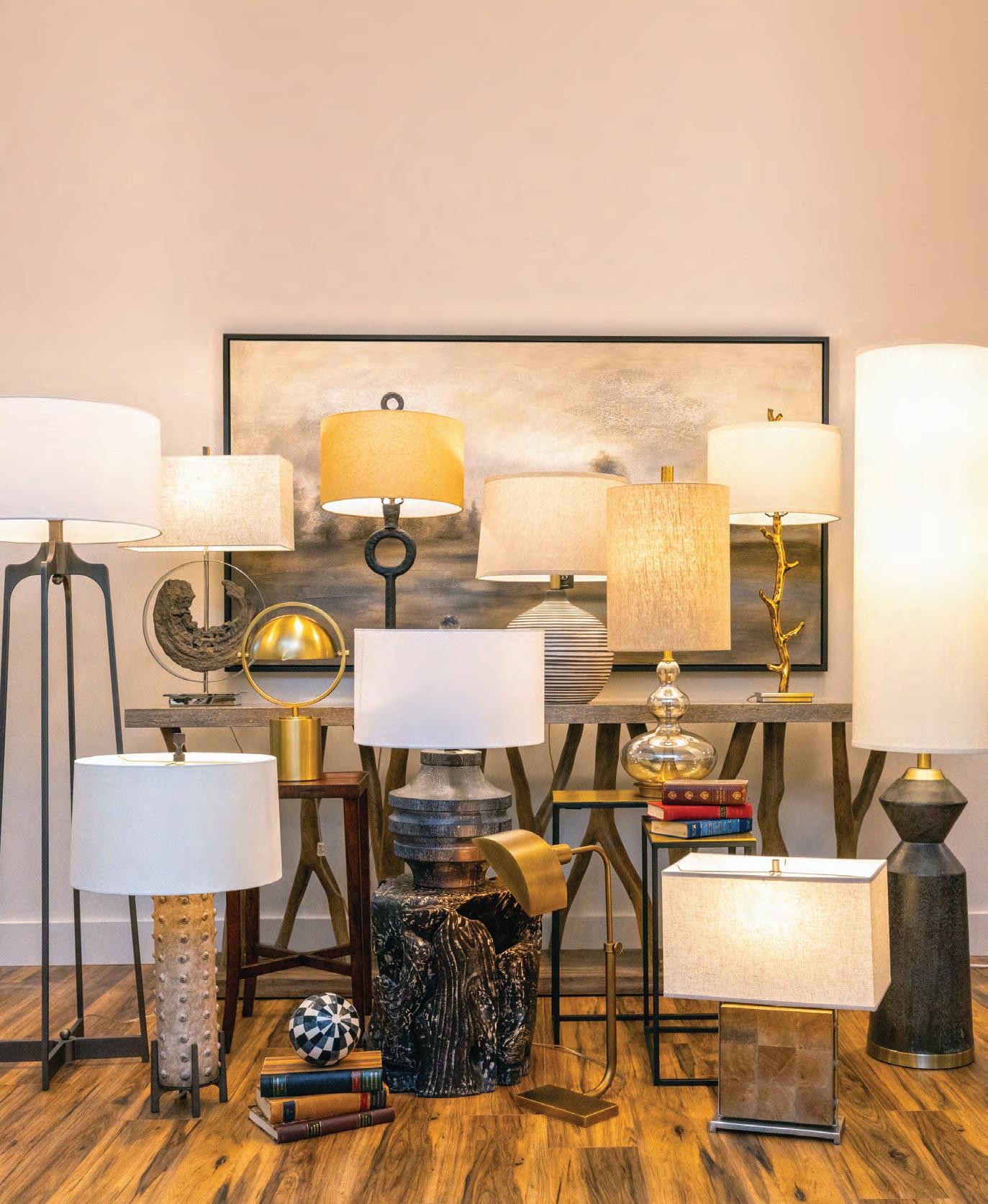








Color breathes life into a home, transforming it from a mere shelter to a vibrant canvas of expression. Bold hues energize, soft pastels soothe, and earthy tones calm us. Each shade tells a story, reflecting personality and mood, turning every room into a unique, dynamic space full of character and warmth.
Erica Blanke from Picket Fence Design says that 1. Reds started to make their way into interiors in 2024 and we are not seeing that stop anytime soon. A soft brick, or muddy red adds warmth and an unexpected pop of red can be achieved through art, a pillow or vase. More muted, soft 2. Brown tones are appearing as we shift away from the cooler greys of the mid 2010s. A warmer palette can easily deliver a calm and serene environment, providing the ability to build upon design with natural elements and textures. Also look for 3. Yellows, honeys, and ochres, which have made their way onto the fashion scene and are now bleeding into interiors—they can lift and brighten spirts.
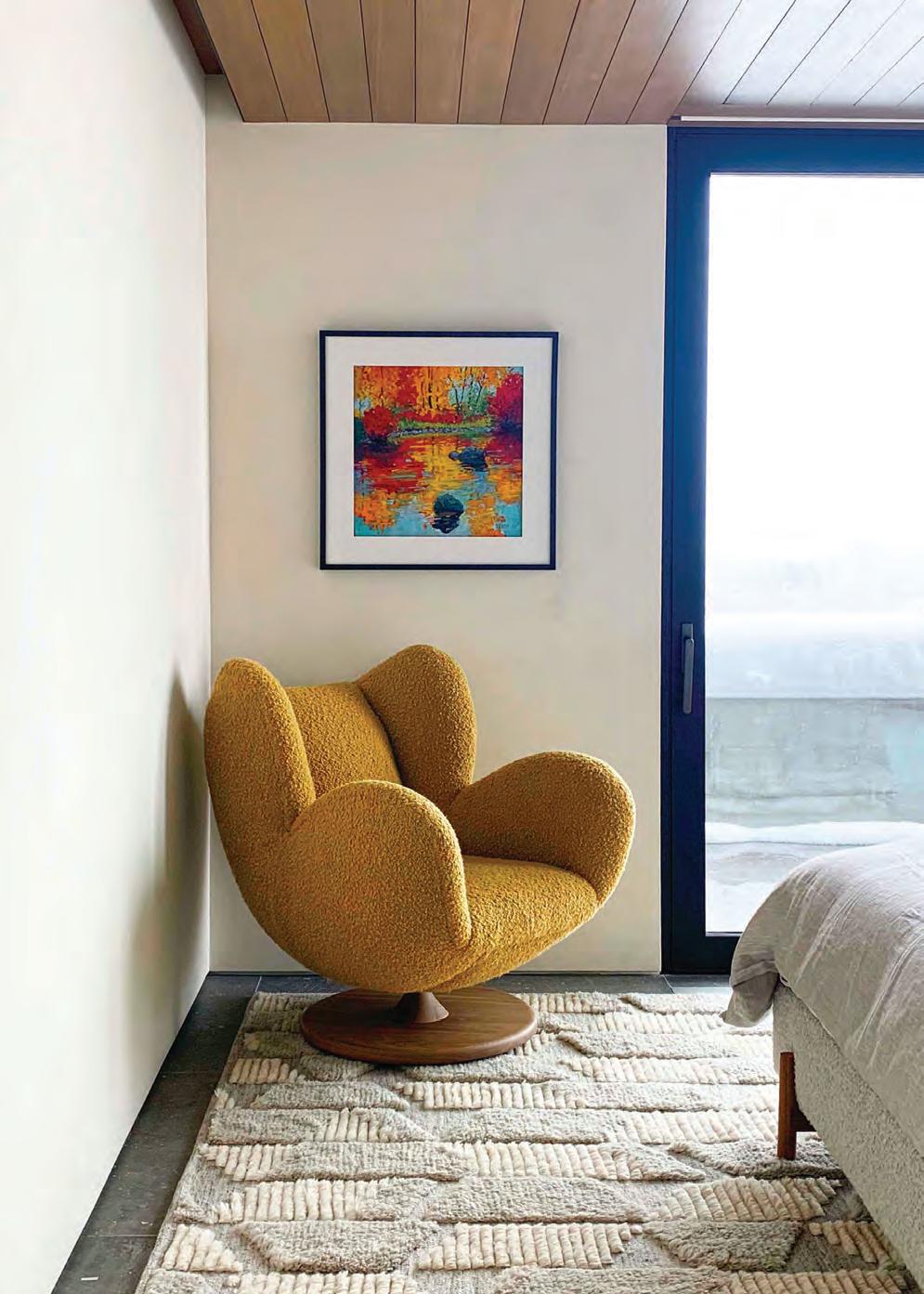
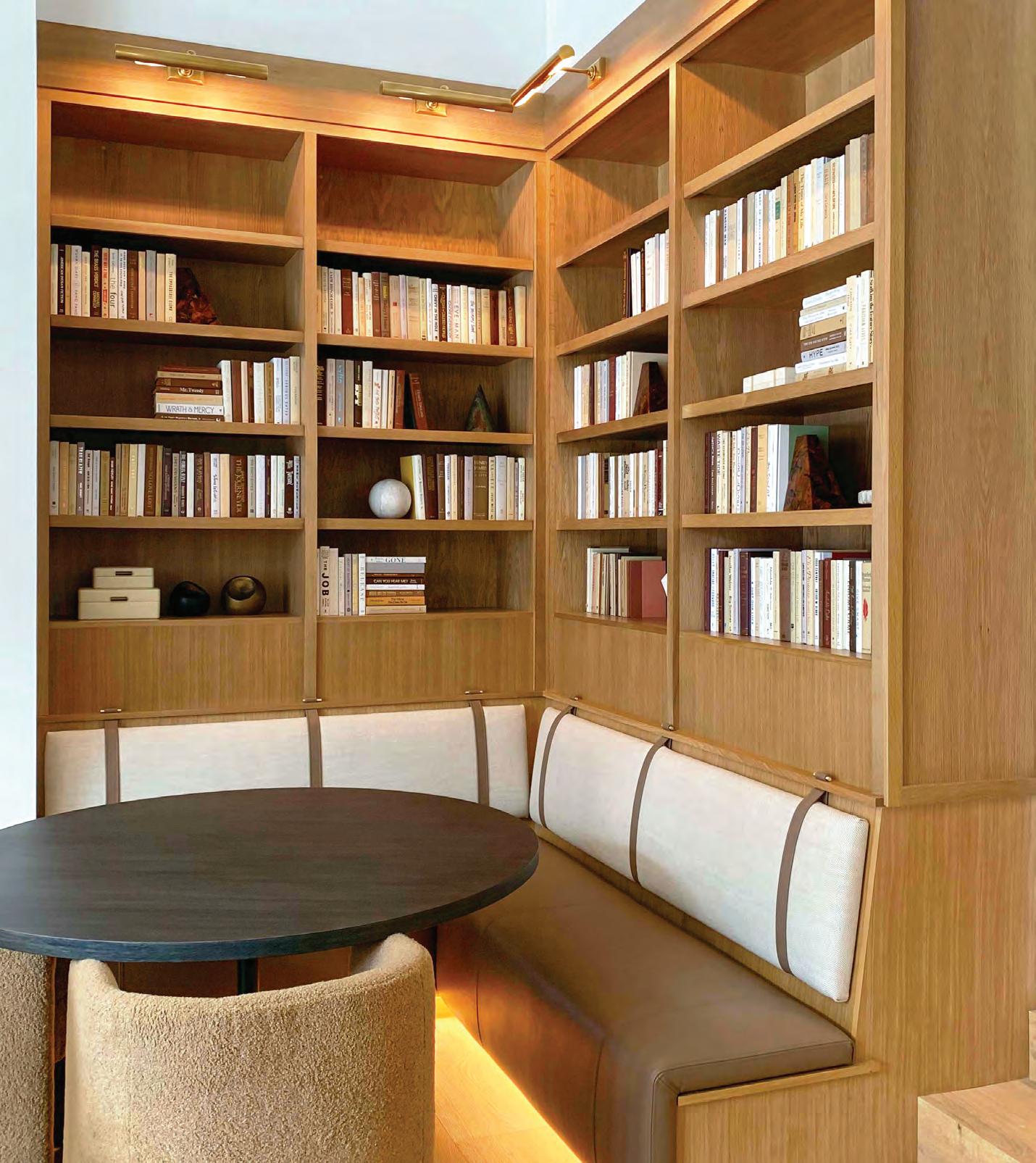




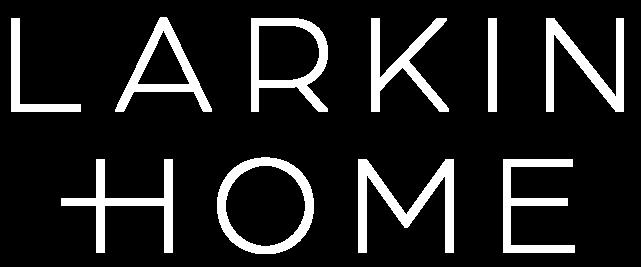

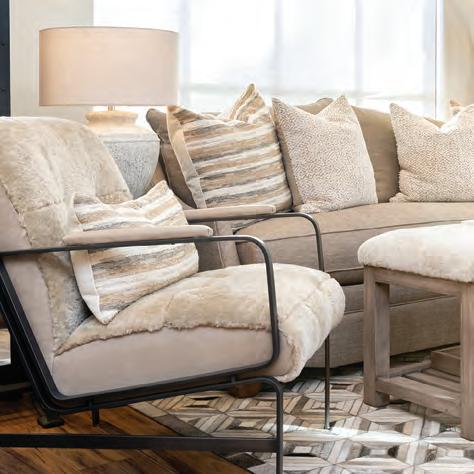

Animal skins and hides bring an organic allure to home décor, merging rustic elegance with tactile warmth. Their unique patterns and textures add a natural, earthy charm that grounds a space. Whether as rugs, throws, or wall art, they infuse rooms with a sense of adventure, timelessness and primal sophistication.
Animal Hides and Furs, long the darling of the fashion world, in real—and manufactured—fabrics, are now appearing in everything from pillows and throws to rugs, chair upholstery, stools, lamps, ottomans and tables. Combine animal skins in both dark and light colors with other materials, such as wood, metal and a variety of plush textiles, to create a harmonious and balanced design. Animal patterns, furs and hides not only bring an element of touchable luxury to any design, but also often add muchneeded texture to a room, couch, bedroom or sitting area. Choose bold and exotic patterns for impact and soft and luxurious textures for warmth and coziness.







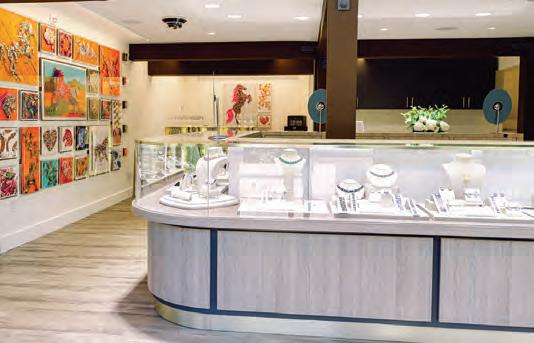
Valerie was raised in a small home in Tulsa, Oklahoma. Her father had a flair for the theatrical and was a painter, and it was clear from an early age that Valerie inherited his creative talents.
Valerie got her start in jewelry at a young age after she was scouted by a prominent Oklahoma jewelry designer. She apprenticed as a bench jeweler for several years, honing her skills in drafting and hand fabrication. It wasn’t until 1991 that she started her own line, and then, in 1998, she began a lease department in a local, high-end department store called Balliet’s. Valerie’s designs are mostly done in 18 karat yellow gold with a contemporary view point focusing on shape and proportion.
She loves colored gem stones and uses only the finest specimens in her finished products. Since most pieces are truly one-of-a-kind’s, Valerie’s favorite motto is “Why buy a piece of jewelry, when you can own a work of art.”
In 2002 Naifeh Fine Jewelry was born with the first brick and mortar store located in Oklahoma City, and Valerie enjoyed high demand for her original and custom designs. Her custom one-of-a-kind designs have won her many awards including “2006 Designer of the Year” from Colored Stone Magazine, several DeBeers Diamonds Today awards, and placement in the Japanese International Pearl Competition.
In 2018 Valerie expanded the business to include a larger, state-of-the-art design lab where her line is manufactured and custom pieces are fabricated and designed. The new design lab boasts the ability to do CAD renderings by on staff artists, jewelry casting, laser engraving, repairs and antique jewelry restoration.
Opportunity came knocking in 2021 while Valerie was visiting her condo in Sun Valley after the pandemic. And in 2023, she opened Naifeh Fine Jewelry at the Sun Valley Resort, which boasts her original designs, as well as everyday diamond and gold essentials displayed alongside a beautifully curated array of colorful artwork. Naifeh also carries internationally-renowned designers such as Erica Courtney, Robert Procop, Atelier Zobel, JudeFrances, Sloane Street, Lika Behar, Gurhan, Norman Covan, Joshua J Fine Jewelry, LORD, Cicada, Shy Creations and others! Stop in to browse Naifeh’s custom designs and curated selection of dazzling global jewelry, art and gifts.
At Sun Valley Resort | 208.622.3522 | naifehfinejewelry.com

Sun Valley Magazine has been delivering national award-winning publications for over 50 years and has the largest requested circulation of any magazine in the area, period! We are the only magazine in our market with both local and national distribution. Aligning your brand and business with Sun Valley Magazine will ensure that you stay top of mind among this coveted audience—we are an influencer in the Sun Valley market! Contact sales@sunvalleymag.com
Since 1973, Sun Valley Magazine has remained the trusted resource for passionate residents and curious newcomers. We continue to deliver the most sought-after demographics in the state of Idaho:
AFFLUENT, EDUCATED, ACTIVE and SOPHISTICATED readers living a LUXURY RESORT LIFESTYLE!


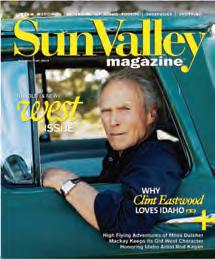


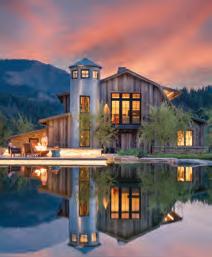
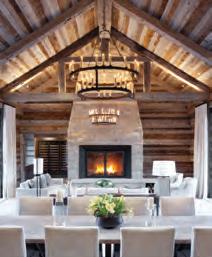
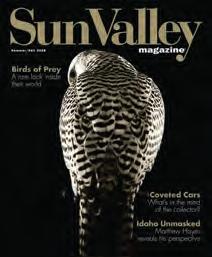
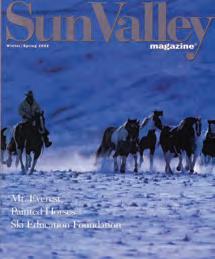

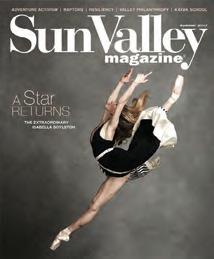




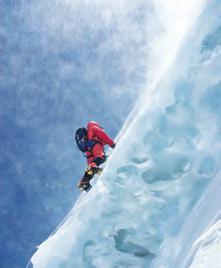
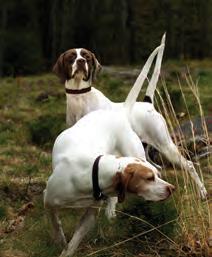

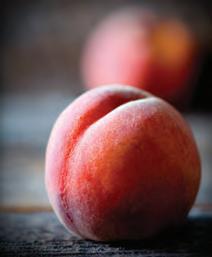
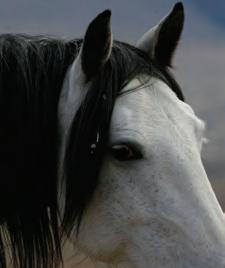
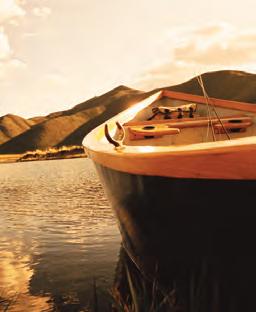
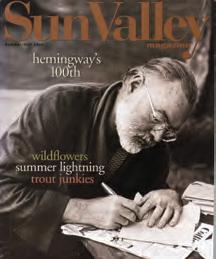
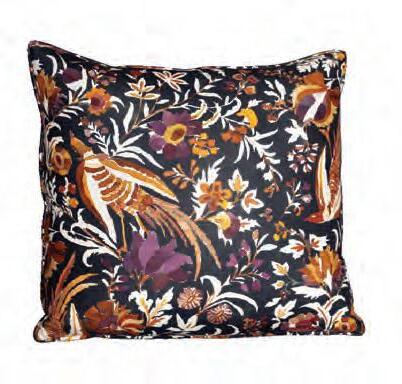
Throw pillows blend comfort and style effortlessly, adding texture, color and personality to any space. They enhance sofas, chairs and beds with inviting coziness while creating visual harmony through layered patterns and tones. Versatile and expressive, throw pillows tie a room together, offering both a plush touch and design flair.
1. Massoud add a pop of color with nature inspired prints. 2. BS Trading Co. shearling pillows in a multitude of soft colors create a soft and cozy feel. 3. East Coast leather trim and bronze accents. 4. Massoud powerful black and white prints. 5. East Coast Navajo-inspired wool in bold red. 6. Massoud woodland-inspired Ralph Lauren plaid with furry soft trim. 7. D.V. KAP deer print pillows are always in season. 8. D.V. KAP threedimensional textures offer visual balance to any sofa or chair. 9. D.V. KAP tassels and leather trim accents create a custom look. totem-pole-print pillows in vibrant colors are a conversation starter!
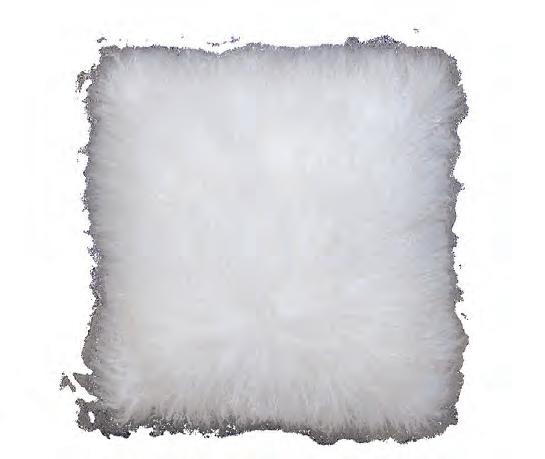
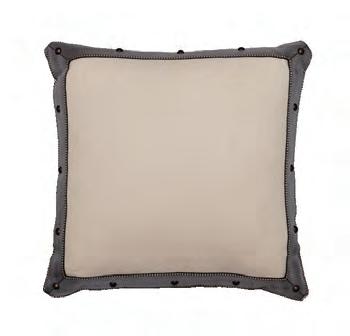
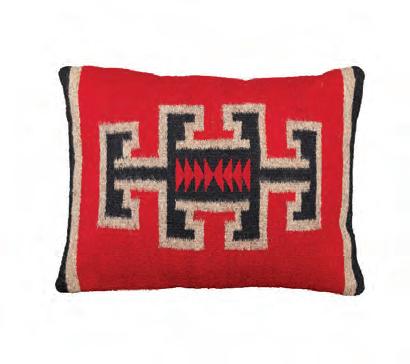


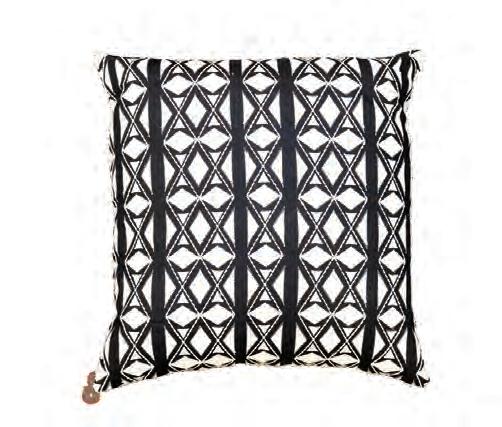
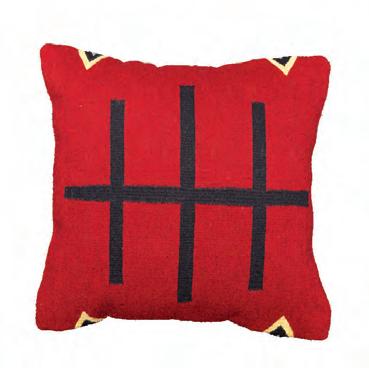
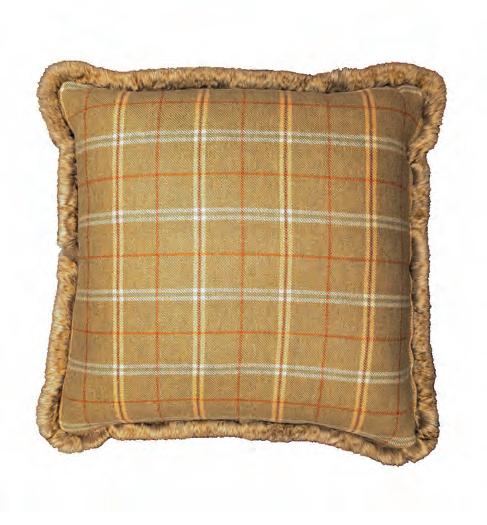
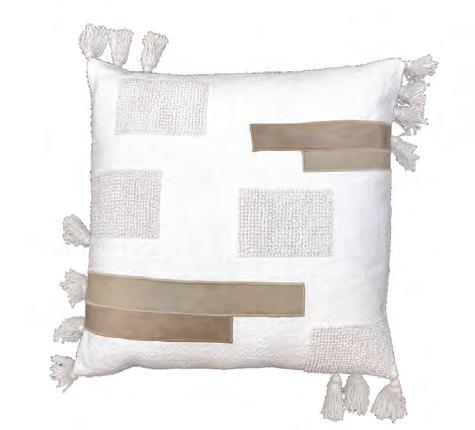
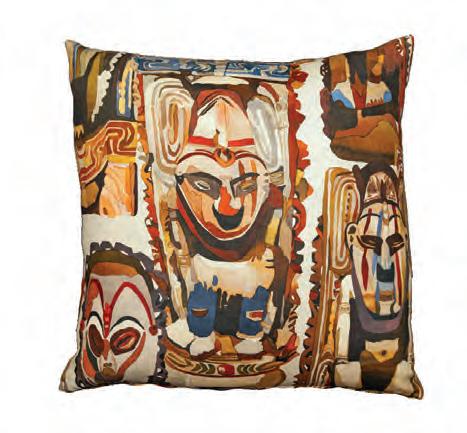


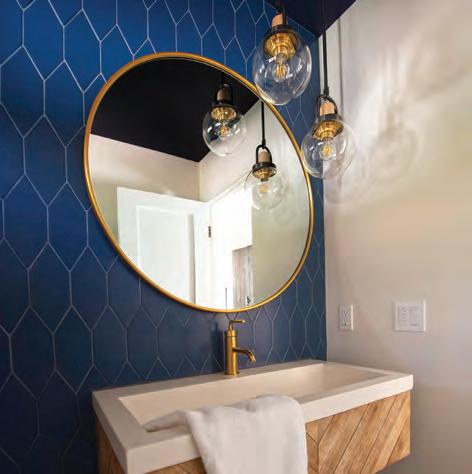
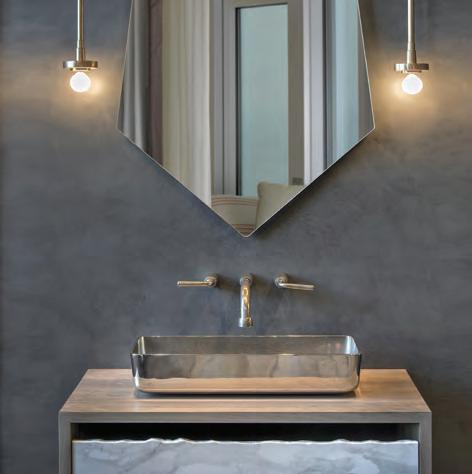

Posh powder rooms elevate a home with their compact luxury and stylish flair. These jewel-box spaces, adorned with statement mirrors, bold wallpapers, and elegant fixtures, offer guests indulgence and personality.
1. Latham Interiors Ski Way powder room in blue and copper tones. 2. Rocky Mountain Hardware Laguna sink and pendant, wall mount faucet, in silicon bronze. 3. The Picket Fence Interior Design Sun Valley Diamondback in textured greys and white with a sculptural metal mirror. 4. The Picket Fence Interior Design Sun Valley White Clouds, Tabarka Studio handmade tile, Phillip Jeffries wallcovering and Formations sconces. 5. Suede Studio graphic wallpaper in a botanical pattern adorn the guest bath at this White Clouds residence. 6. Maren Baker Design North End Blue Powder Bathroom adds wallpaper and painted wainscoat 7. Rocky Mountain Hardware a vessel sink and wall-mount fixtures complemented by the Double Charlie Sconce. 8. Laura Morawitz Interiors a pop of color and a jungle theme bring whimsy to this powder room.
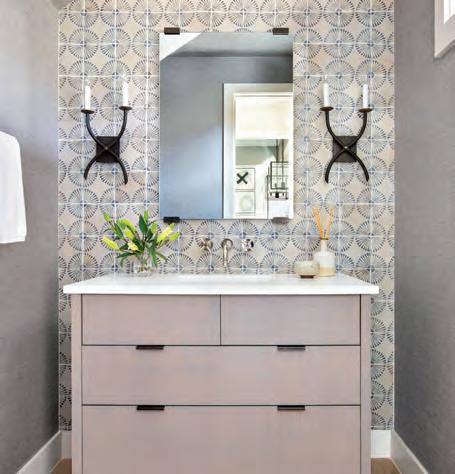
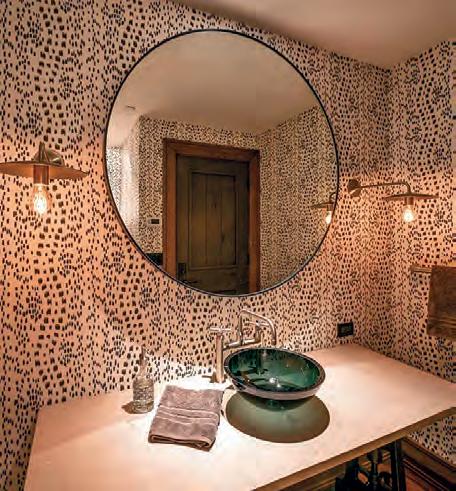
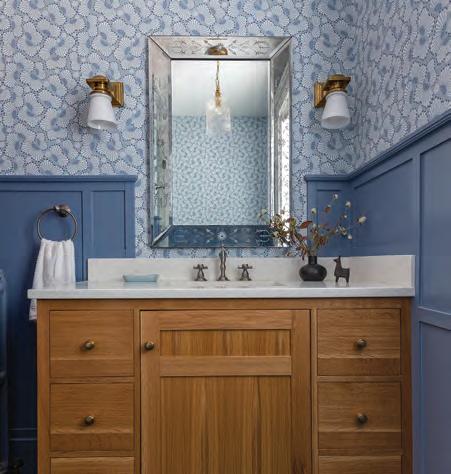










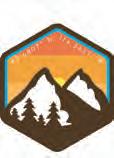


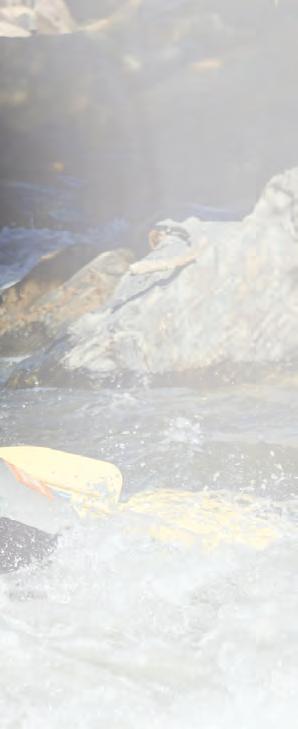


























The best water comes from the best source. The Idawater source lies in a remote part of Idaho, in the Sawtooth National Forest—between the small towns of Pine and Featherville—where the ancient geothermal aquifer is fed by snowpack from the Trinity, Steel, and Soldier Mountains.
HOLESINSKY.COM
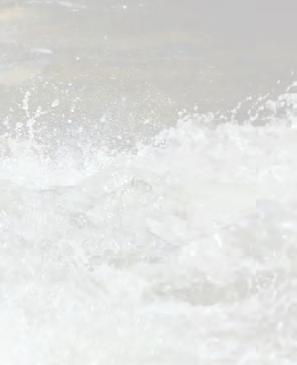


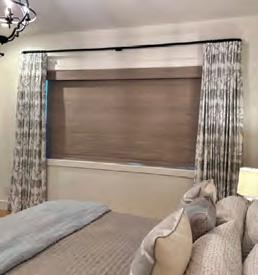
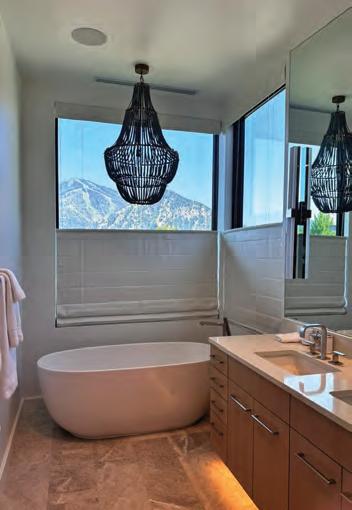
Elegant curtains seamlessly blend privacy and style, turning windows into statement pieces. They frame views, soften light, and shield from prying eyes while adding texture, color and personality to a room. From flowing sheers to rich drapes, they enhance the ambiance, creating a cozy, sophisticated retreat within the comfort of home.
or bedrooms where privacy is important.
add texture and help anchor a bedroom wall.

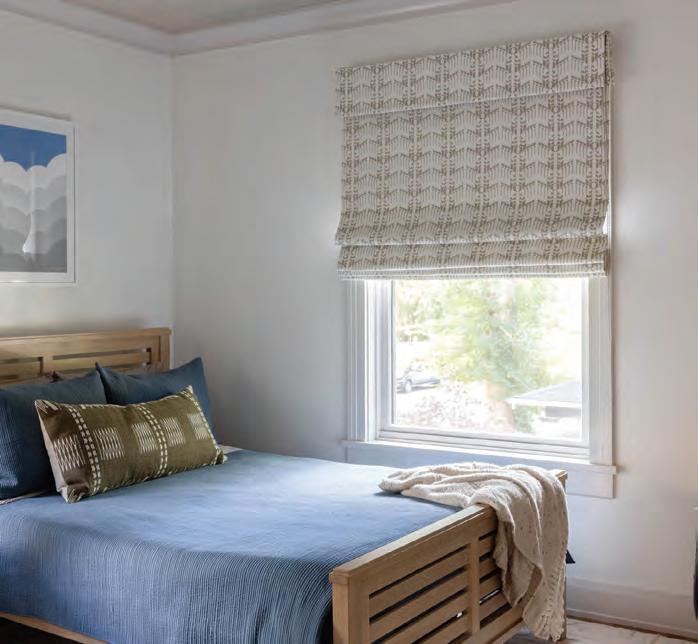


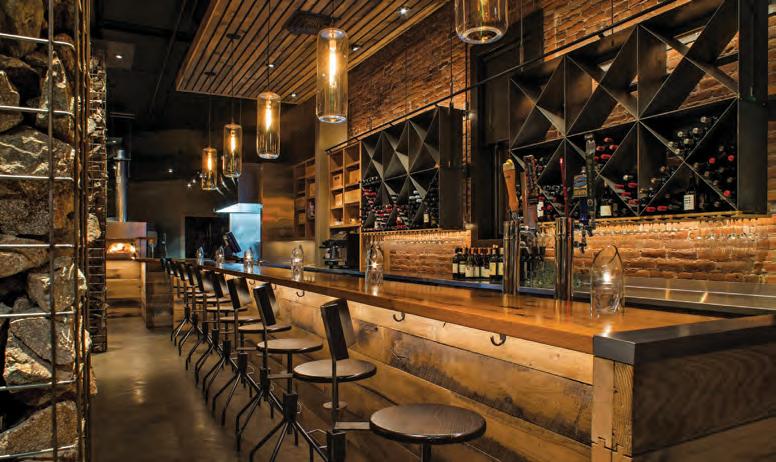
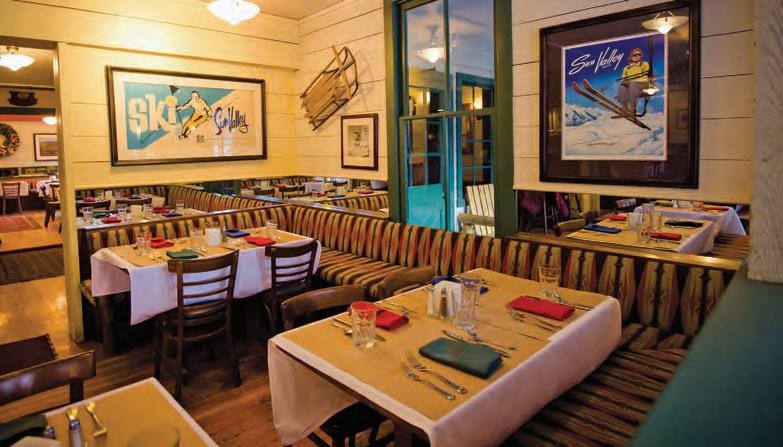

WORDS BY LAURIE SAMMIS
Artist Caleb Meyer’s expressive use of color and textured brushwork give his canvases a vibrancy and sculptural quality that is immediate and arresting. His rich, sculptural oil paintings depict fleeting moments in time and space. Each scene has an element of nostalgia—the light playing across the hills of a Western landscape, a rainstorm passing across a vast plain, a firelight flickering from an outdoor campfire, or a café cityscape in a misting rain. Somehow, though, there is no melancholy within the deep hues and rich paint. Instead, each canvas portrays a scene, both thoughtful and reflective, that urges viewers toward the simple beauty and joy contained within the moment.
In this respect, the tension in Caleb Meyer’s artwork arises from the calm, meditative
nature of a canvas in perfect balance. His ability to capture light, pulling it across the canvas in a bright and energetic juxtaposition with the dark, becomes almost wistful in nature through Meyer’s brush so that each canvas offers a profound connection to nature and the human experience.
“My intention is to capture the essence of a scene,” said Meyer, who adds that he typically avoids heavy symbolic content and wants to convey a sense of the wonder and beauty of the natural world. Meyer describes his style as impasto impressionism (simply: a thicker application of paint), and he often paints en plein aire (outdoors), capturing a moment between abstract and representational that is as fleeting as his experience or memory of it.
A native of Hailey, Idaho, who now lives
and paints at his studio in Montana, Meyer regularly returns to the mountains and valleys of central Idaho to find inspiration. As a child, Caleb enjoyed all types of art, but it was not until attending a painting class in college at Boise State University (BSU) that he discovered a passion for oil painting. While at BSU, a fellow art student bought one of his paintings for $200—an event that Meyer has said encouraged him to consider a career as a professional artist.
“My favorite assignments in college were negative space drawings or blind contour drawings,” reflected Meyer, who recalls that just staring at an object and drawing without looking or drawing the space around something helped him reach a different level in his art. “Usually, I was so focused on trying to make a drawing look right that it didn’t have any life to it.”

‘‘Starting with contour drawing offers a way to let my hand interpret the scene as my mind is seeing it so that I can get to the true essence of the painting,”
—CALEB MEYER

Meyer still often uses this process (drawing or painting without looking down) when creating new works as a way to help get in the flow and capture the intent of a piece. “Starting with contour drawing offers a way to let my hand interpret the scene as my mind is seeing it so that I can get to the true essence of the painting,” he said.
The sculptural aspect of oil paint is what drew Meyer to the medium. “The workability of oils allows me to add and subtract layers to build up the image I want,” said Meyer, who often applies paint with palette knives, sculpting the surface to create his work.
After graduating from BSU in 2006, Meyer began an apprenticeship with nationally recognized painter Robert Moore. Meyer compared his time in Moore’s studio to the
laying of a strong foundation. “The painting process is like building a house; a painter must understand the principles of design to create a foundation for a strong painting.”
Following his two-year apprenticeship in Robert Moore’s studio, Meyer accepted a job teaching art in Twin Falls, Idaho, but continued to pursue his dreams by painting in a studio set up in his garage whenever he wasn’t working with students. In 2011, after three years of teaching high school drawing and painting, Meyer left the classroom to pursue painting full-time and now paints from his studio in Montana, where he lives with his wife and three children.
Since retiring from teaching and pursuing painting full-time, Meyer has received recognition in a number of publications and was featured in Southwest Art Magazine’s

ABOVE:
BELOW:
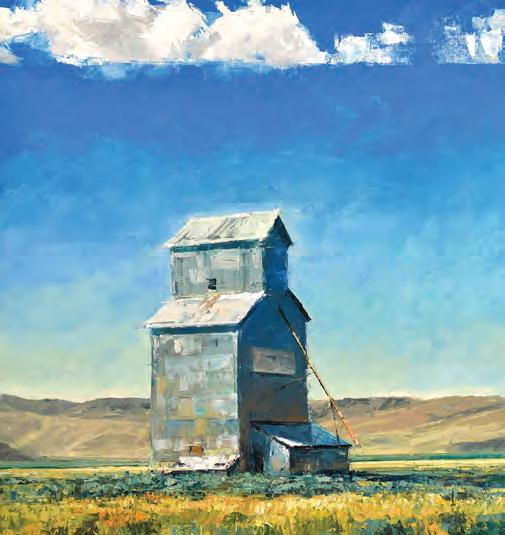
“21 Under 31,” highlighting the top 21 artists under the age of 31. Meyer’s work is displayed in galleries in Montana, Utah, Idaho, and Wyoming, and his artwork has been featured in national publications, including Southwest Art, American Art Collector, Western Art Collector, Big Sky Journal, and Art & Architecture. Meyer is genuinely inspired by and supportive of other artists and many art forms. It is telling that one of his greatest inspirations to date is knowing that one of his former students, Silas Thompson, is now enjoying his success in the art world. Meyer is calm, intentional and joyful— qualities demonstrated in his work--paintings that quietly resonate with the nostalgia of shared memories and the immediacy of shifting light. His work can be seen at the Kneeland Gallery in Ketchum. ï


WORDS BY CAROLYN FRENCH PH OTOS BY KIRSTEN SHULTZ
After four years of closed curtains, the lights at Liberty Theater are shining brighter than ever. And under the spotlight, The Liberty Theatre Company (TLTC) presents a 2024/25 season featuring uniquely adapted shows and incredible local talent. Following their smash summer run of Boeing Boeing, the upcoming fall and winter productions are poised to sell out performances and invite Sun Valley’s performing arts patrons to immerse themselves in stories unlike their own.
After spending years in the dark following the pandemic’s interruption of live performances, the threat of losing Hailey’s iconic venue shook the Wood River Valley’s community of theatergoers. However, in May of 2023, local realtor Logan Frederickson purchased the Liberty Theater with a commitment to preserve and enhance the artistic space. After a few infrastructure tweaks in January, the doors reopened, offering TLTC the space to focus on its core strength—performing.
TLTC’s past two seasons have proved exceptionally successful (thanks to overwhelming community support). Ticket sales for the 2023/24 season surged by 233% compared to the previous year, and the 2024/25 season is on track to rise another 200%. “Within two years, audience attendance will have increased by 400-500%, which is remarkable considering most theater companies in the country are losing audiences or struggling to stay open,” says TLTC’s Artistic Director Naomi McDougall Jones. “This is a clear metric showing how much our community values live theater and supports the arts.”
A key factor contributing to the Wood River Valley’s strides in artistic enthusiasm is the “Pay What You Feel Season Pass.” The initiative provides broad access to live theater, with 600 passes sold last season and nearly 800 for the current season, accounting for 40-50% of ticket sales. The remaining 60% comes from individual buyers, with shows consistently selling out. “I’m

‘‘There’s something really different about being in a room with live theatre and experiencing stories that are different from yours.”
- NAOMI MCDOUGALL JONES, THE LIBERTY THEATRE COMPANY AR TISTIC DIRECTOR

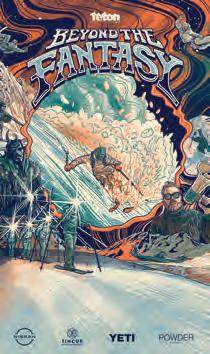
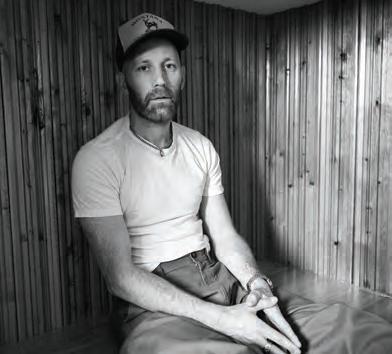
Ballet Idaho
November 2, 2024
Teton Gravity Research’s
Beyond the Fantasy
November 9, 2024
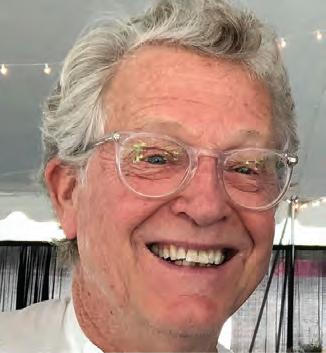


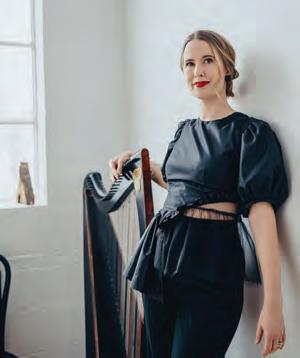
A Conversation with Ridley Pearson
December 1, 2024
Blind Boys of Alabama
Christmas Show
December 17, 2024
Mat Kearny
The Acoustic Trio Tour
January 11, 2025
The Druml Sisters
January 24, 2025
Maeve Gilchrist
February 14, 2025

With four major productions scheduled from October through April 2025, TLTC has shows to appeal to every taste and style.

proud to say that by the end of this season, we will be earning about 40% of our annual budget from ticket revenue, which is a significant achievement for a theater company,” says McDougall Jones.
The 2024/25 season launched with the summer production of Boeing Boeing, a classic farce and slamming comedy. The show became TLTC’s all-time highest-grossing production, selling out the Liberty Theatre from the front row to balcony seats during its three-week run. Originally written in the 1960s, LA-based director Veronica Moonhill infused the retrostyle play with her own twist, challenging the classic gender roles baked into the original and adding a unique flair to TLTC’s production.
With their first show a resounding success, TLTC is now preparing for their next production: the deviously delicious Broadway sci-fi smash musical, Little Shop of Horrors Running from October 4-19, this sci-fi musical will usher in the spooky season with all-time singalongs and a tongue-in-cheek plotline. The show features a predominantly local cast, complemented by a Boise-based puppeteer. Director and Music Director R.L. Rowsey promises a synchronized production of music, dance, and exceptional acting.
The holiday season’s following production will present a unique form of live art: a live radio show of Alice in Wonderland. The classic story, adapted by McDougall Jones, runs from December 6-8, featuring one free Spanish
show at 2 p.m. on December 8. This format, which was experimented with last season in the Hammond Castle radio show, offers an immersive soundscape featuring a live Foley artist to bring the audible experience to life for audiences of all ages. “What’s so neat about it is that it has this quality that’s kind of like reading a book, where because all you’re receiving is the oral landscape, you get to be the filmmaker in your own mind,” says McDougall Jones.
The final fully staged production of the season premieres in February as A Doll’s House, Part 2—a reimagined sequel to Ibsen’s classic play A Doll’s House. However, the season will officially close with the 24-Hour Theater Festival, offering one last opportunity for artistic experimentation at the Liberty Theatre. Back by popular demand, participants collaborate to build a brand-new play within 24 hours, testing their creativity and teamwork. Last season’s festival was a hit, leading to a sold-out show and new additions to TLTC’s familiar faces.
Opportunities for involvement at the Liberty Theatre remain open for enthusiastic community members. Volunteer positions open during show runs, and annual auditions open in May for those looking to tap into show biz. Additionally, McDougall Jones has recently introduced a high school apprentice program, providing five Sun Valley seniors the chance to work alongside theater professionals. The caliber of TLTC is a stroke of luck in our
Boeing Boeing: 6/28 - 7/13 By Marc Camoletti, Translated by Beverley Cross & Francis Evans, Directed by Veronica Moonhill
Little Shop of Horrors: 10/4 - 10/13 By Alan Menken & Howard Ashman, Directed & Music Directed by R.L. Rowsey
Alice in Wonderland: A Live Radio Play: 12/6 - 12/8 By Lewis Carroll, Adapted by Naomi McDougall Jones, Directed by Veronica Moonhill
A Doll’s House, Part 2: 2/7 - 2/22
By Lucas Hnath, Directed by David Janeski
24-Hour Theatre Festival: 4/6
Written by you!
small town, placing artistic immersion at our fingertips if we just reach out and grab it.
“There’s something really different about being in a room with live theatre and experiencing stories that are different from yours, experiencing actors who are portraying characters unlike anyone you’ve ever met in your life in a small town,” says McDougall Jones. ï

WORDS BY RILEY BOICE
Reed Lindsay is championing a new model of journalism aimed at embracing cross-border collaboration and centering voices from underrepresented communities. Through documentary film, Lindsay harnesses storytelling’s most powerful medium to bring news from Cuba and the Global South to the fore.
Lindsay had called the Wood River Valley home since the first grade, “cutting his teeth” at the Idaho Mountain Express and the Wood River Journal (WRJ) back when the papers were separate entities. After graduating from Williams College, Lindsay spearheaded a dedicated Spanish page for the WRJ. “La Voz del Valle” provided information about health care services, the education system, and other happenings for the valley’s vast Spanish-speaking community.
An opportunity to report for The News (Mexico City) launched Lindsay into an acclaimed career in international journalism, living in and reporting from Mexico, Argentina, Venezuela, Paraguay, Bolivia and Haiti. Lindsay also reported on the Arab Spring from the ground in Egypt, contributing to the Emmy Award-winning HBO documentary In Tahrir Square. He co-directed Benghazi Rising, a film about the 2011 uprising in Libya. He later followed a young female boxer in India with his film Fists of Fury, which won Lindsay a Gracie Award for Outstanding Hard News Feature. Eventually, Lindsay’s report took him to Cuba. As a matter of fate, he reported there during the Obama Presidency, who ushered in a historic opening of U.S.-Cuba relations, and Trump, who returned U.S. policy to “a Cold War-era policy of economic warfare,” Lindsay explained. “In terms of being able to make a living, have hope, or feel like your country has a future or not.” Lindsay said the outcome of U.S. elections has had more profound effects in Cuba than for most Americans at home.
Seeing this impact firsthand galvanized Lindsay to help expose the devastating impact of U.S. sanctions on Cuba, beginning with his




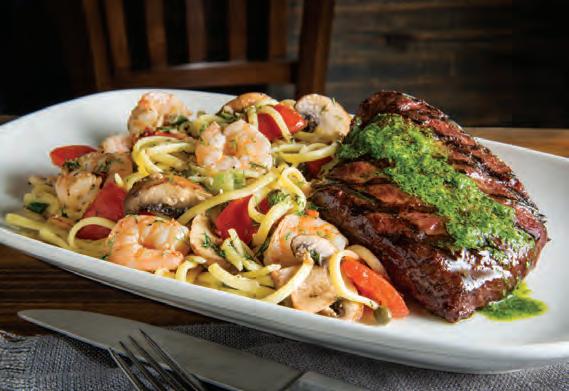
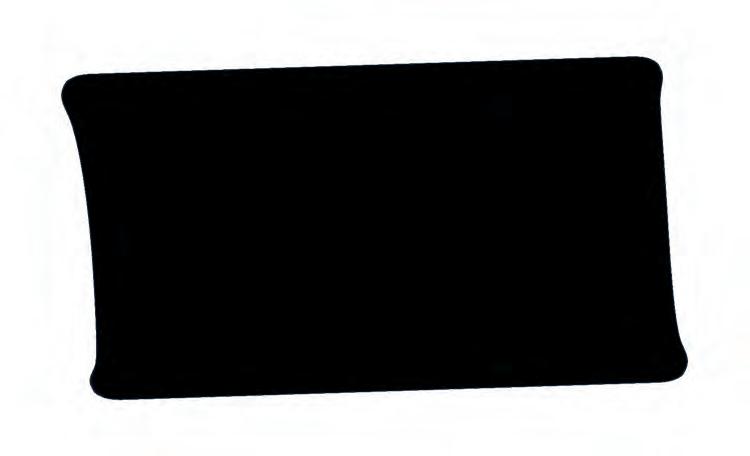
docuseries, The War on Cuba, presented by Cuban journalist Liz Oliva Fernández. From past experience, Lindsay knew the series would be difficult to sell to a larger media outlet, so he launched his own—Belly of the Beast (BOTB), a media outlet that endeavors to center Cuban voices in its reporting.




“I’ve heard the term ‘parachute journalism’ used to describe journalists like myself, who go to the Global South, from very wealthy countries to very poor ones, report for a short period of time and then return,” said Lindsay. Journalists depend on the willingness of their subjects to share their lives, and Lindsay laments how extractive that process can be. The War on Cuba, which features Oliva Fernández as its presenter, “is mostly from her perspective as a Cuban, and how U.S. policy has affected people in Cuba,” said Lindsay. “I think the series was effective in a way that it would not have been if I was the one telling that story.” The series performed well on YouTube, winning Oliva Fernández a Gracie Award for Best Online Video Host.


Lindsay’s Belly of the Beast also won a One World Media Award as a media outlet. Perhaps a lesser-known award, but the competition was fierce—BOTB prevailed against two of the international media’s goliaths, Al Jazeera and the BBC. Though Lindsay admits his Emmy was the biggest boost to his resume, he says this award was the most satisfying.
“I think, ultimately, what has driven me to do the work is to have an impact in some way,” said Lindsay of his choice to tell stories on film.

“Video is more accessible to more people,” he said. “Some people are moved by writing, but everyone’s cried in a movie.” Lindsay desires to tell the truth about injustices, hoping that awareness can inspire solutions.

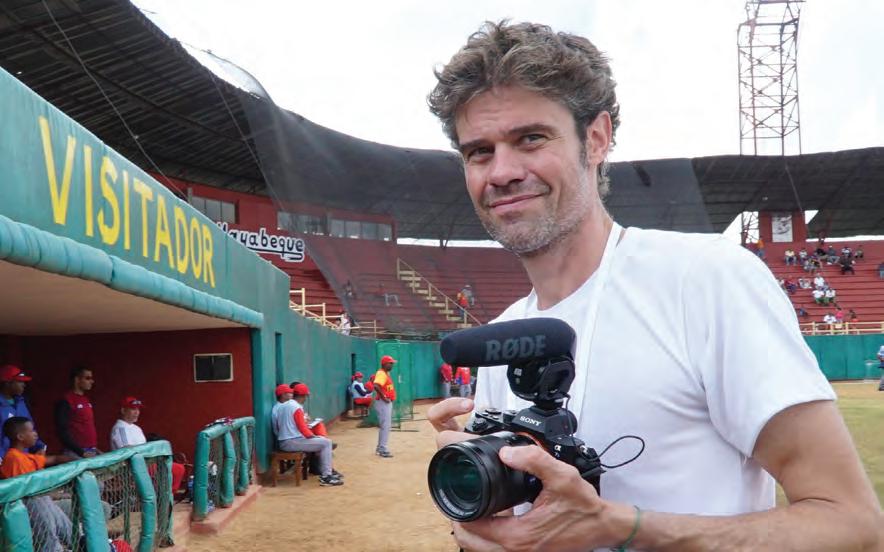
While BOTB has recently been exploring more written reporting and even turning to social media to reach a wider audience more consistently, the film will always be their pièce de résistance. Lindsay and the BOTB team continue their task of bringing Cuba’s stories to bear with two new documentaries, both featuring Oliva Fernández’s guiding voice.
‘‘I’ve heard the term ‘parachute journalism’ used to describe journalists like myself.”

-REED LINDSAY
Hardliner on The Hudson explores how former New Jersey Senator Bob Menendez became perhaps the single greatest influence on Biden’s hardline policy towards Cuba. Menendez, a Cuban American, recently resigned from Congress after being convicted of corruption.
Uphill on The Hill digs into Biden’s policy, the ruinous effects on Cuba’s economy, and how the situation has spurred an astonishing increase in migration to the U.S.-Mexico border.
“I think these films are particularly groundbreaking because they are a model of ‘parachute journalism’ in reverse – which is actually far more coherent,” said Lindsay. “And that’s something I’m very proud of.” As an American with no real stake in what happens to Cuba, Lindsay has learned that the path to truthful reporting is one of collaboration –amplifying the voices at the heart of the story will certainly guide whatever he covers next. ï
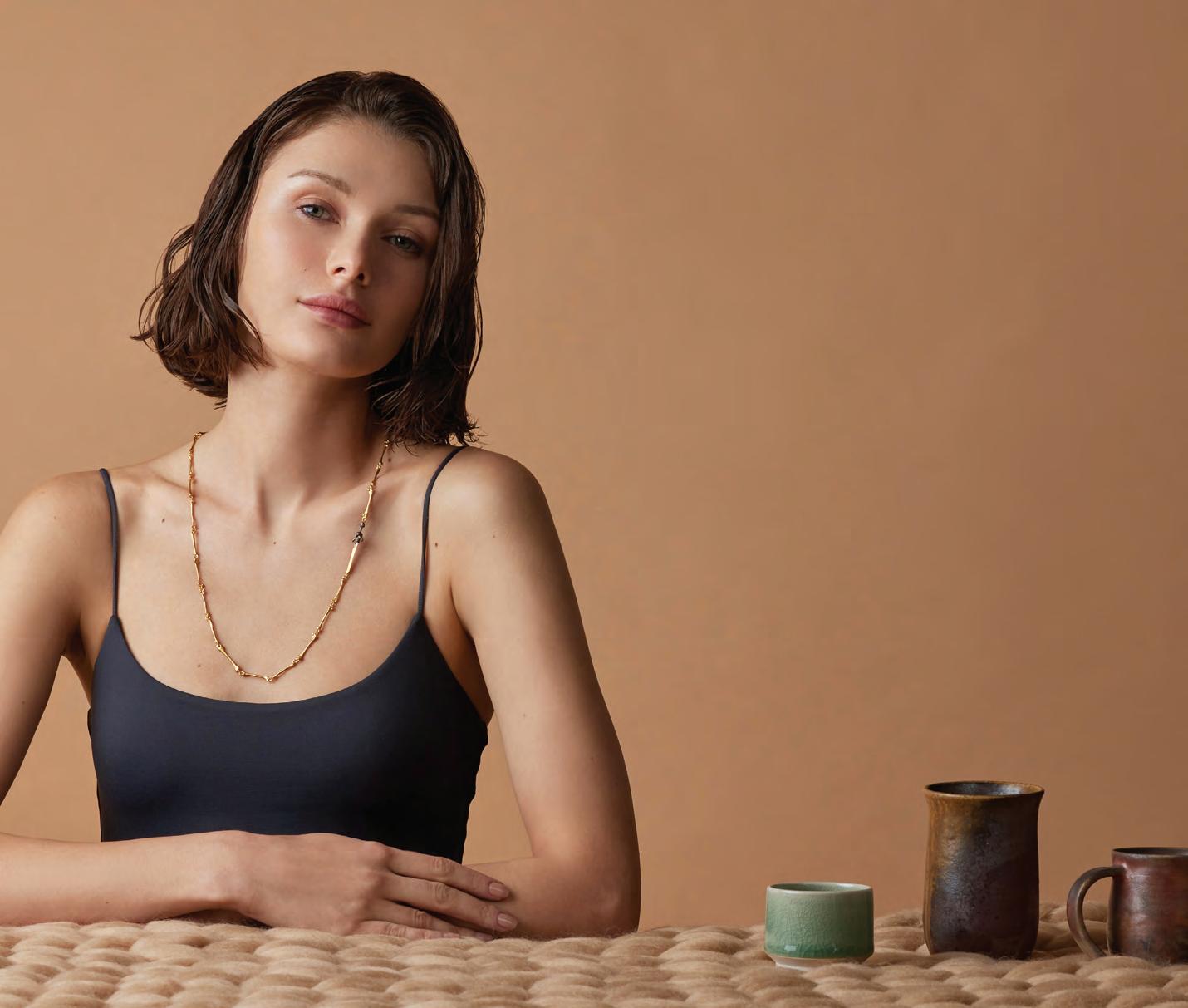





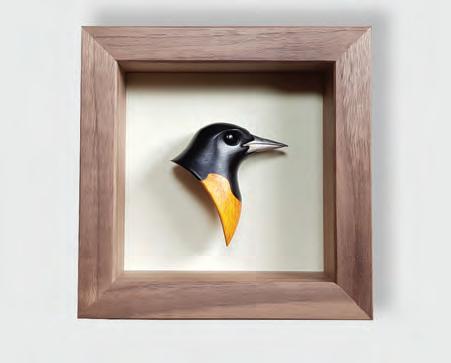

The Sun Valley area boasts a diverse and cosmopolitan art community. Here is a sampling of what’s in store at galleries this coming year.
Established in 1987, Broschofsky Galleries exhibits historic through contemporary fine art with a primary focus on the West. New artists at Broschofsky include Billy Schenck, who has been painting in his reductivist paint-by-numbers style since the 1960’s, and Scottish photographer David Yarrow, as well as Rudi Broschofsky—who puts his modern, street art spin on the imagery and symbolism of the Old West. Broschofsky Galleries also shows works by John James Audubon, Bill Barrett, Albert Bierstadt, Carl Oscar Borg, Stephen Broderick, Russell Chatham, Michael Coleman, Edward Curtis, Jim Dine, Joellyn Duesberry, Glen Edwards, Ewoud de Groot, Jan Grotenbreg, Takefumi Hori, Tom Howard, Kollabs, Roy Lichtenstein, William Lumpkins, Gordon McConnell, Joan Mitchell, Ken Peloke, Pat Steir, Theodore Villa, Russell Young, and Andy Warhol.
For over 45 years, the Gail Severn Gallery has built a national reputation for presenting energetic exhibition schedules, participating in international art fairs, facilitating museum exhibitions and publishing books and catalogs for their artists. The gallery works in all media and has four exhibition spaces as well as a two-acre sculpture garden. Among the gallery’s featured artists are Linda Lowe, whose paintings straddle what is knowable and concrete and what is mysterious and intuitive; Lisa Kokin who is a mixed-media artist with a strong bent toward content-driven conceptual work, and Julie Speidel, whose sculptures engage an extraordinary array of cultural influences.
Gail Severn also exhibits works by Jenny Abell, Victoria Adams, Nicolas Africano, Jan Aronson, Bruce Beasley, Scott Blaser, Pegan Brooke, Donald Campbell, Divit Cardoza, Squeak Carnwath, Nicole Charbonnet, Linda Christensen, James Cook, Mark Cooper, Woods Davy, Pamela Detuncq, David Devillier, Betsy Eby, Donald & Era Farnsworth, Bean Finnerman, Tony Foster, Sheila Gardner, Raphaelle Goethals, April Gornik, Morris Graves, Michael Gregory, Diane Andrews Hall, Tom Hammick, Valerie Hammond, George Harkins, Robert Helm, Jonathon Hexner, Berkeley Hoerr, Rod Kagan, Jun Kaneko, Margaret Keelan, Gary Komarin, Hung Liu, Betsy Margolius, Kara Maria, Jennifer Markowitz, Chris Maynard, Robert McCauley, Laura McPhee, Dennis Mitchell, Cole Morgan, Kenna Moser, Kathy Moss, Gwynn Murrill, Ed Musante, Marcia Myers, Don Nice, Carolyn Olbum, Deborah Oropallo, Luis Gonzalez Palma, Manolo Paz, Robert Polidori, Robb Putnam, Joseph Raffael, Christopher Reilly, Mario Reis, William Robinson, Rana Rochat, Alexander Rohrig, Jim Romberg, Jane Rosen, Brad Rude, David Secrest, Maggie Shafran, Anne Siems, Kiki Smith, Jack Spencer, Mark Stasz, Therman Statom, Allison Stewart, Inez Storer, Daniel Diaz Tai, Melinda Tidwell, Boaz Vaadia, Theodore Waddell, Deloss Webber, David Wharton, and Laura Wilson.

“Sisterhood” by John Westmark at Gilman Contemporary, acrylic and sewing patterns on canvas, 72 x 60 inches
Gilman Contemporary believes that art should be thought-provoking, inspirational, and resonate in a deeply personal place for their clients. Collectors appreciate the diversity of the artists and have come to recognize the gallery as a place of conversation and discovery. Among the gallery’s featured artists are Brazilian born painter Thai Mainhard, Slovakian photographer Maria Svarbova, and Jill Lear, whose primary inspiration and subject are ancient trees, deeply rooted in their environment. Gilman also exhibits works by Paul Beliveau, Nick Brandt, David Burdeny, Marco Casentini, Tom Chambers, Peter Clark, Alex Couwenberg, Ellie Davies, Matt Duffin, Jeri Eisenberg, Tuck Fauntleroy, Joanne Freeman, Hacer, Tony Hernandez, Seonna Hong, Brad Howe, Flavia Junqueira, Charles Kay Jr., Laurie Victor Kay, Mayme Kratz, Jason Langer, Michael Massaia, Frances McCormack, Carmen McNall, Greg Miller, Craig Mooney, James Austin Murray, Kelly Ording, Maria Ossandon Recart, Niv Rozenberg, Rodney Smith, Melvin. Sokolsky, Ben Steele, Paulette Tavormina, JP Terlizzi, Alex Timmermans, John Westmark, Jason Wheatley, Wendel Wirth, and Steve Wrubel.
Hemmings Gallery presents fresh work by both established and emerging artists in frequently rotating exhibits. The gallery offers an extensive collection of monotypes as well as contemporary work in a variety of media. Among their featured artists are Sally King Benedict who celebrates the joys of excess with her vibrant landscapes, Ezra Siegel, whose minimalist approach to his paintings exhibits a human touch, and Frances Ashforth, whose spare paintings, drawings and waterbase monotypes reflect the geography and geology of intersecting habitats that she has visited and studied. Hemmings also exhibits work from Louise Belcourt, Sarah Bird, Lynda Benglis, Richmond Burton, Clem Crosby, Jay Davis, Stephen DeStaebler, Tony Delap, Brad Durham, Dana Frankfort, Pia Fries, Fernando Garcia Correa, Flavio Garciandia, Melissa Graves Brown, Christopher Gibson, Joanne Greenbaum, Spencer Hansen, Willy Heeks, Roberto Juarez, Jeff Juhlin, Gary Komarin, LoopmasterM, Deborah Marshall Bohrer, Ricardo Mazal, Frances McCormack, Todd McKie, Sally Metcalf,

Tom Hammick • Pegan Brooke • Betsy Margolius • Jun Kaneko • Kathy Moss • Kiki Smith • Nicolas Africano
Hung Liu • Diane Andrews Hall • Robert McCauley • Theodore Waddell • Victoria Adams • Michael Gregory
Lisa Kokin • Rana Rochat • Chris Maynard • Gwynn Murrill • Robb Putnam • Kenna Moser • Linda Christensen Maggie Shafran • Laura McPhee • Jane Rosen • Marcia Myers • Raphaëlle Goethals • James Cook

“Violets Are Blue, 1990” by Larry Bell at OCHI Gallery, aluminum and silicon monoxide on canvas, 43.75 x 84.25 inches
Yunhee Min, William J. O’Brien, Margaux Ogden, Sabina Ott, David Rhodes, Liz Rideal, Ansley West Rivers, Steve Roden, Andrew Schoultz, Katherine Sherwood, Stuart Shils, Hans Sieverding, Cubby West Spain, Valerie Stuart, Fraser Taylor, Rich Uppal, Monique Van Genderen, Wes Walsworth, Stephen Westfall, William Wiley, Lisa Williamson, Liat Yossifor, and John Zurier.
One of the more traditional galleries in Ketchum, Kneeland Gallery features paintings and sculpture from a variety of emerging and established artists. The majority of the featured work is by artists living or working in the West with a focus on landscape, still life and wildlife imagery. Among the featured artists this season are Mark Gibson, a Montanan whose Western lifestyle is reflected in his subject matter, Swedish artist Gunnar Tryggno whose works are inspired by the forests of his homeland, Steven Lee Adams whose artistic style is tied most closely with the Tonalist artists working at the turn of the last century, and Caleb Meyer, whose work is featured on pages 136 through 139 of this Fall 2024 issue.
Other artists whose work is shown at Kneeland include Douglas Aagard, George Alexander, Gordon Allen, Joe Anna Arnett, Virginie Baude, Ovanes Berberian, William Berra, Andrew Bolam, Jack Braman, Christopher Brown, Mark Chatterley, Fred Choate, Christine Gedye, Mark Yale Harris, John Horejs, Eric Jacobsen, Ott Jones, Shanna Kunz, Dave LaMure, Jennifer Lowe, Lori McNee, Caleb Meyer (see profile!), James H. Moore, Robert Moore, James Palmersheim, Neil Philpott, Jean Richardson, Sherry Salari Sander, Andrzej Skorut, Linda St. Clair, Kevin Syms, Eric G. Thompson, Silas Thompson, Jeffro Uitto, Bart Walker, Sean Wallis, Garth Williams, Seth Winegar, Shundong Yang, and Pete Zaluzec.
Nurturing and contextualizing a diverse roster of interdisciplinary artists, OCHI Gallery highlights a mix of traditional and experimental practices that investigate
the conceptual and material boundaries of art. Among OCHI’s current featured artists are Andy Mister—a New York-based artist whose process involves both modern and conventional techniques, James Chronister, a contemporary landscape painter from Missoula, and Larry Bell, who is best known for his glass boxes and large scaled sculptures. OCHI also exhibits work by Marcel Pardo Ariza, Adam Beris, Ohan Breiding, B. Chehayeb, Rakeem Cunningham, Yasmine Nasser Diaz, Devin Farrand, Matthew F. Fisher, Rives Granade, Young Joo Lee, Lilian Martinez, Claudia Parducci, Lydia Maria Pfeffer, Ben Sanders, Sam Shoemaker, Adrienne Elise Tarver, Anna Valdez, and Hana Ward.
Connecting people to contemporary art and artists through exhibitions, education, programs, and projects. SVMoA welcomes all, embraces curiosity and creativity, and believes in the power of art to link us to each other and to the larger world.
The Sun Valley Museum of Art (SVMoA) was founded in 1971, as the Sun Valley Center for the Arts and Humanities, on the belief that a community cannot be built solely from the presence of a beautiful mountain but needs arts and culture to be both vital and sustainable. Since then, SVMoA has evolved into a forward-thinking contemporary art museum that enriches our community through art and education and by providing a place where artists and creative minds can explore our time’s most engaging questions. As the oldest arts organization in the Wood River Valley, and one of only five institutions in Idaho accredited by the American Alliance of Museums, SVMoA serves as the valley’s cultural anchor, bringing families, visitors and residents together for shared arts experiences. We offer exceptional yearround programming in visual arts, music, film, and the humanities.
Exhibits this season include “In Conversation: Will Wilson” from October 11, 2024 through January 8, 2025. Organized by Crystal Bridges Museum of American Art, the exhibit centers around diné photographer Will Wilson’s ongoing Critical Indigenous Photographic Exchange (CIPX) project and is dedicated to creating a contemporary vision of Native North America.
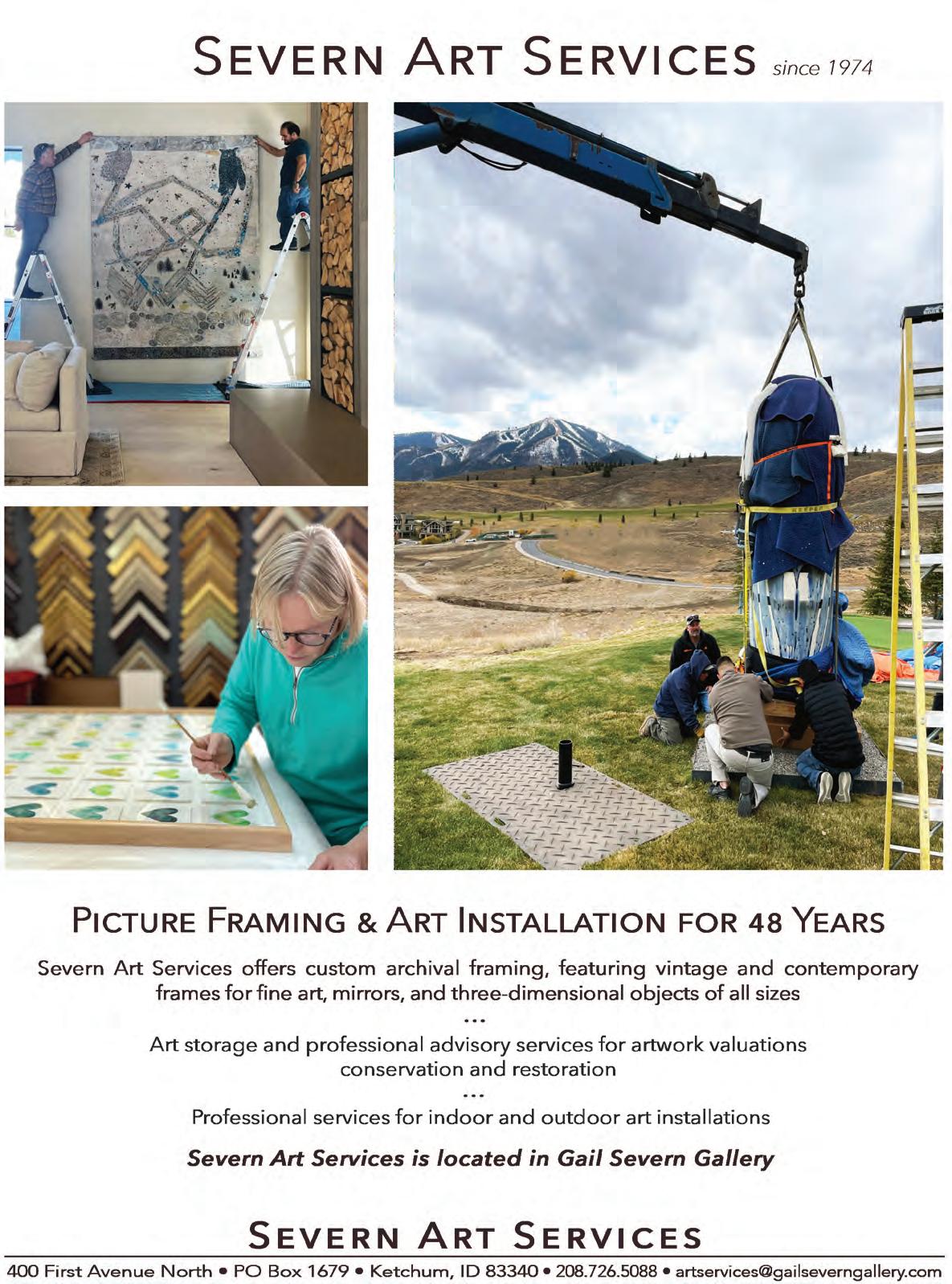
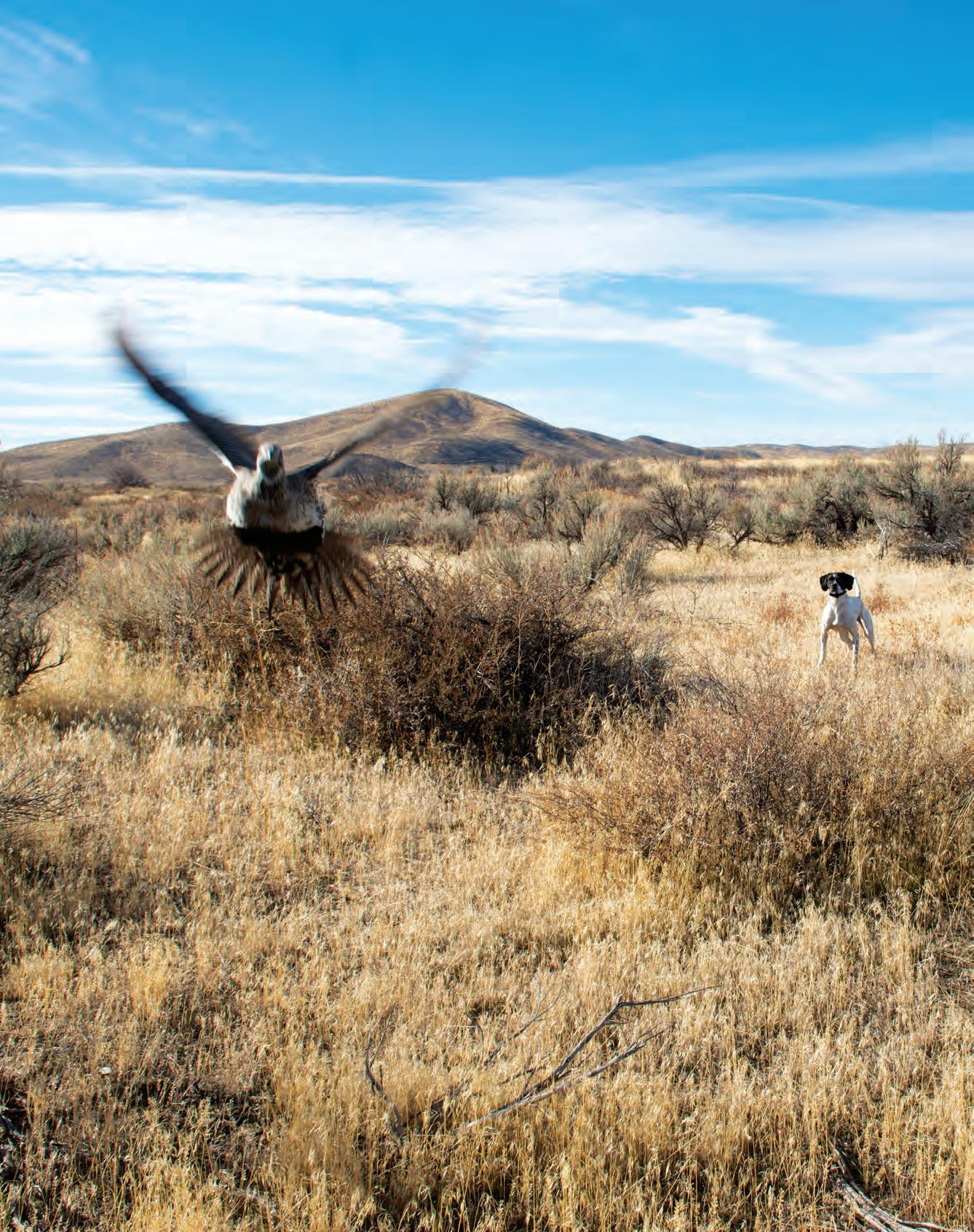
‘‘
No man can be condemned for owning a dog. As long as he has a dog, he has a friend; and the poorer he gets, the better friend he has.”
—WILL ROGERS
